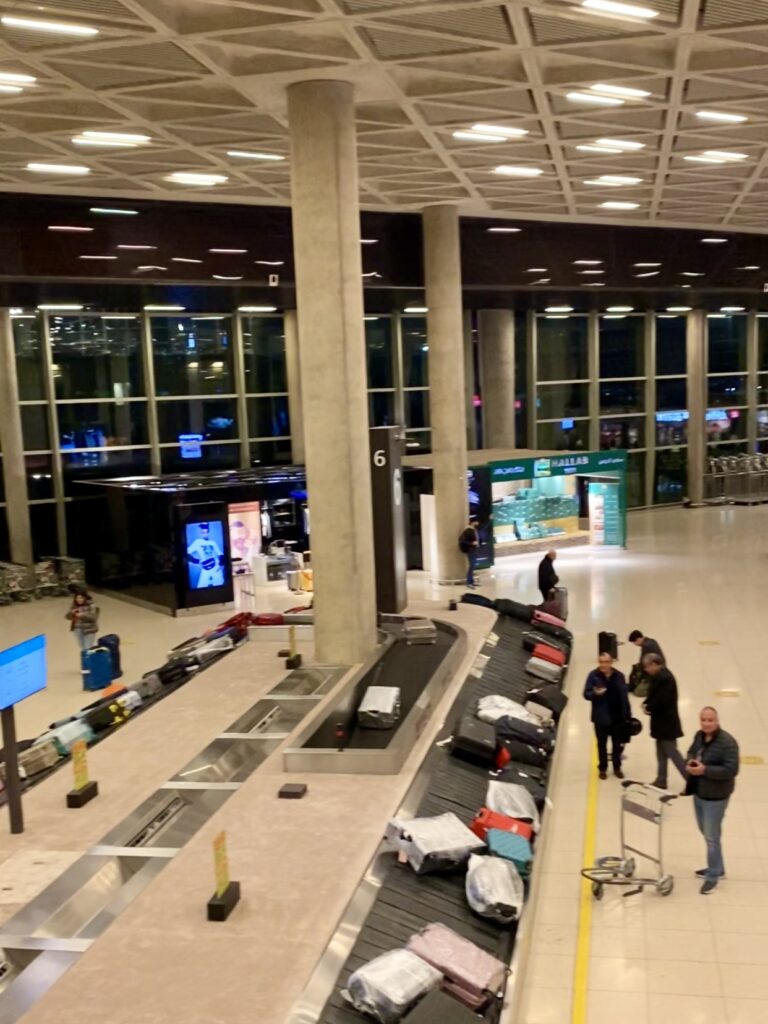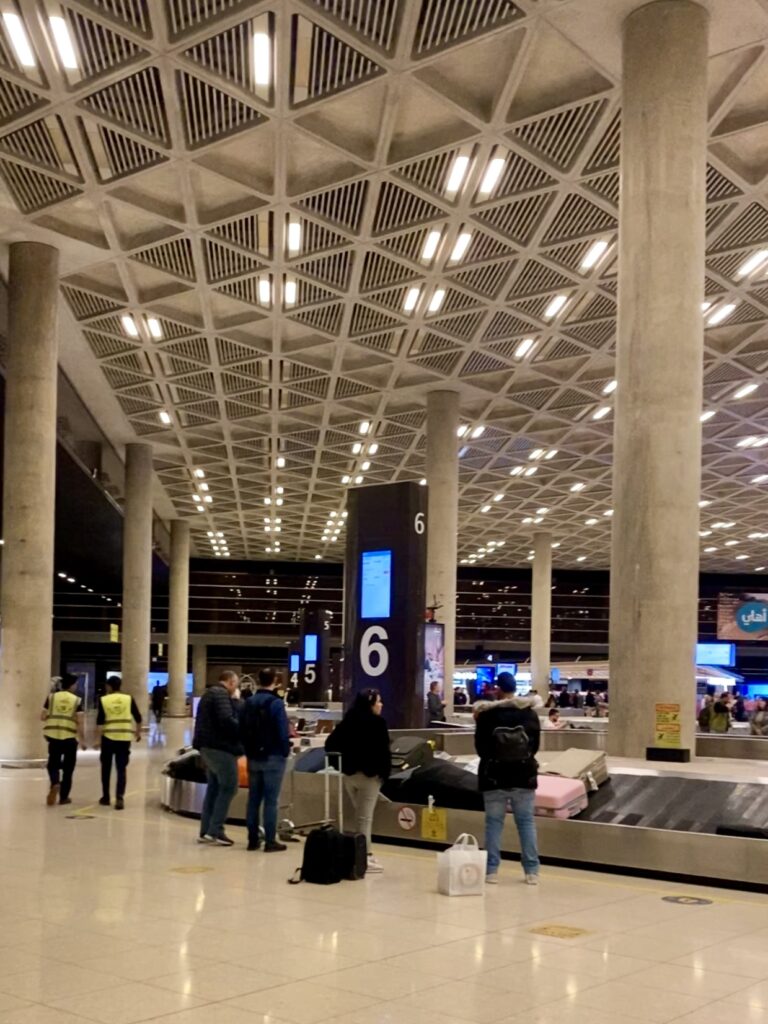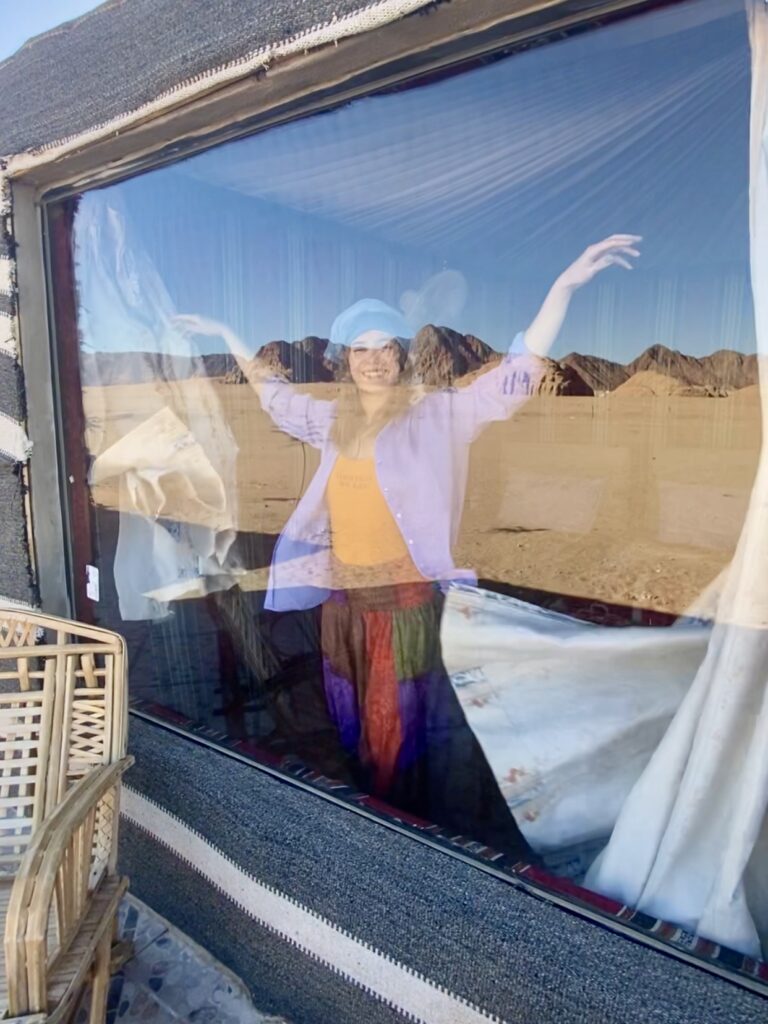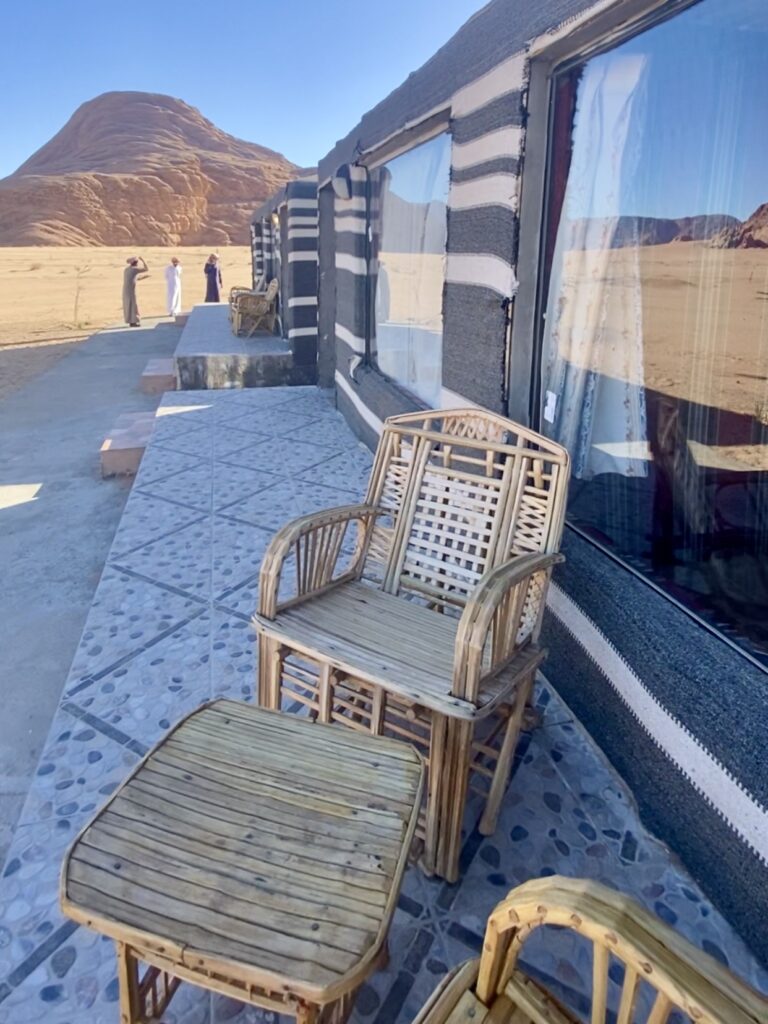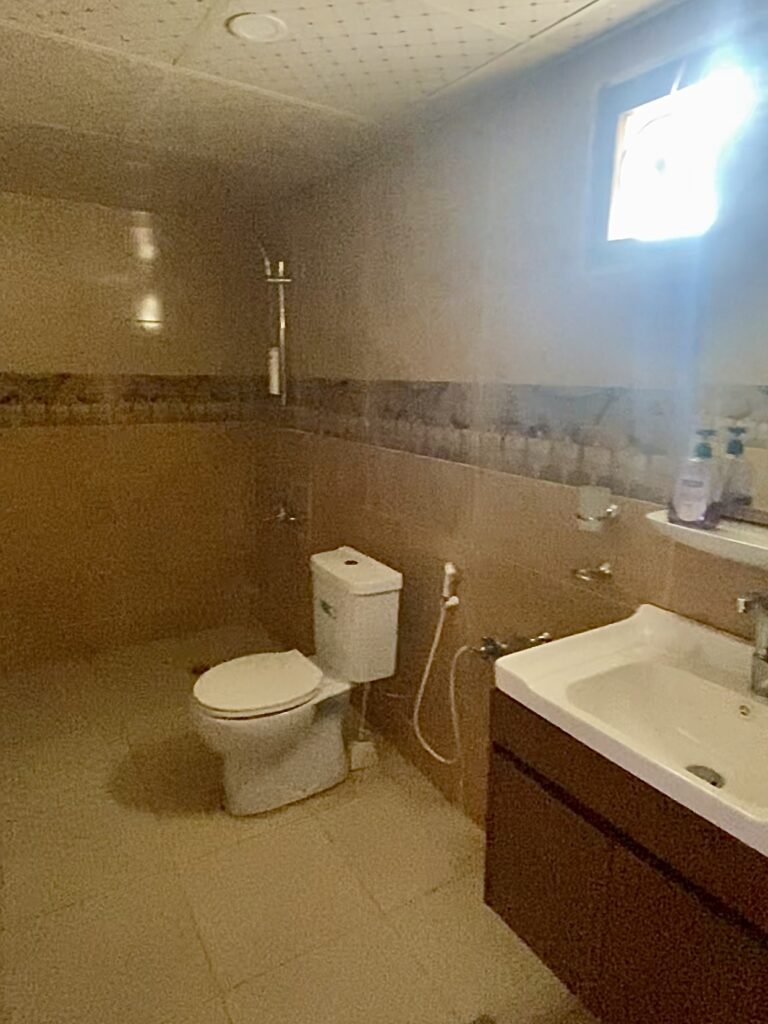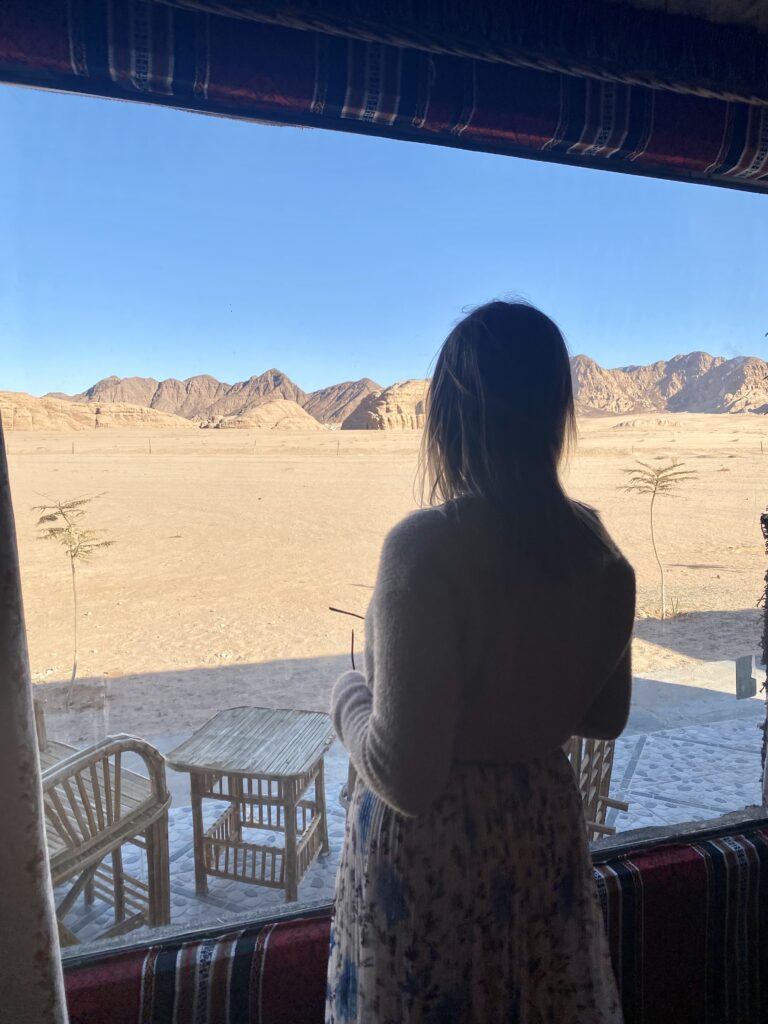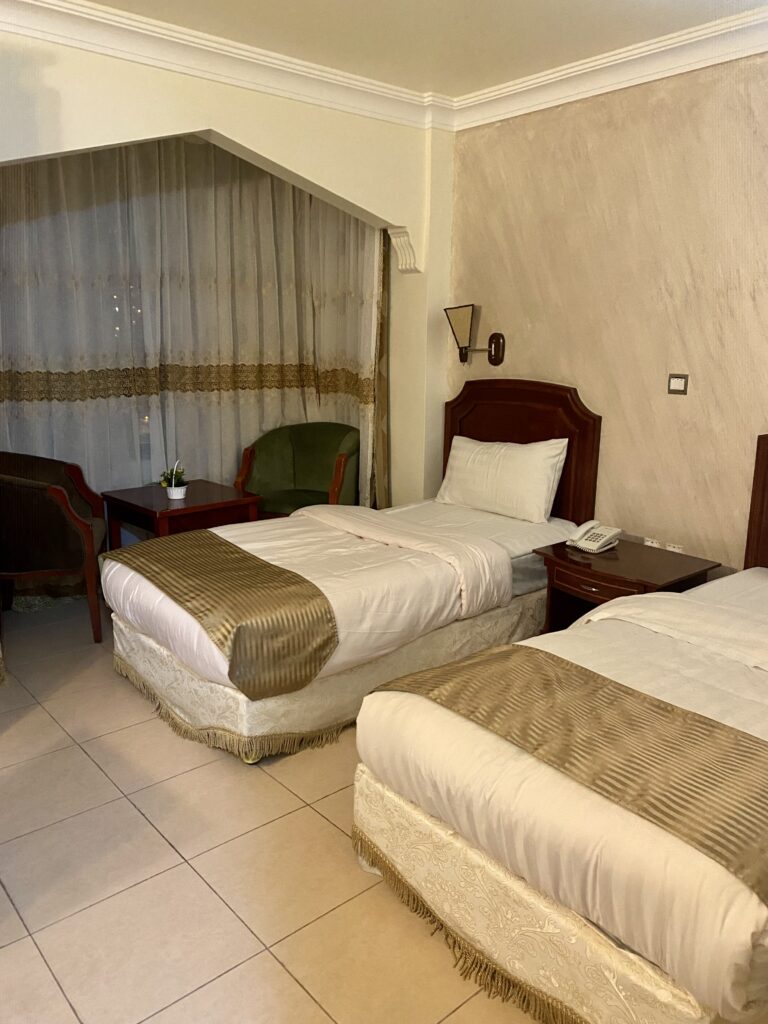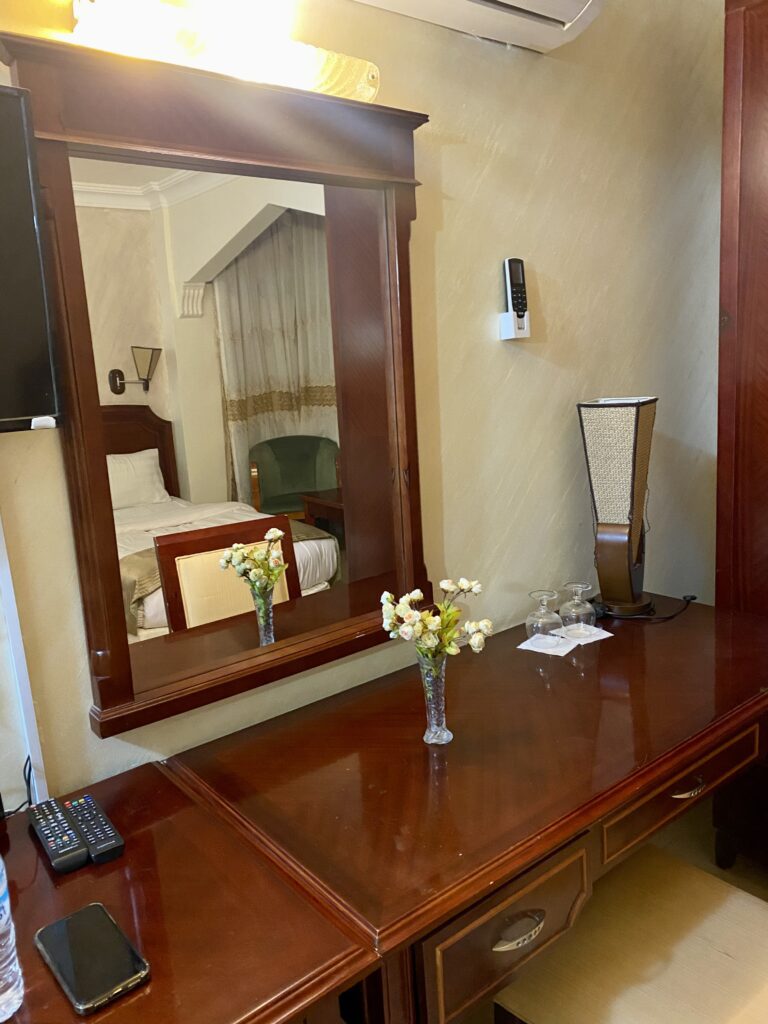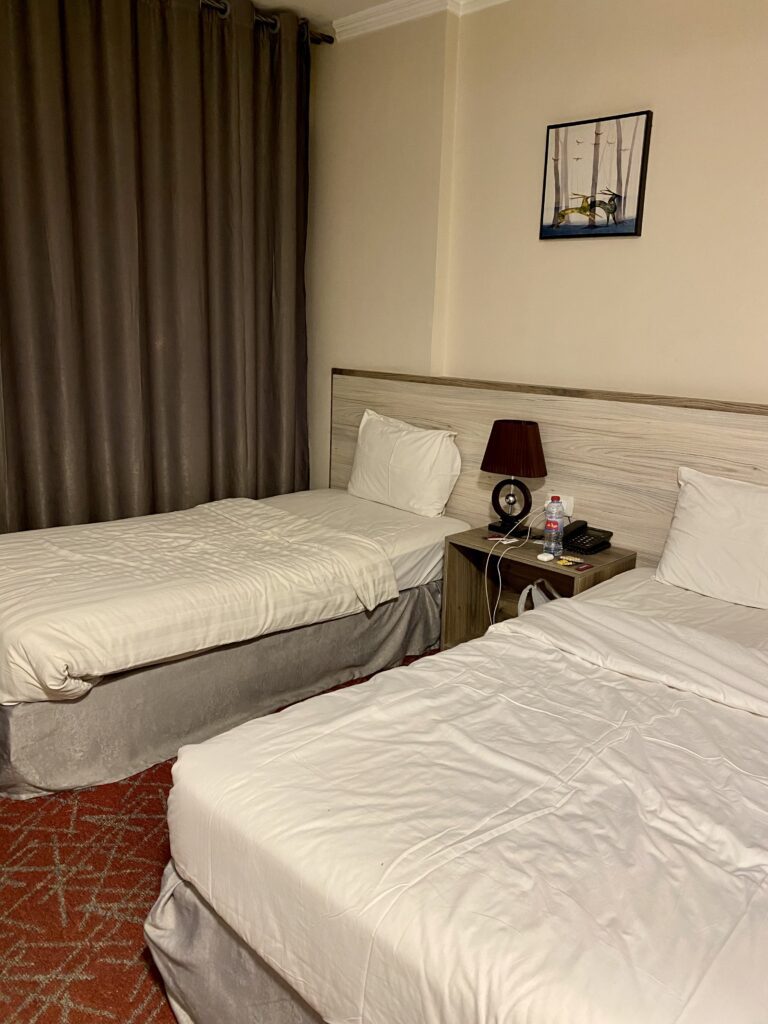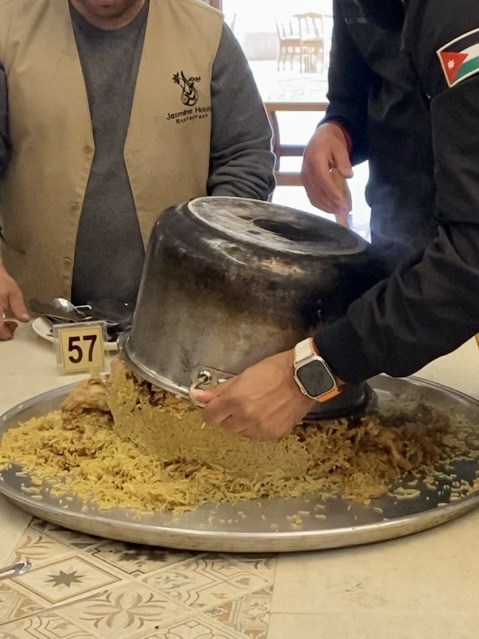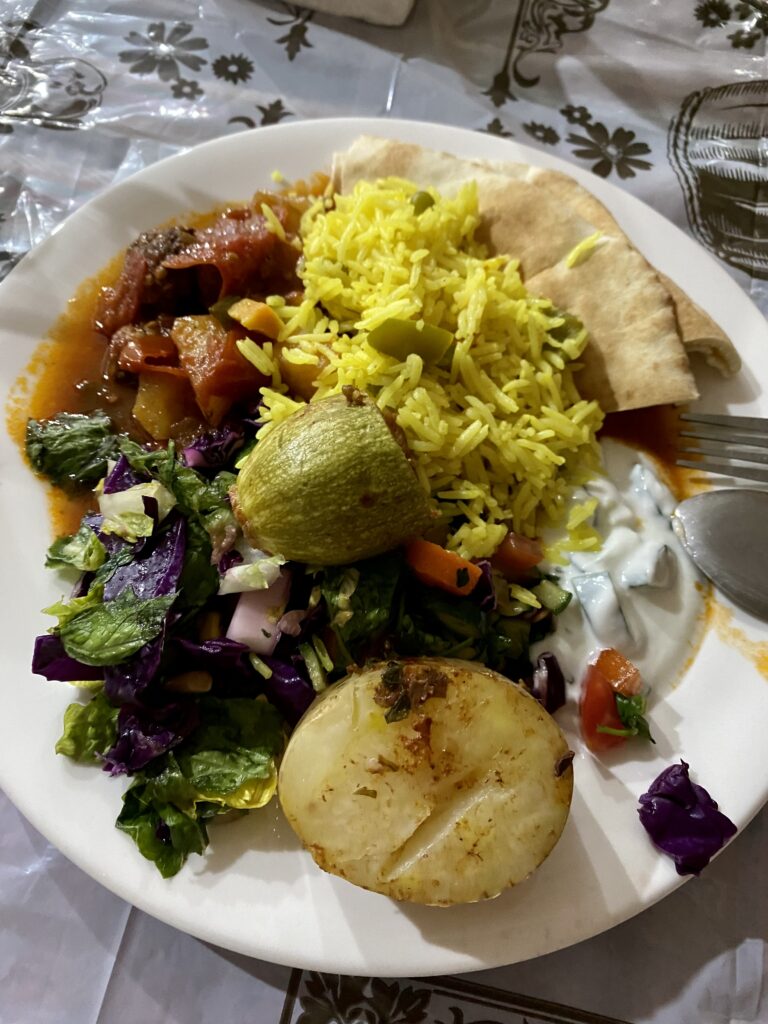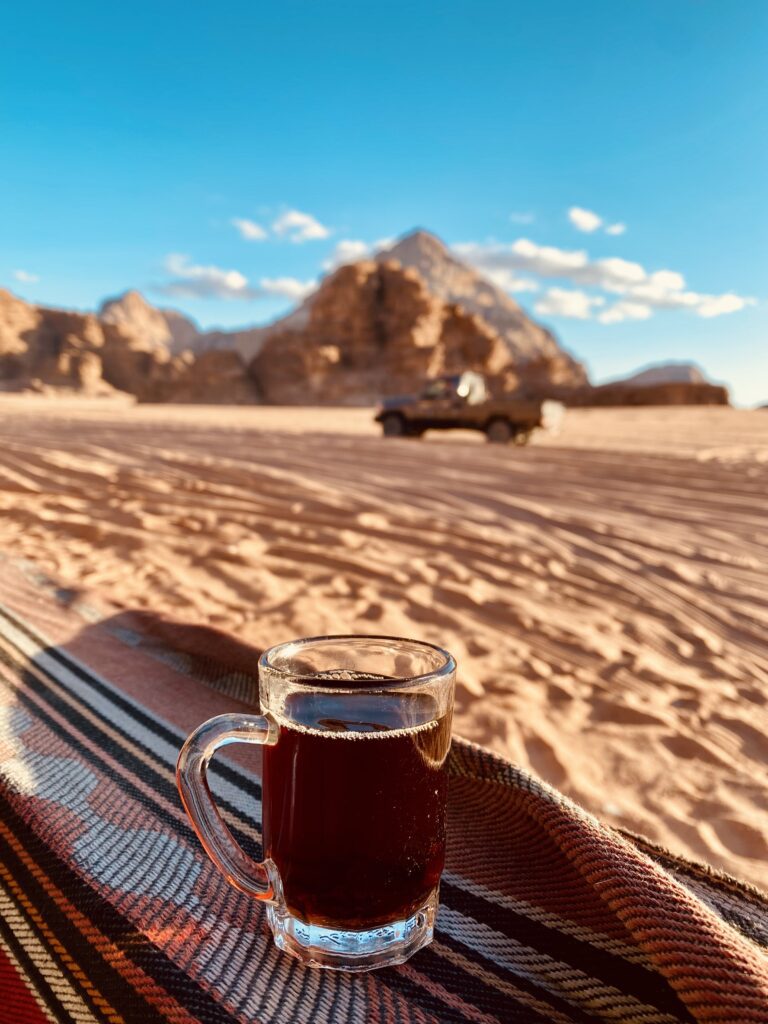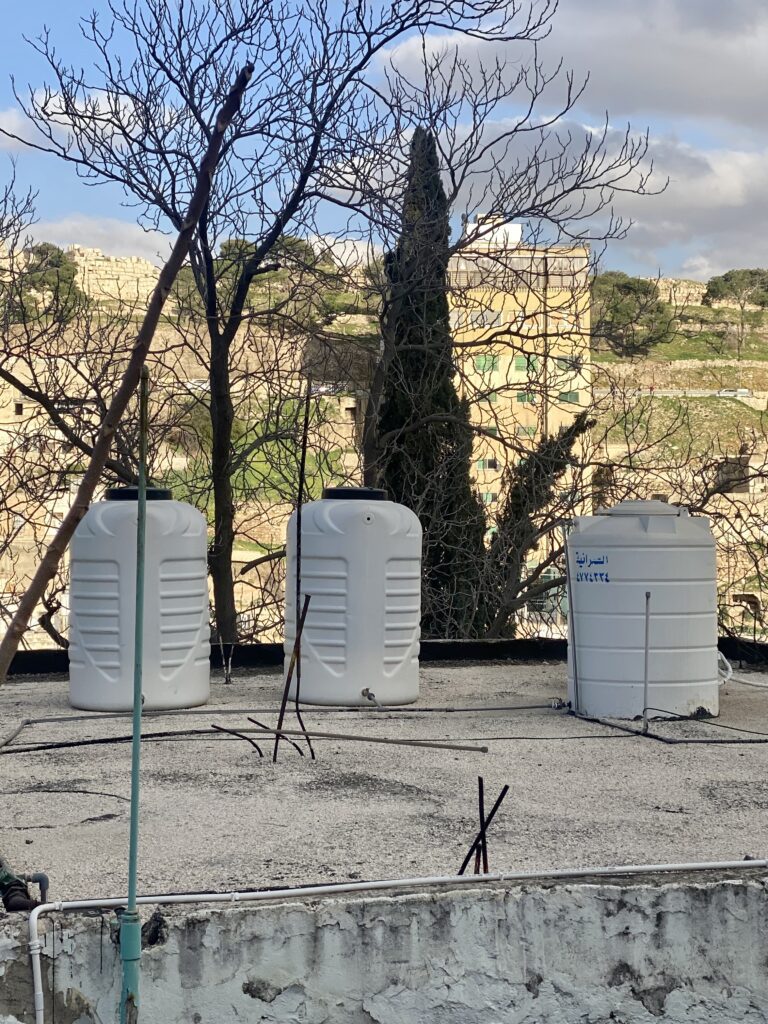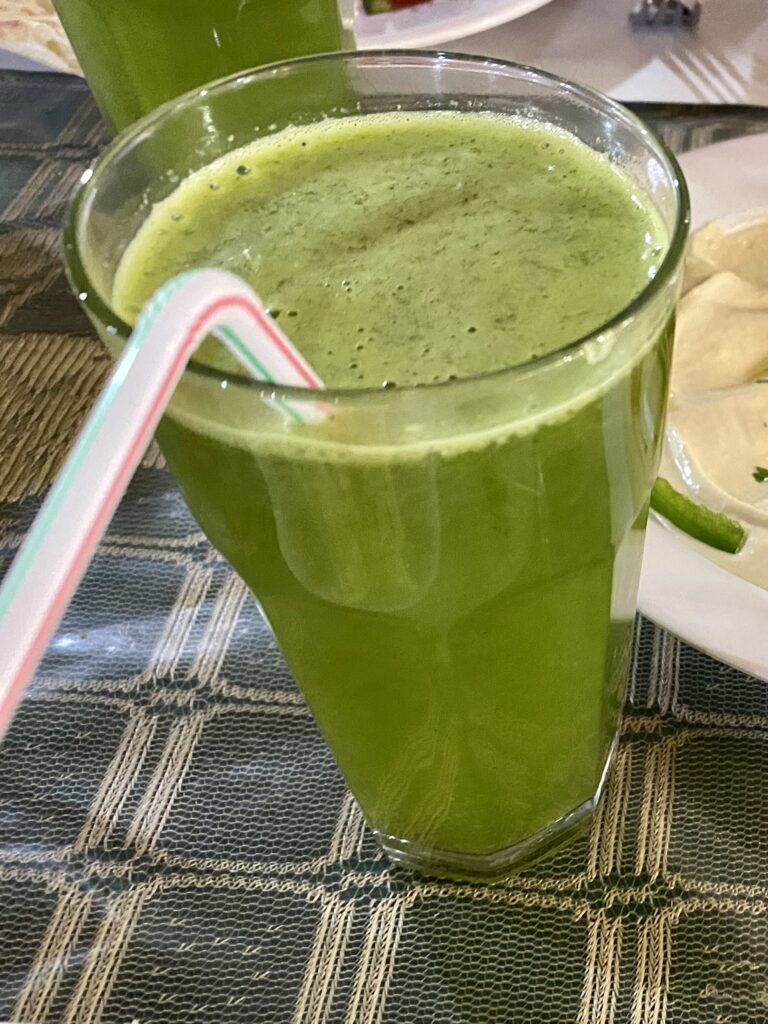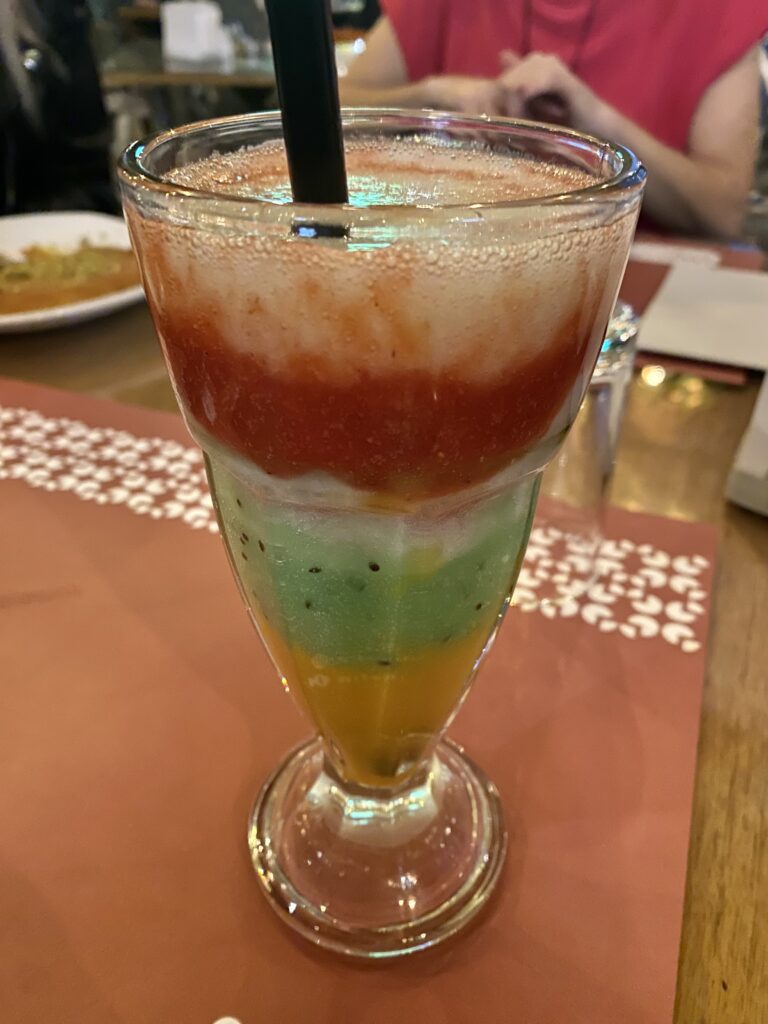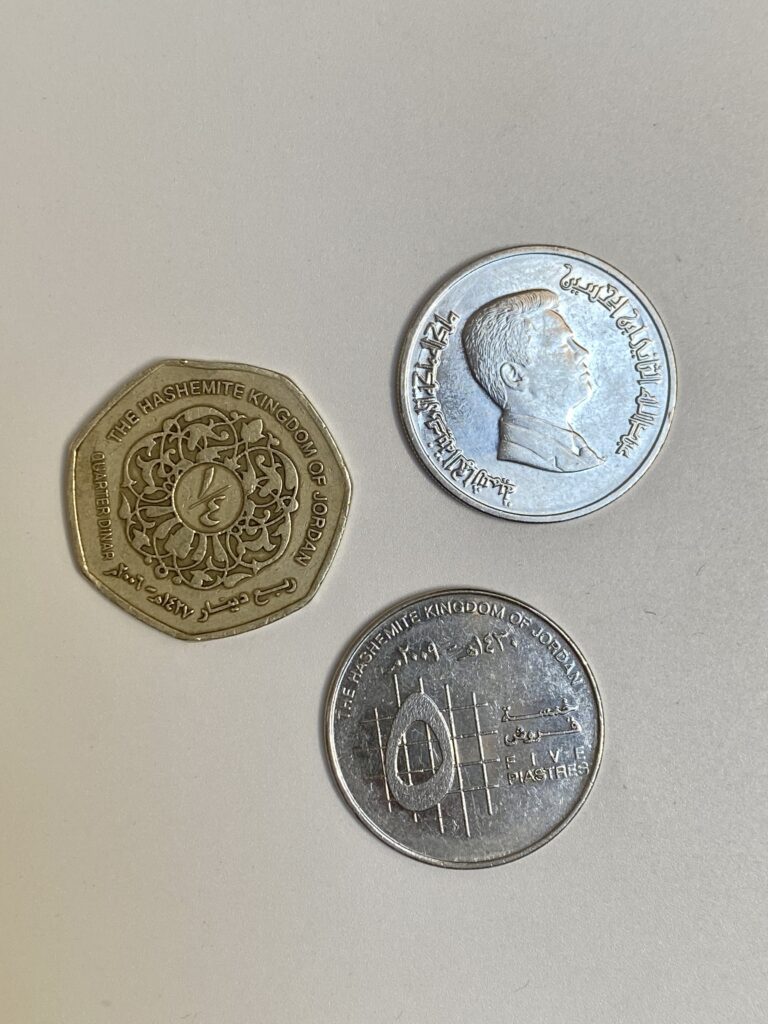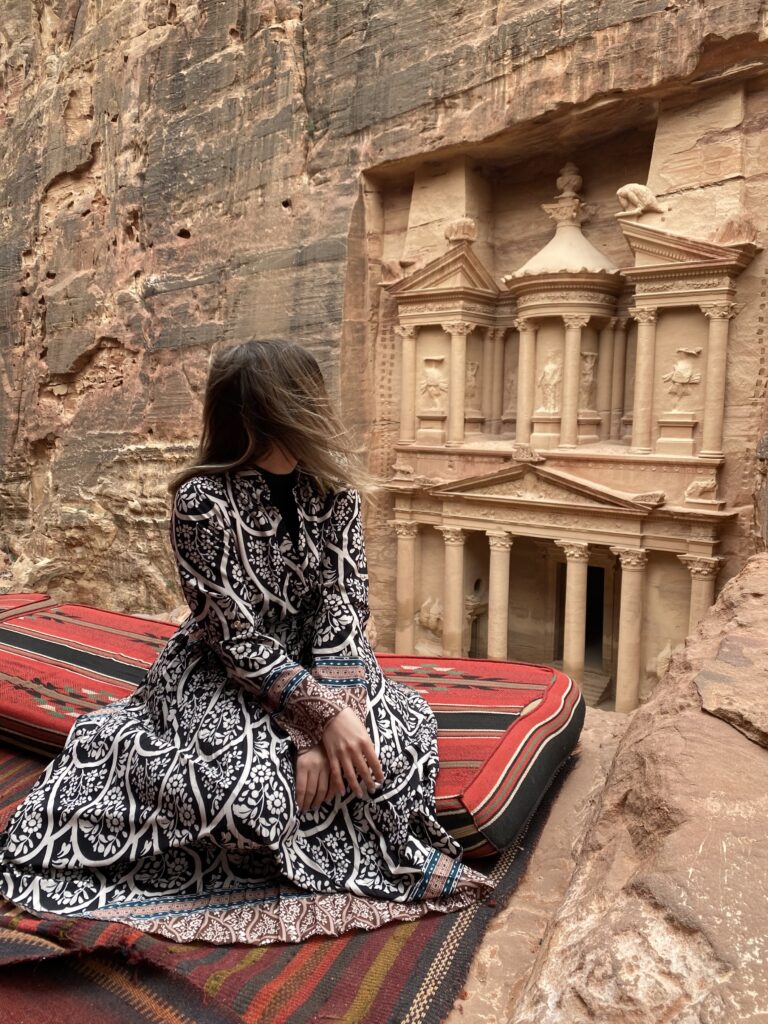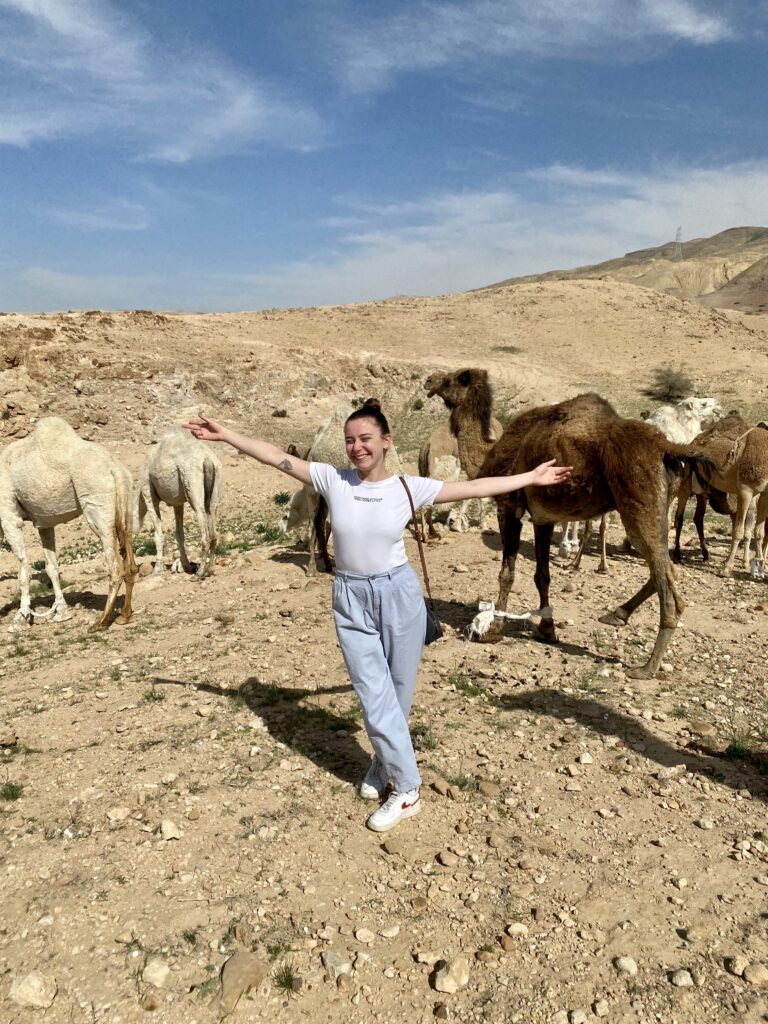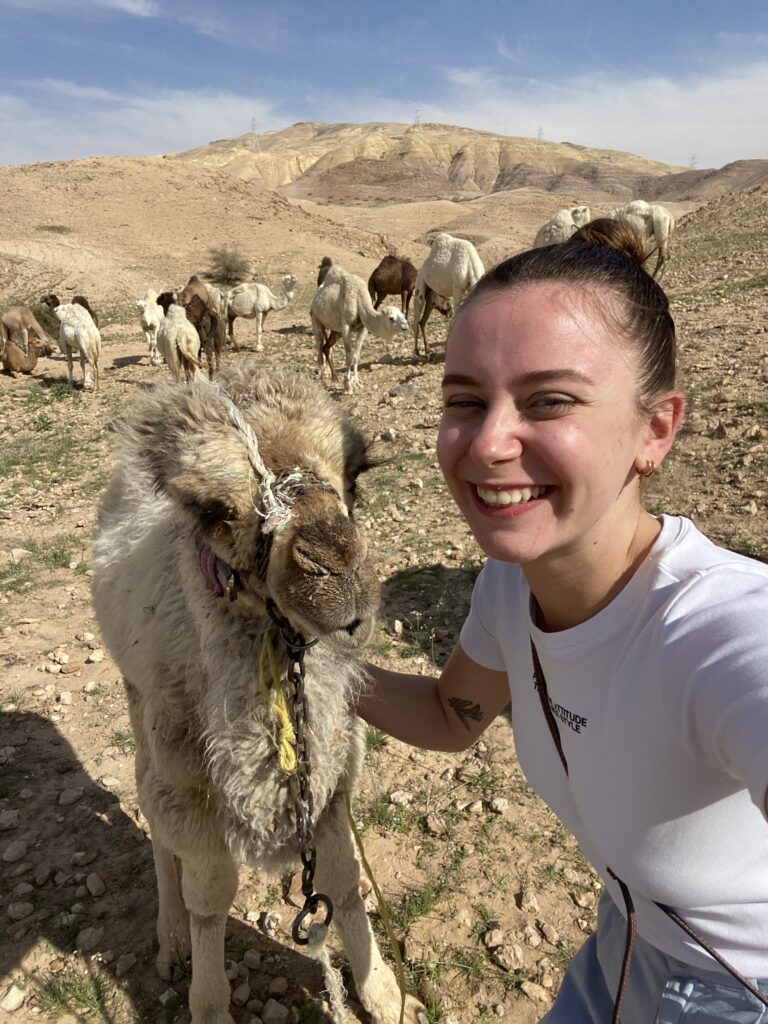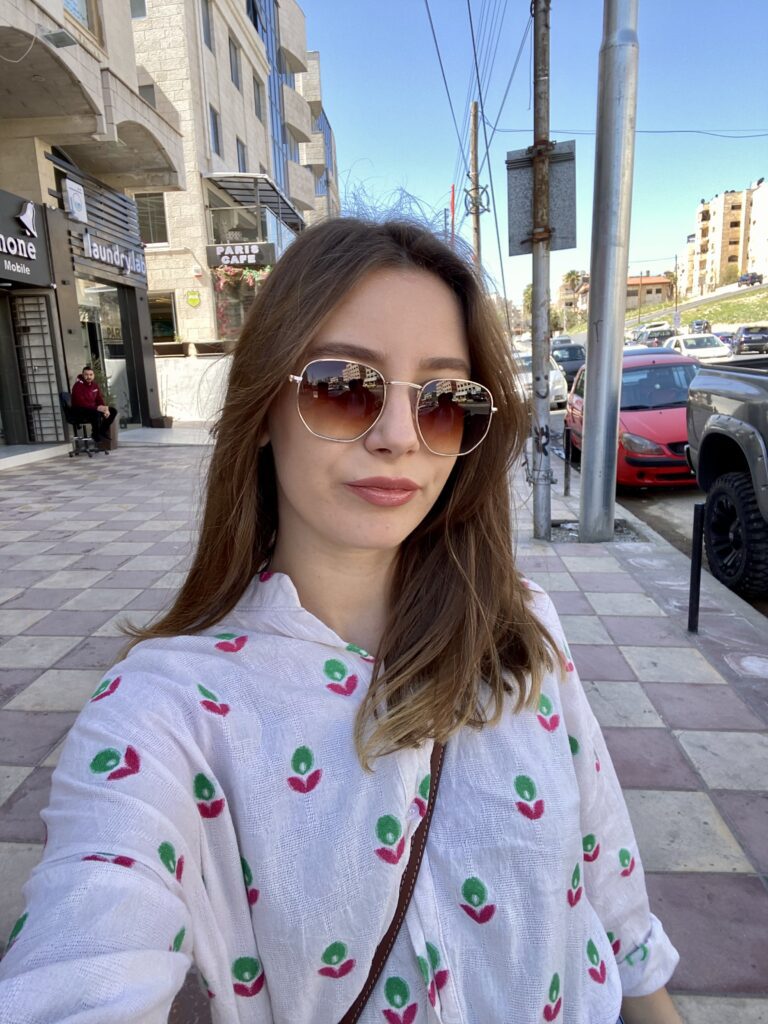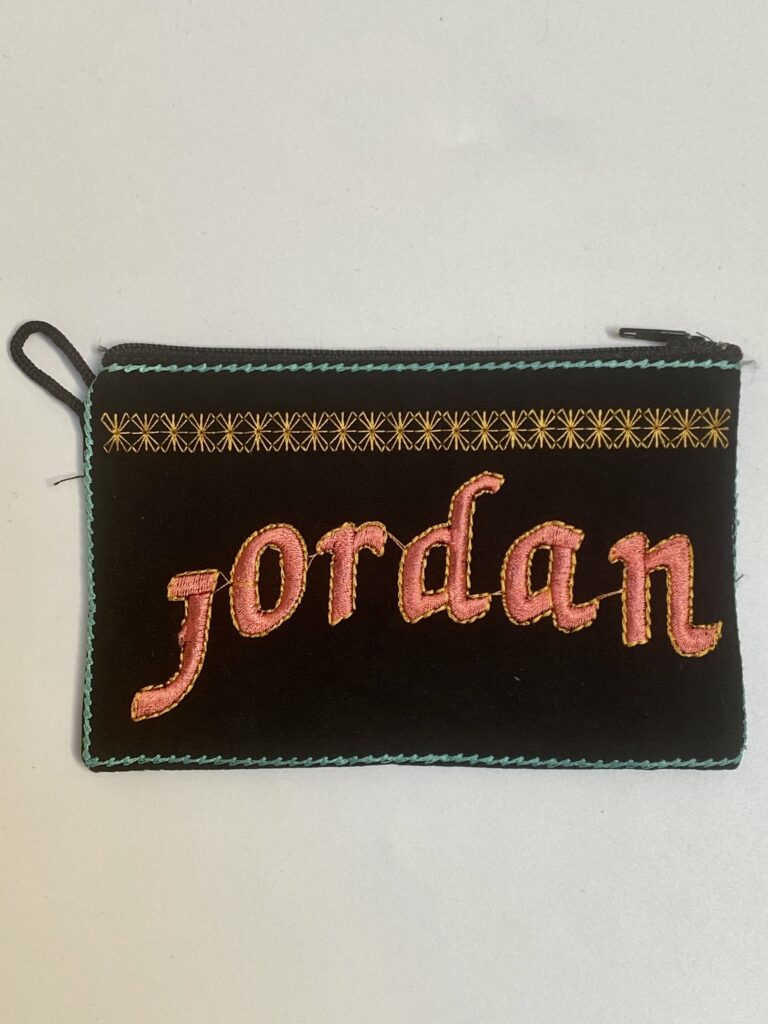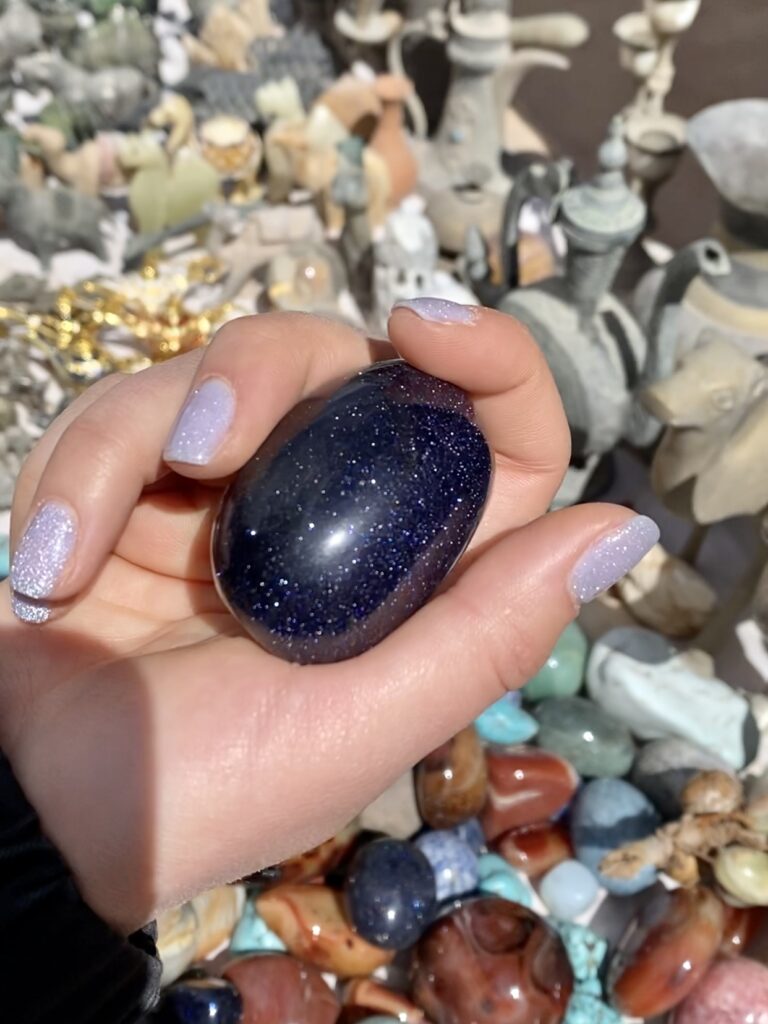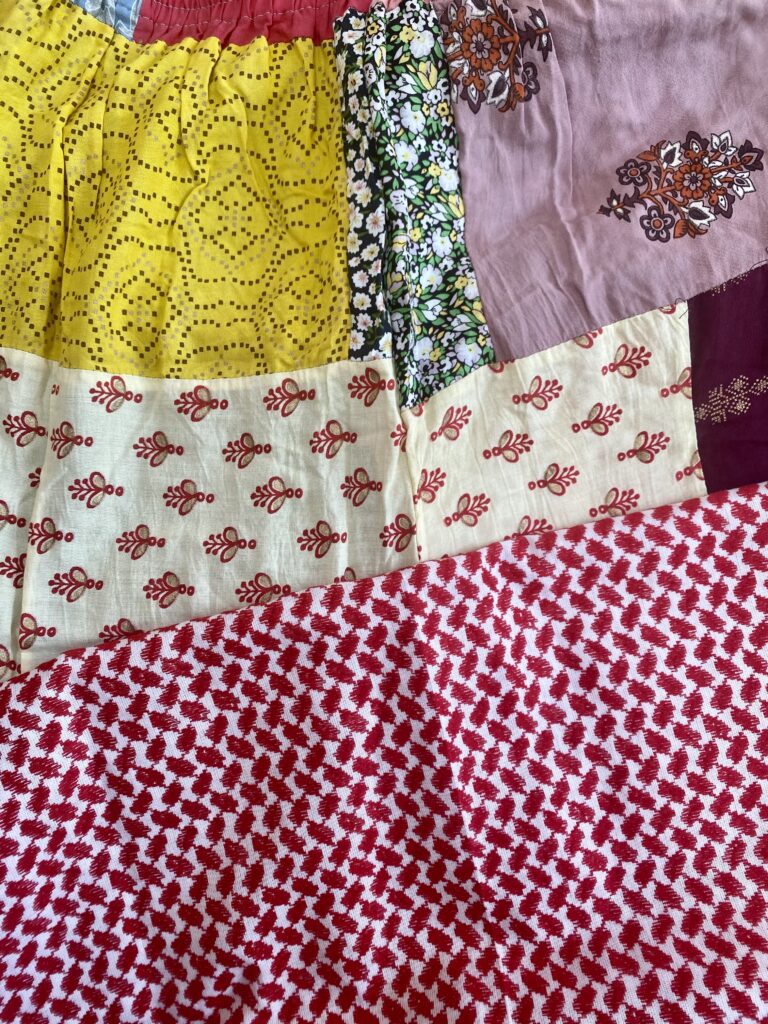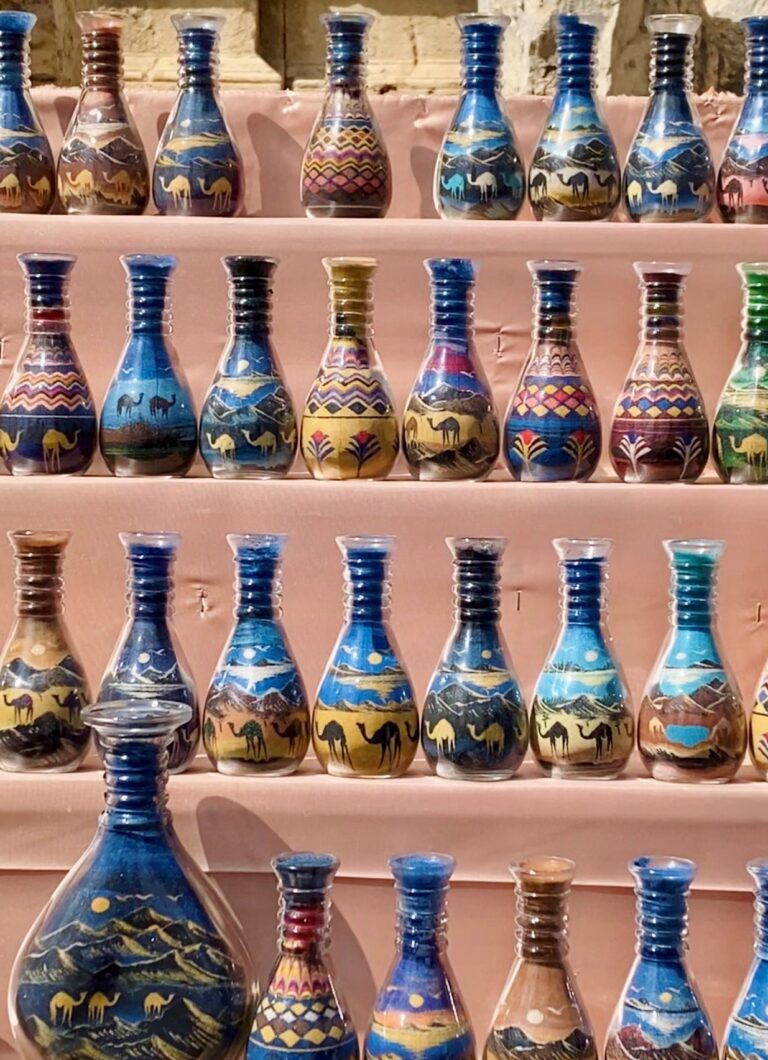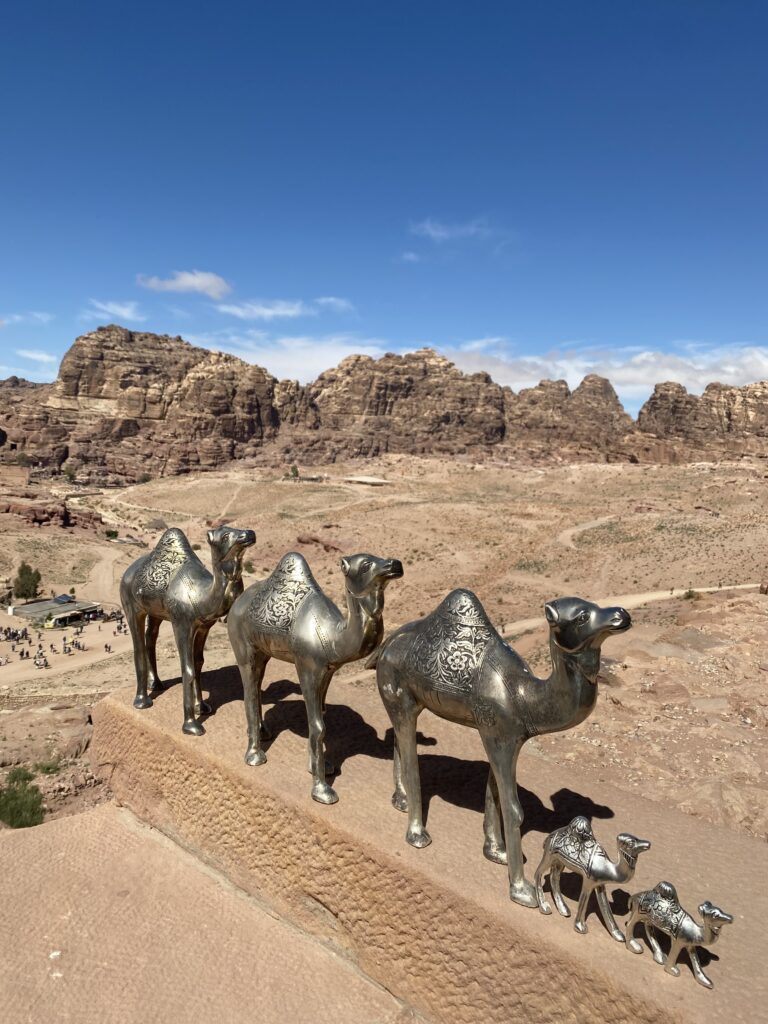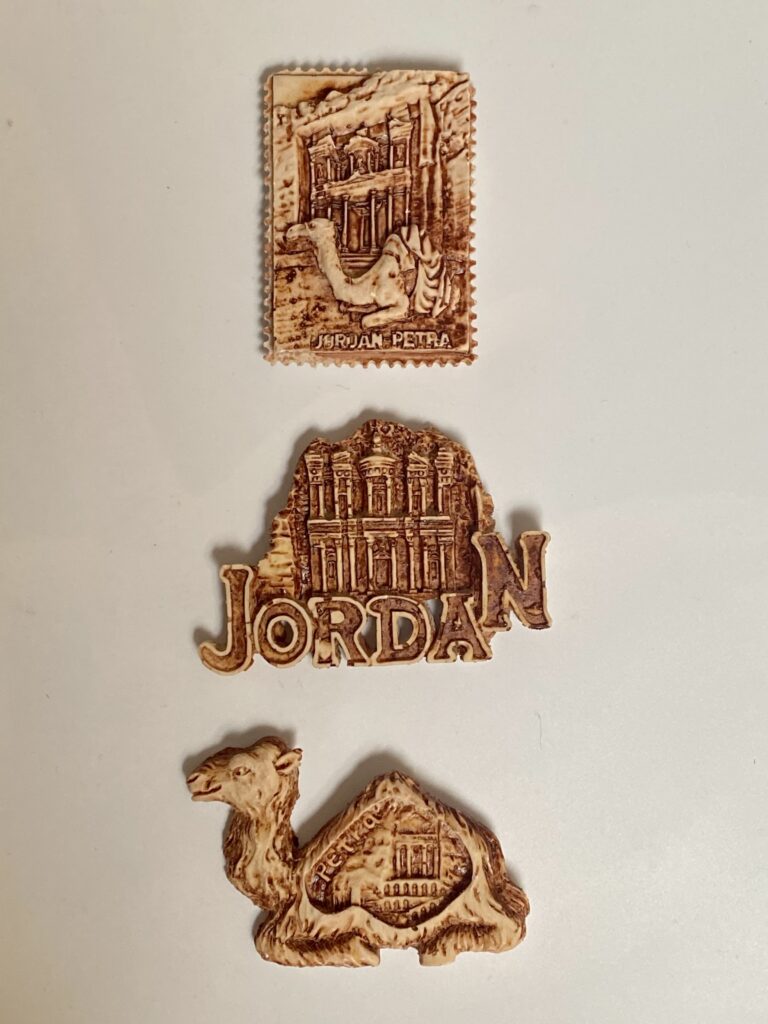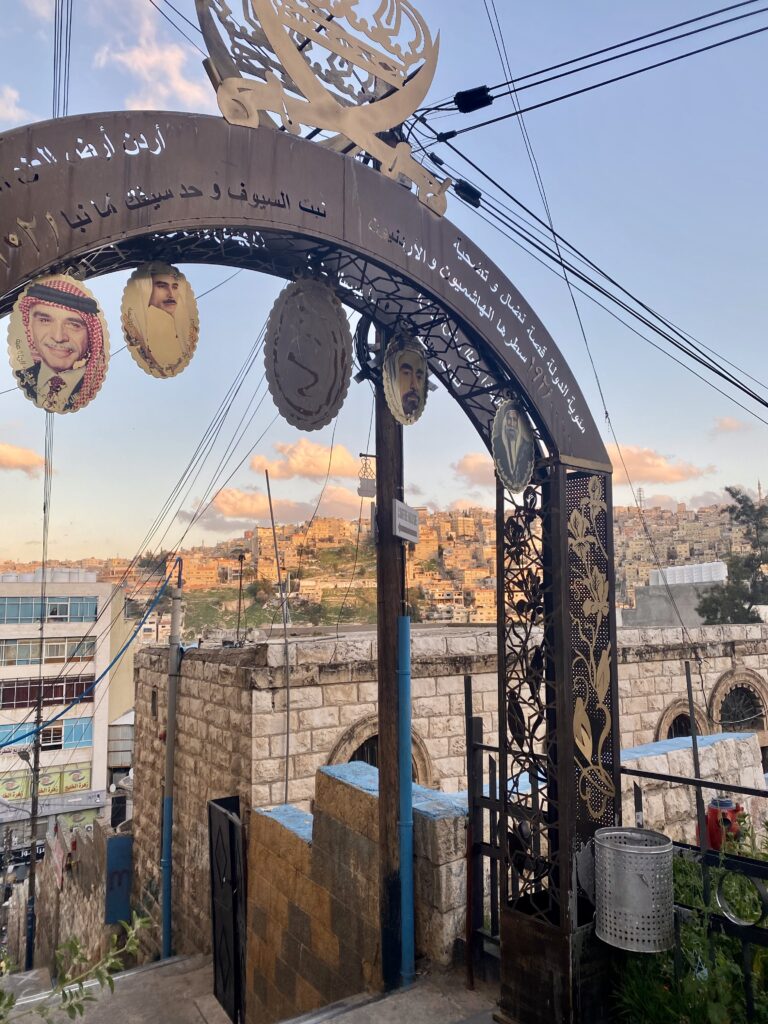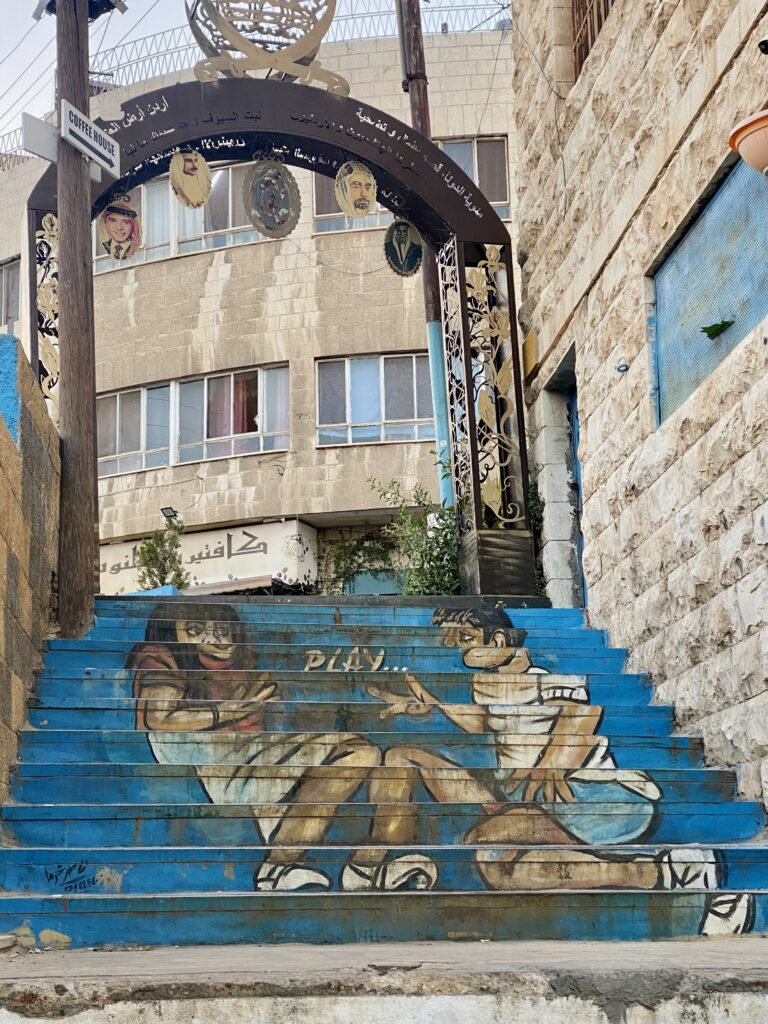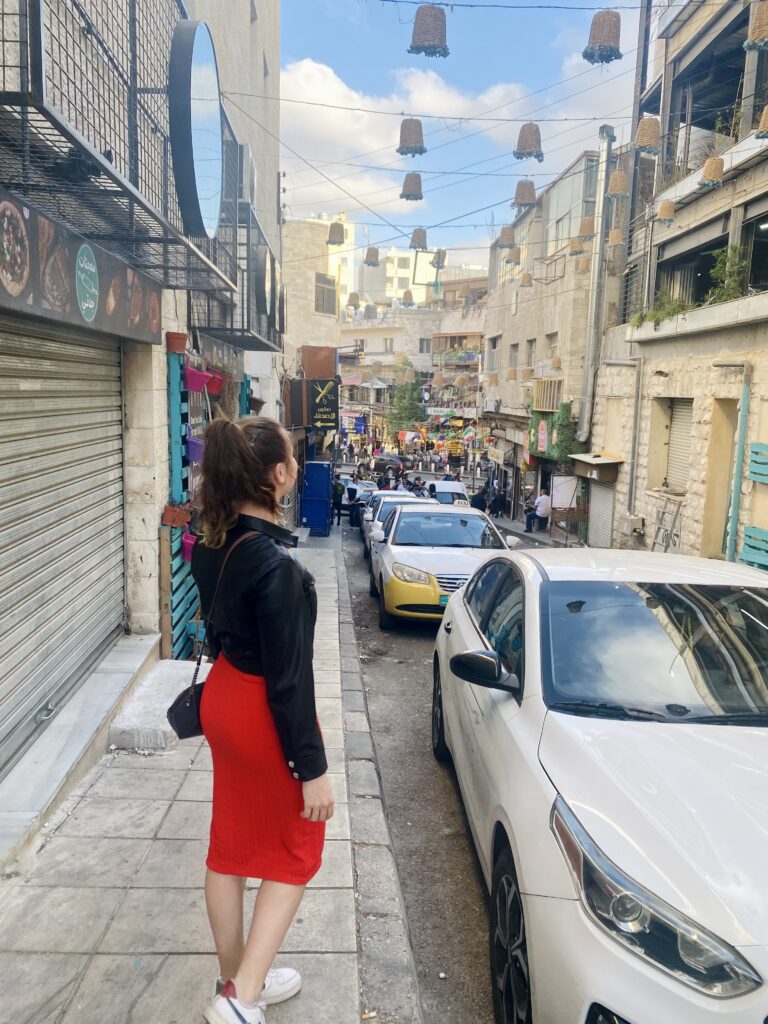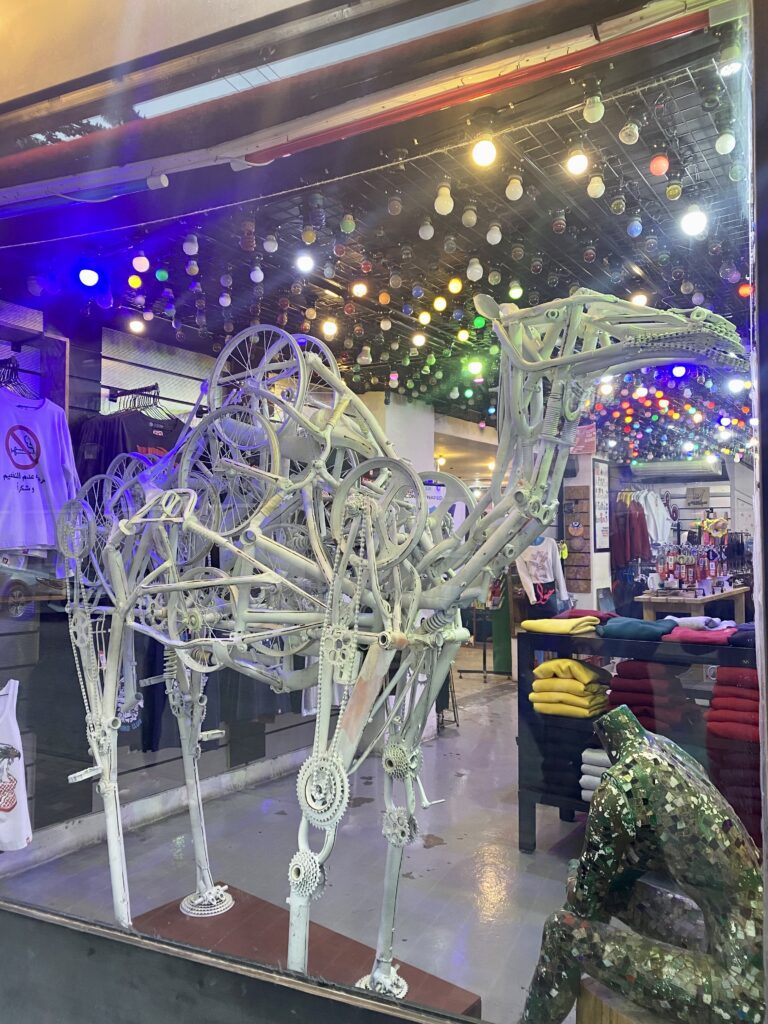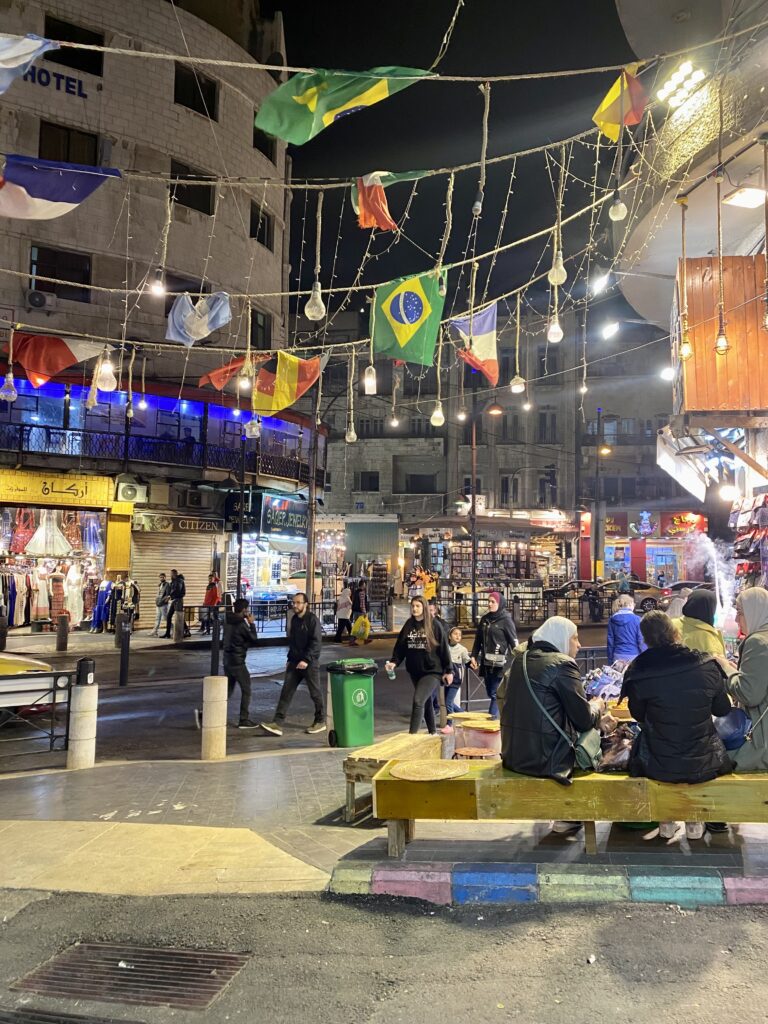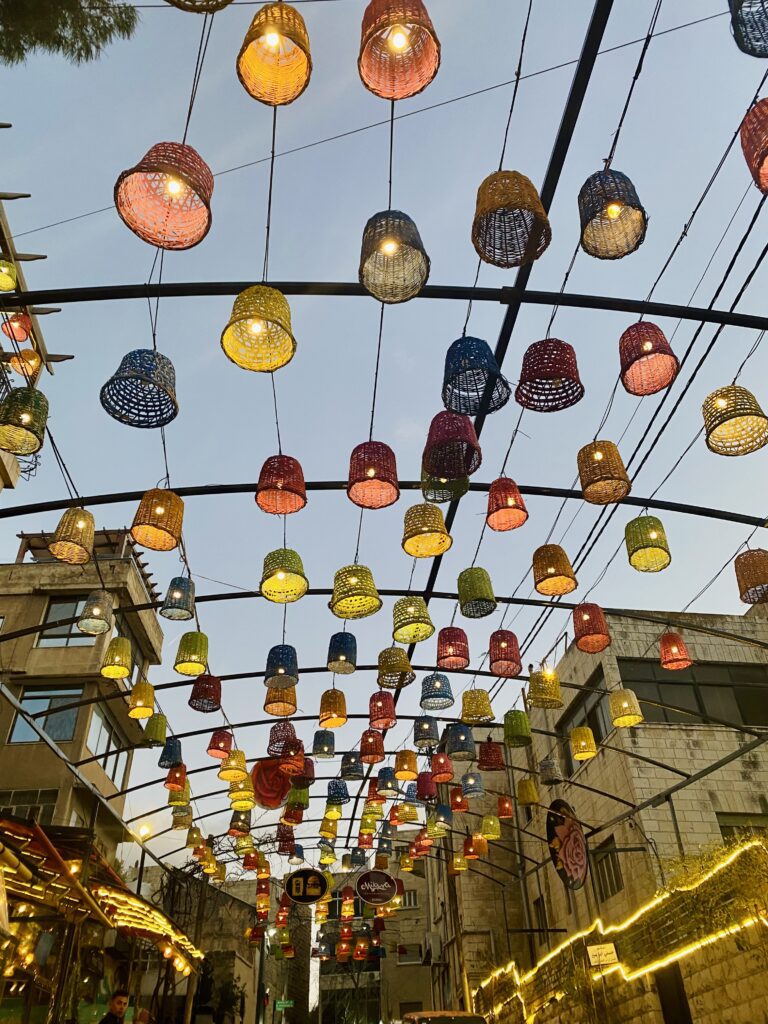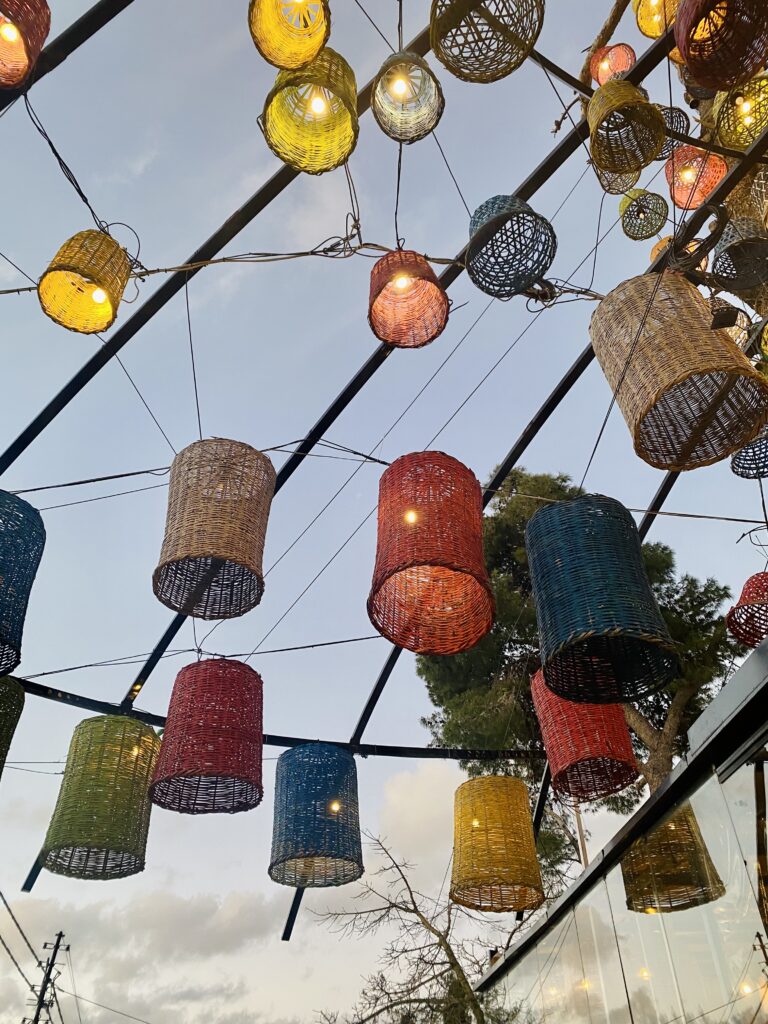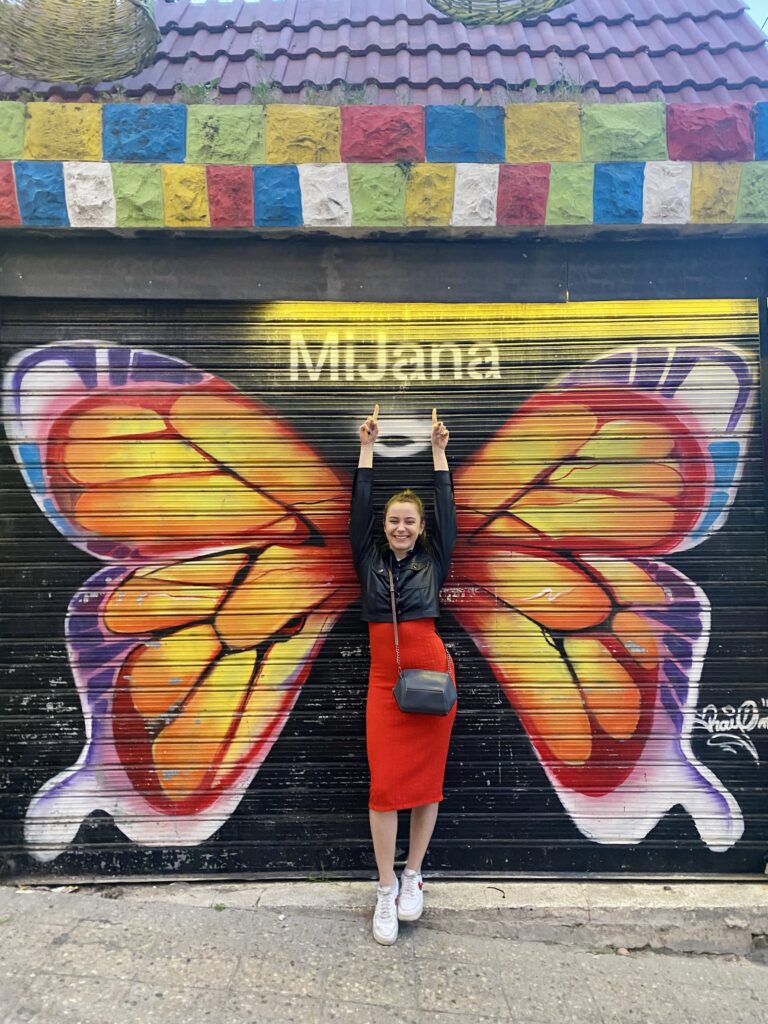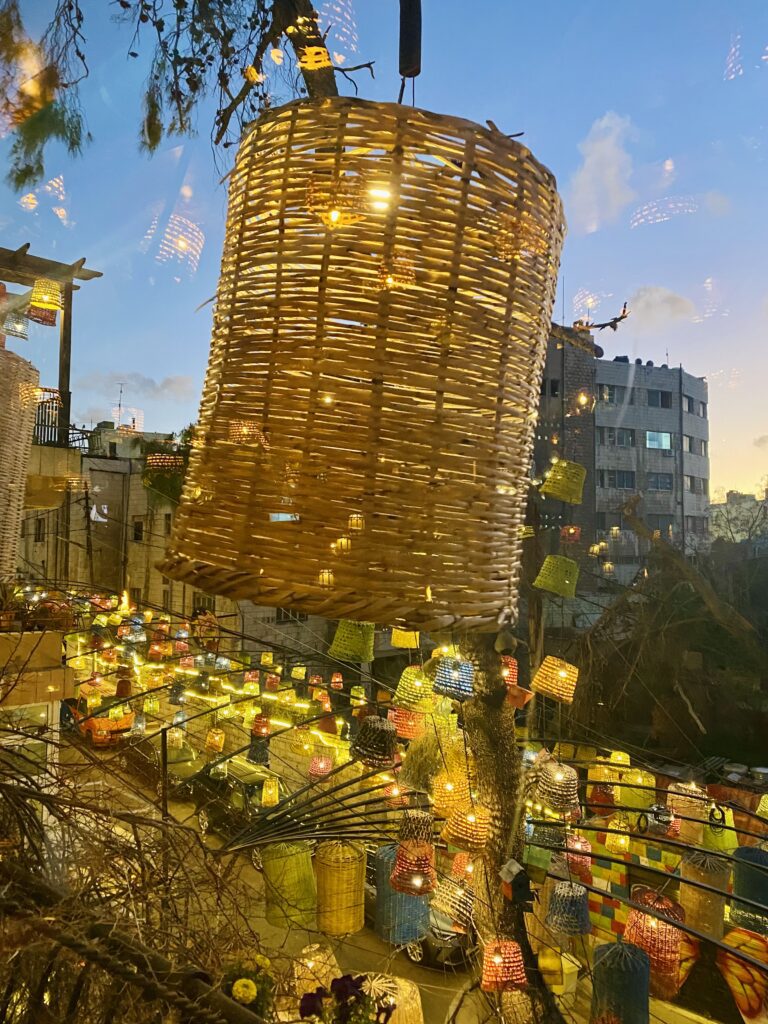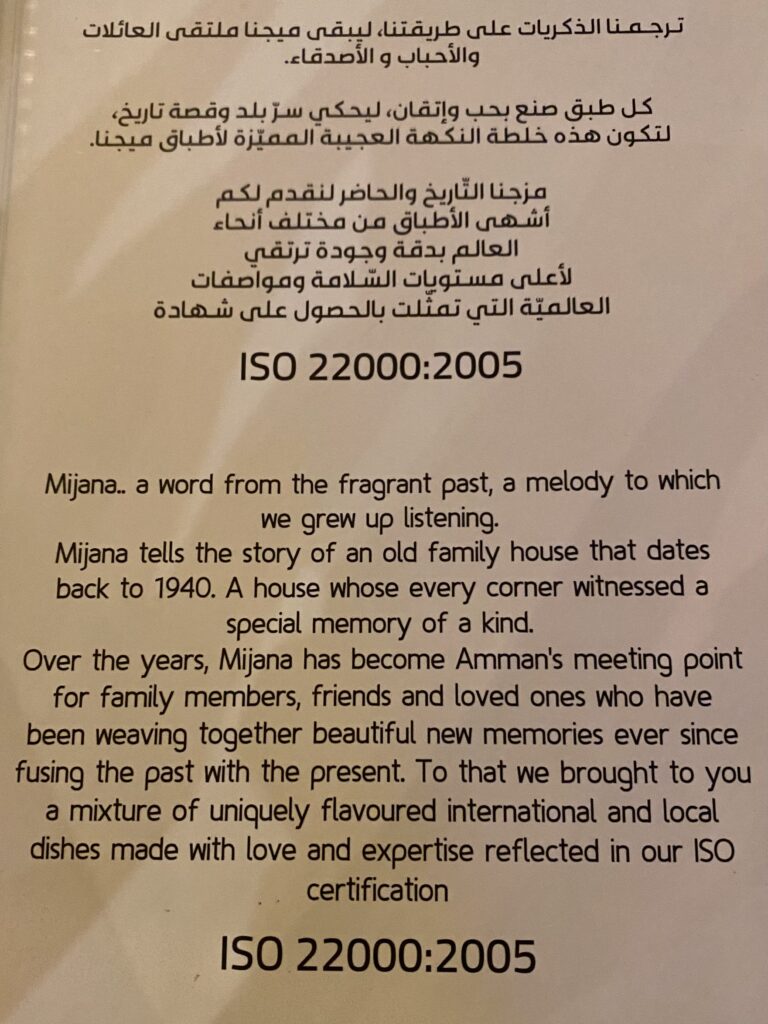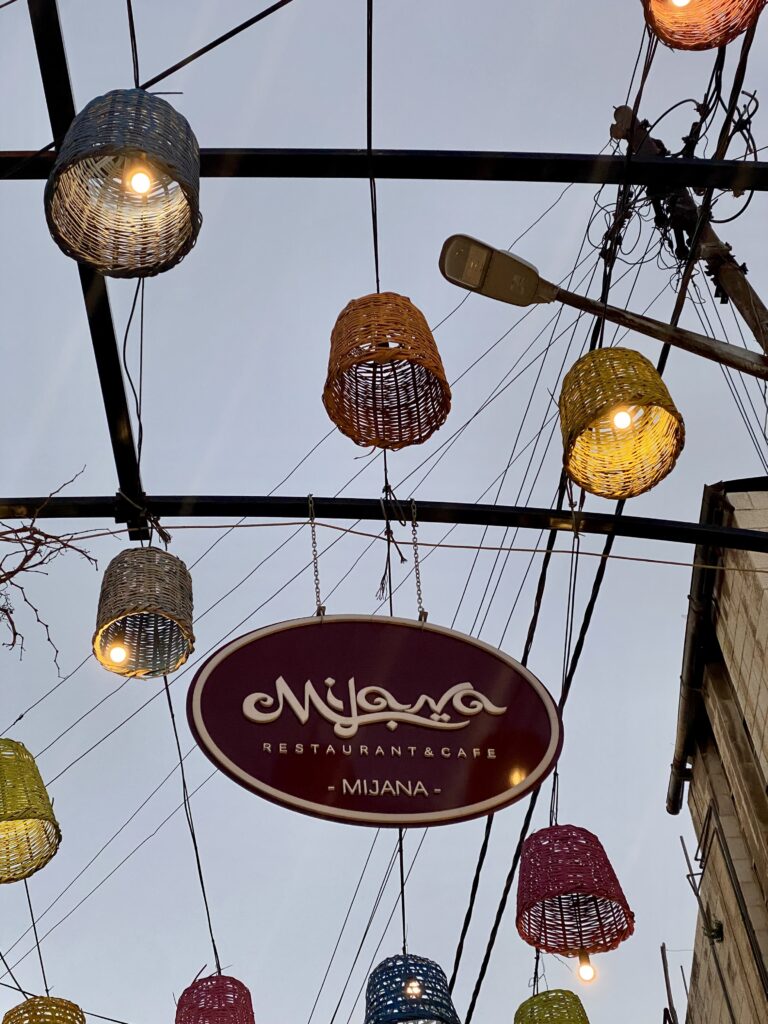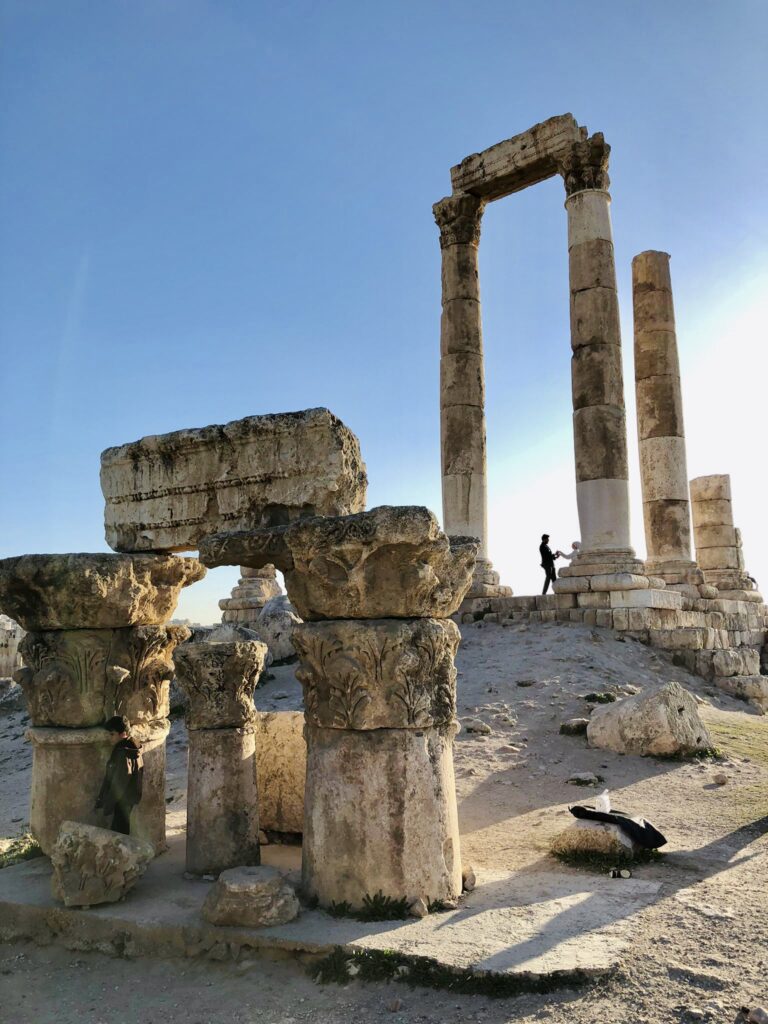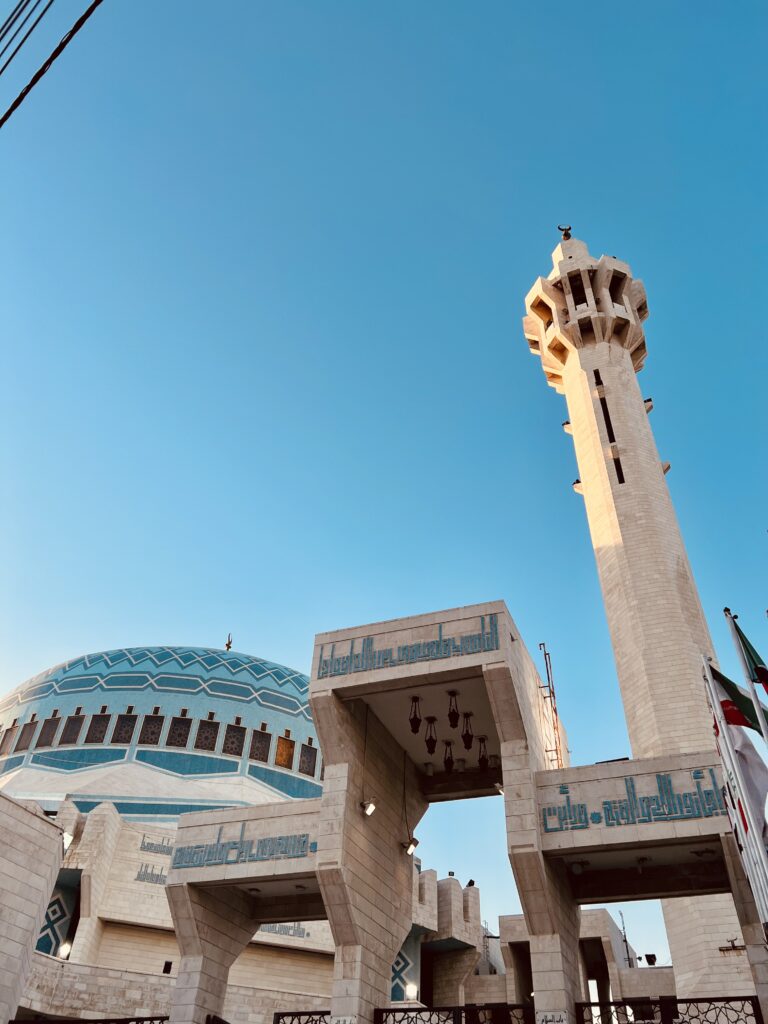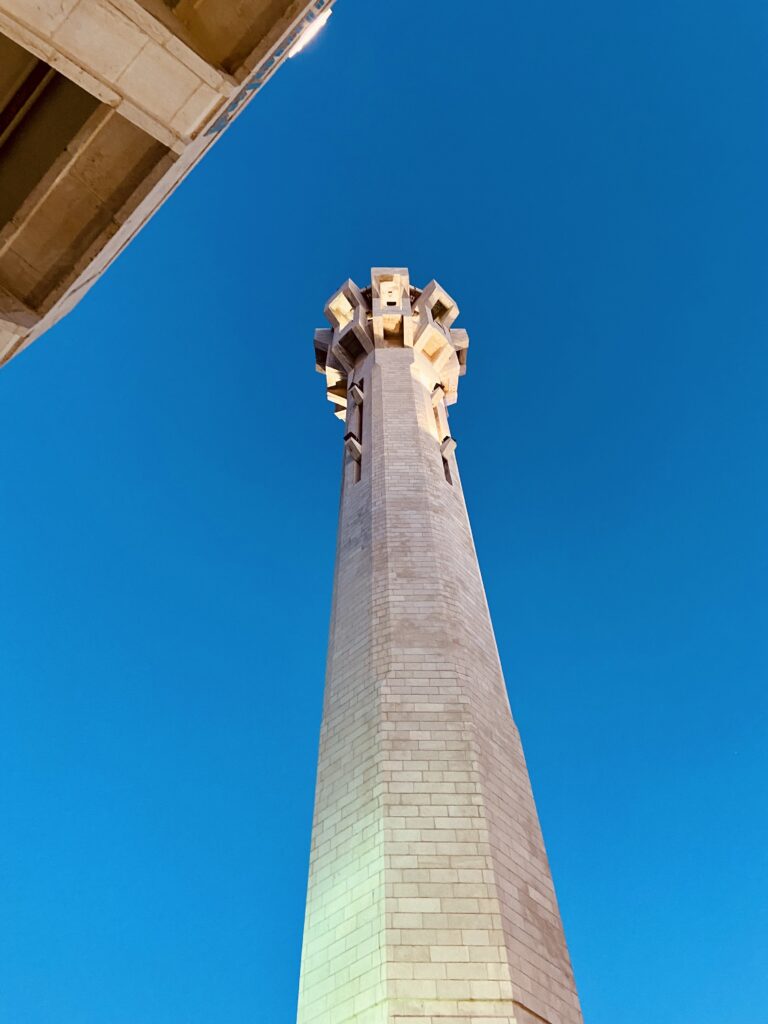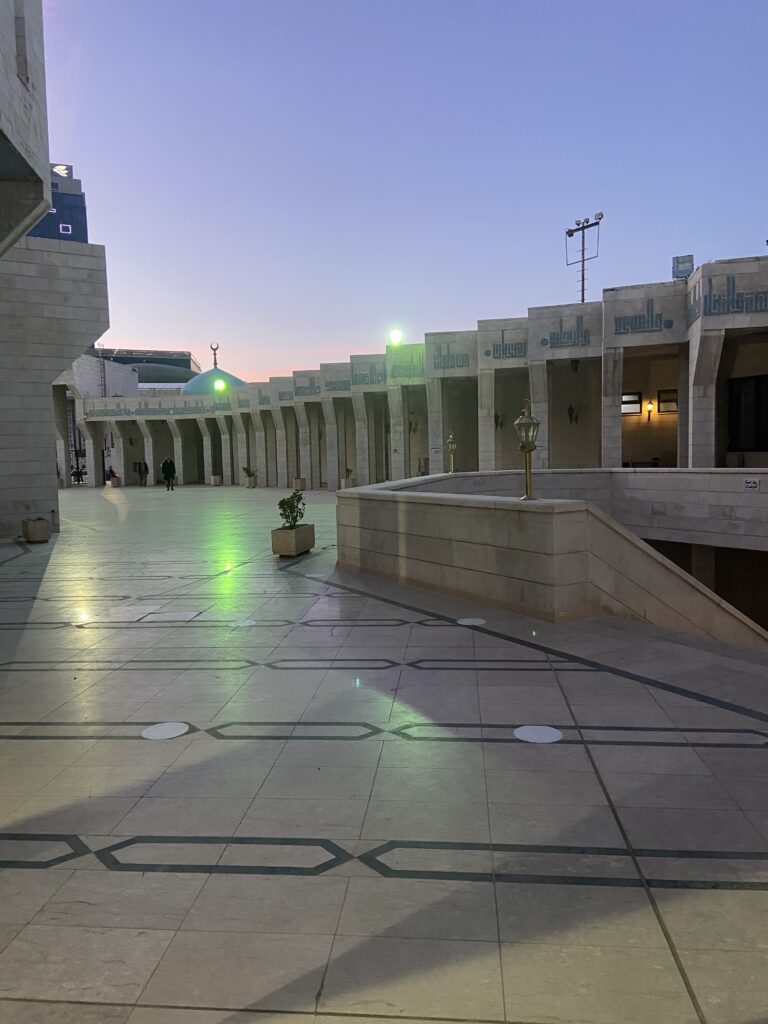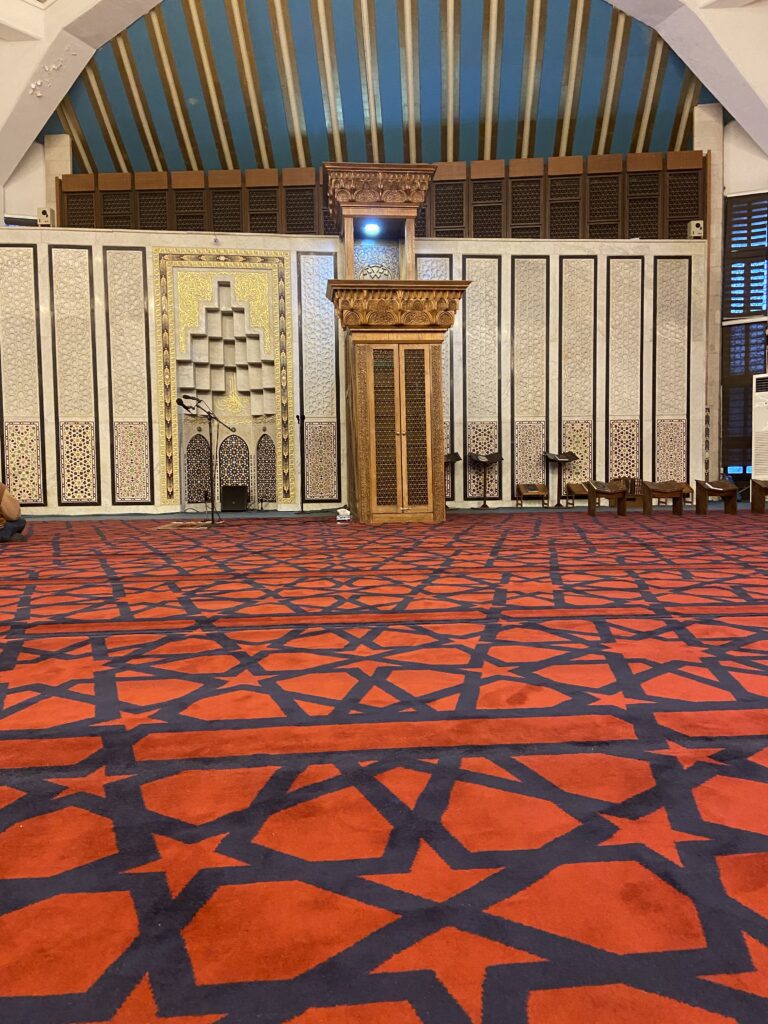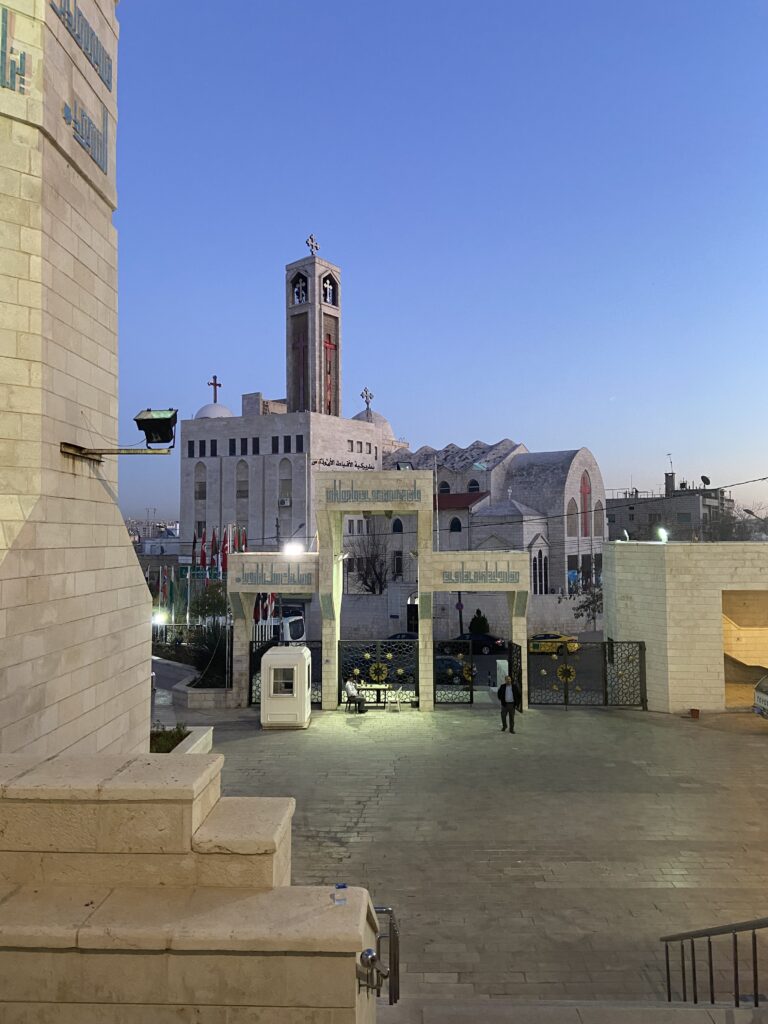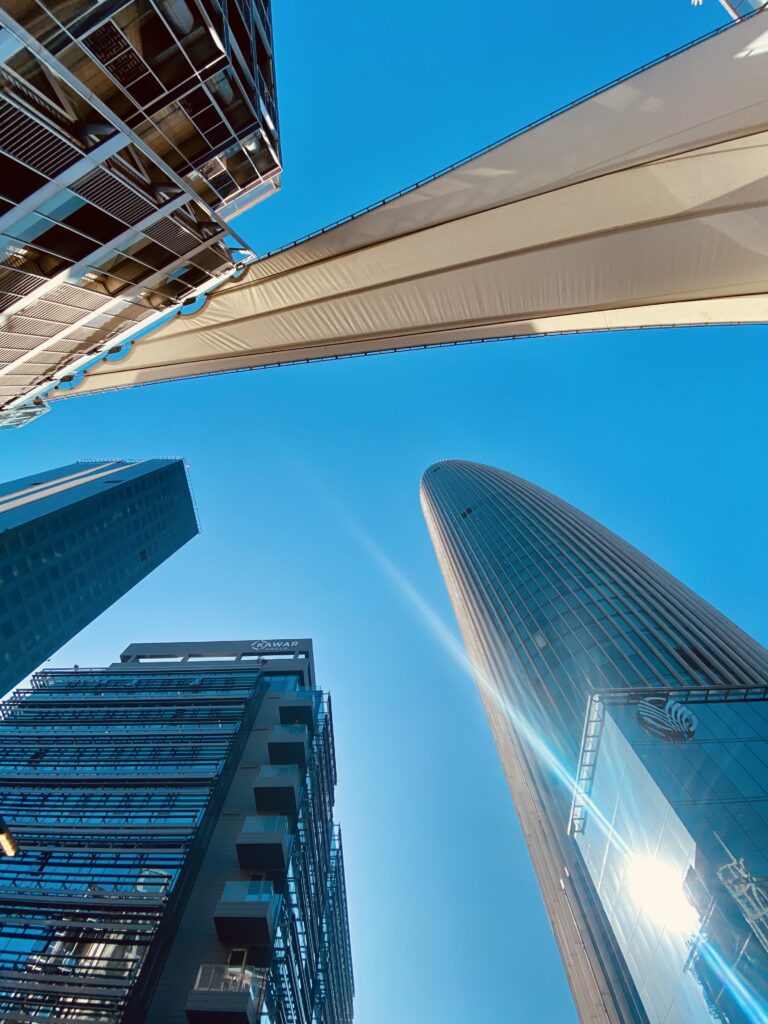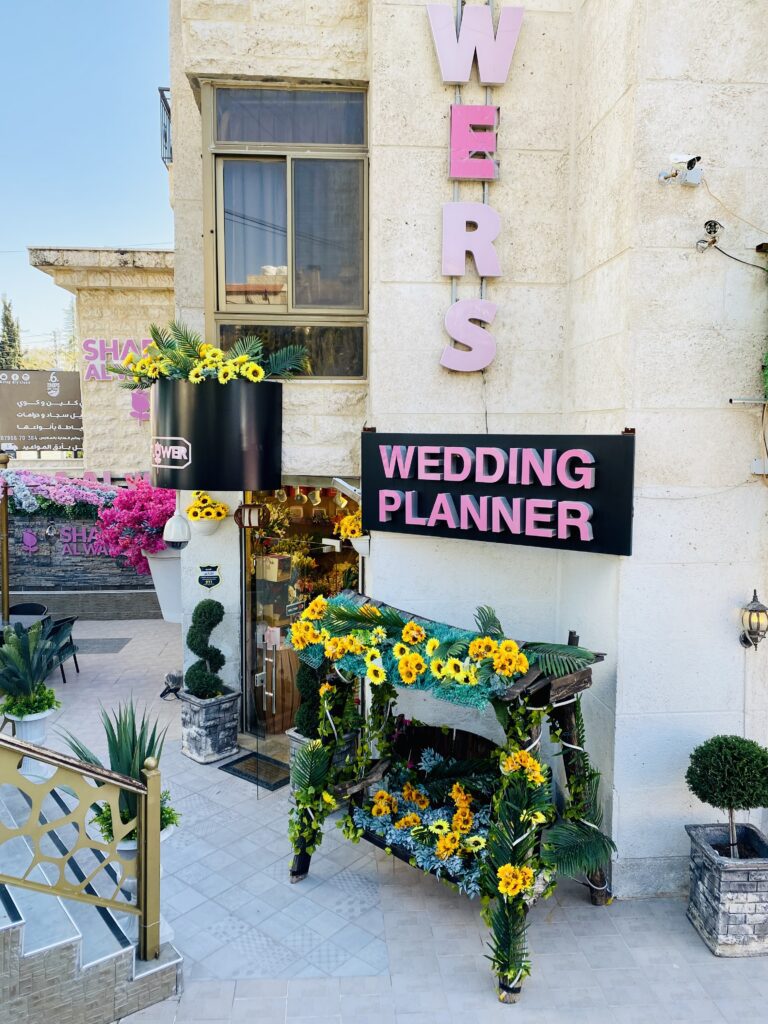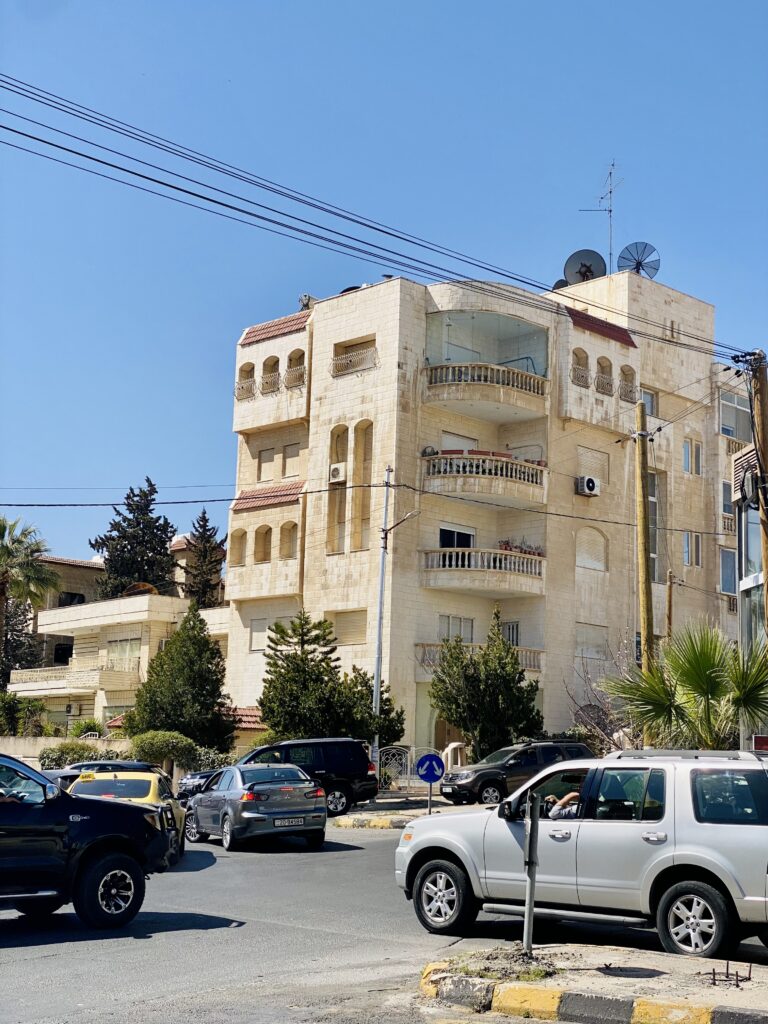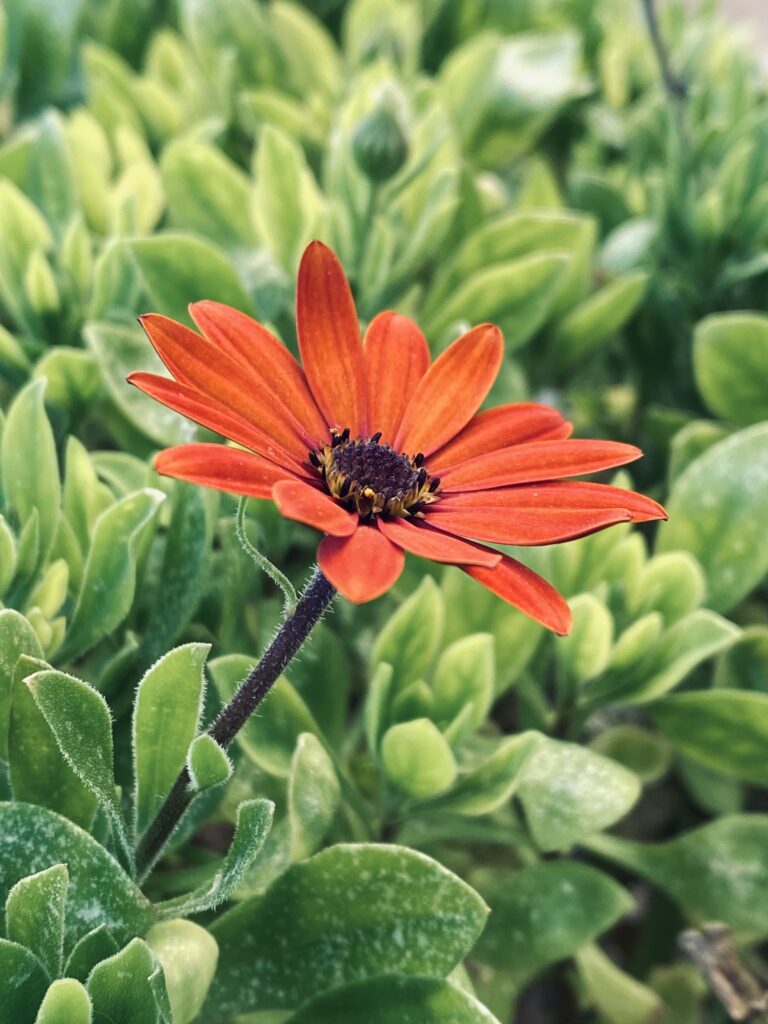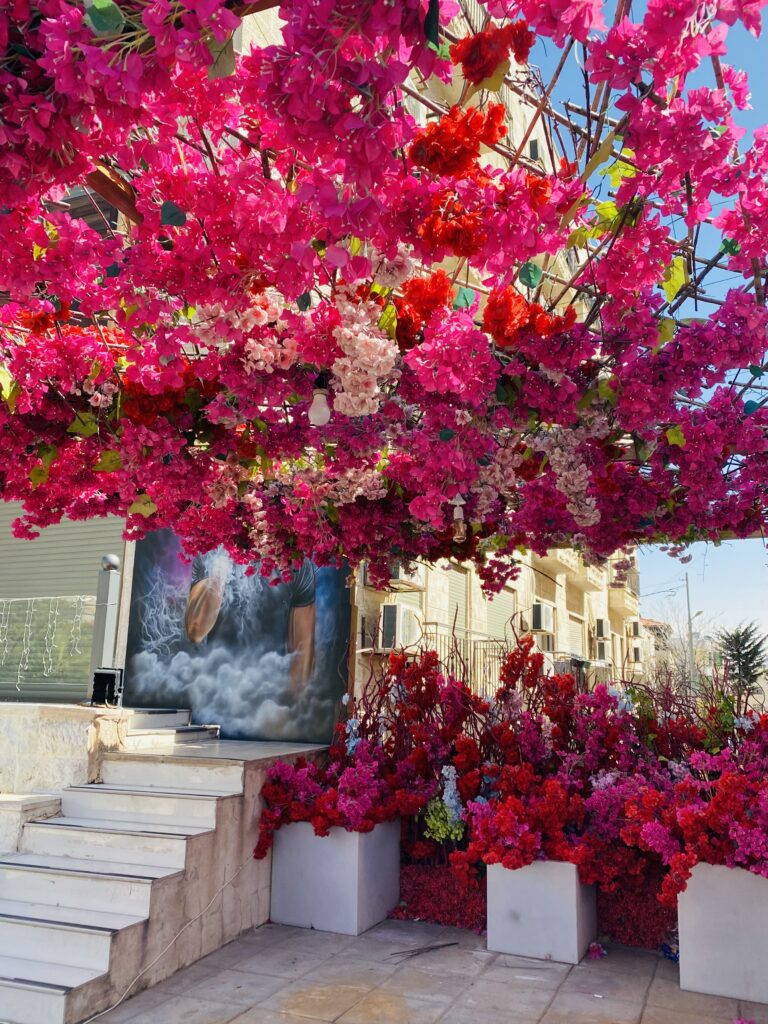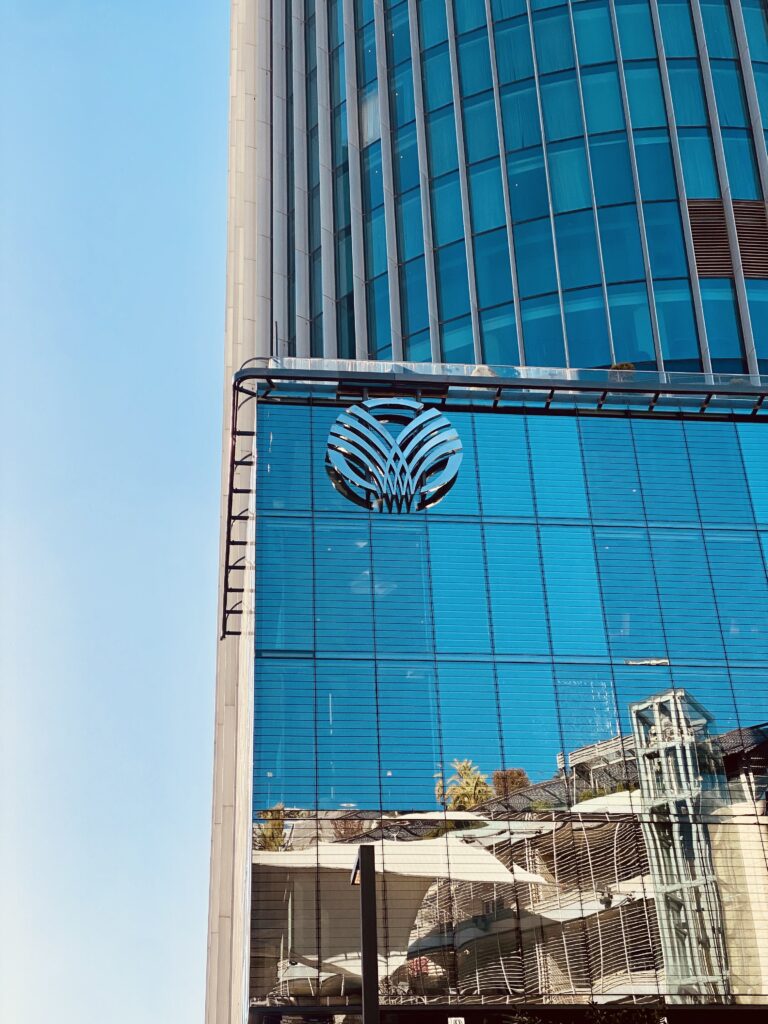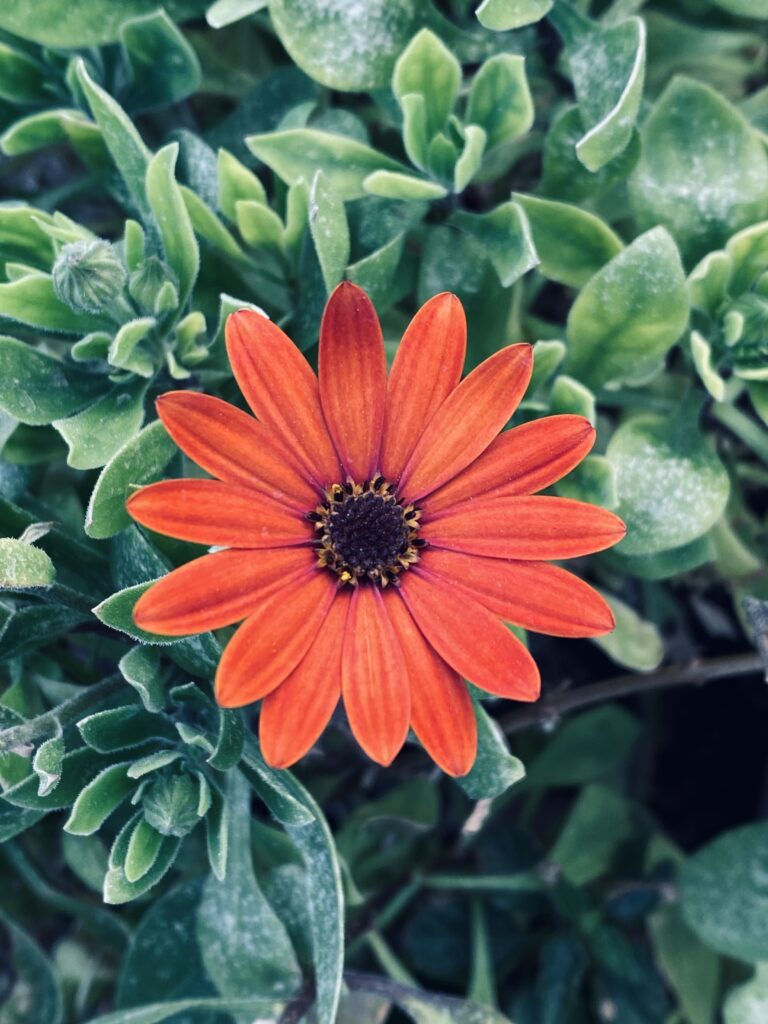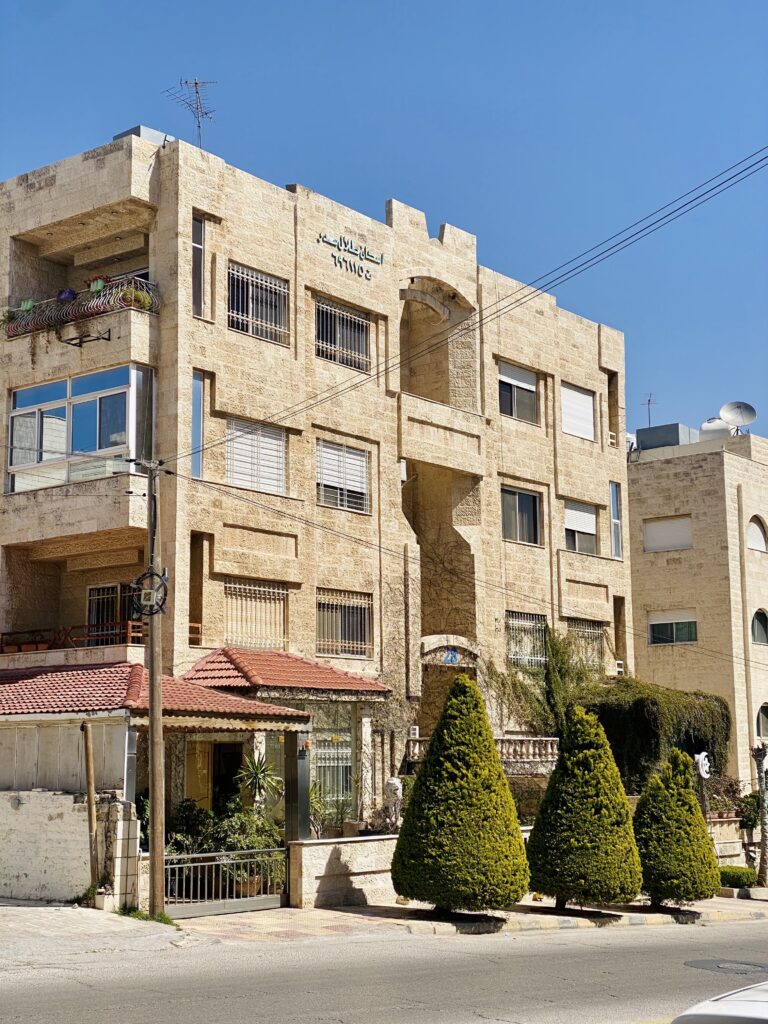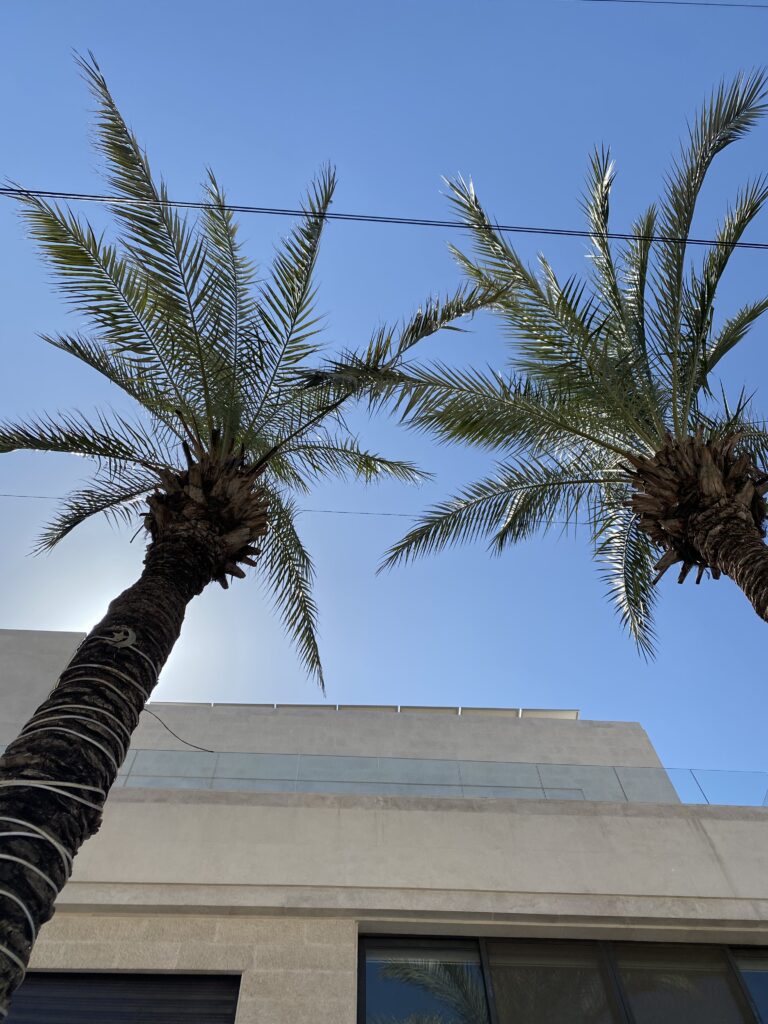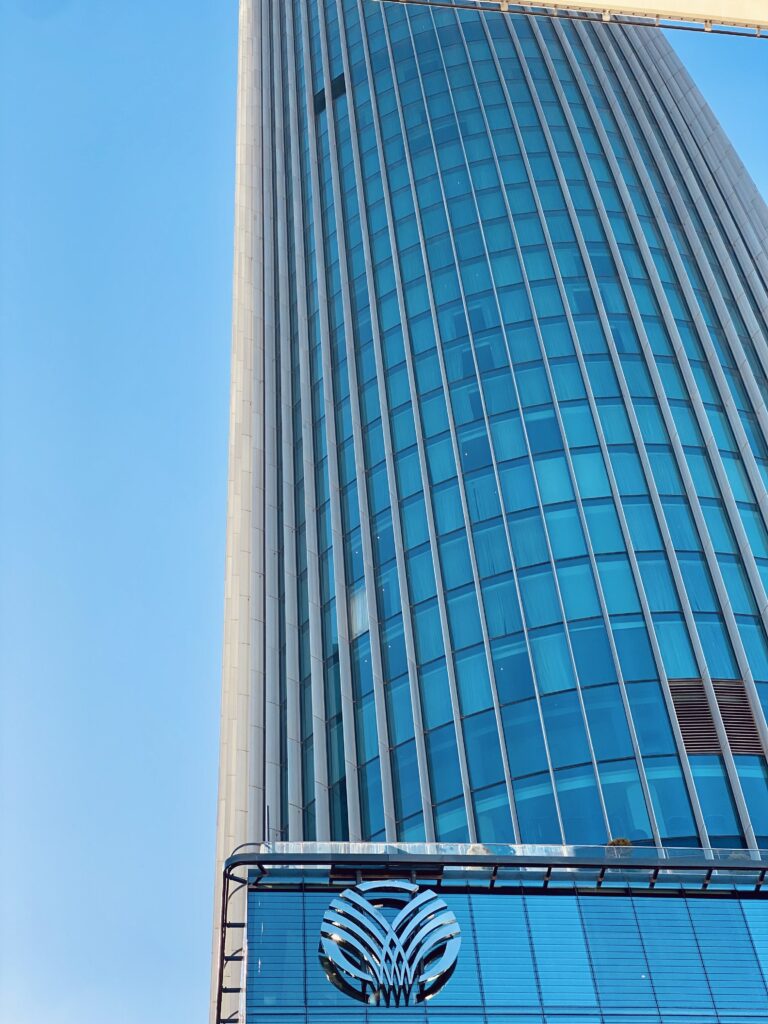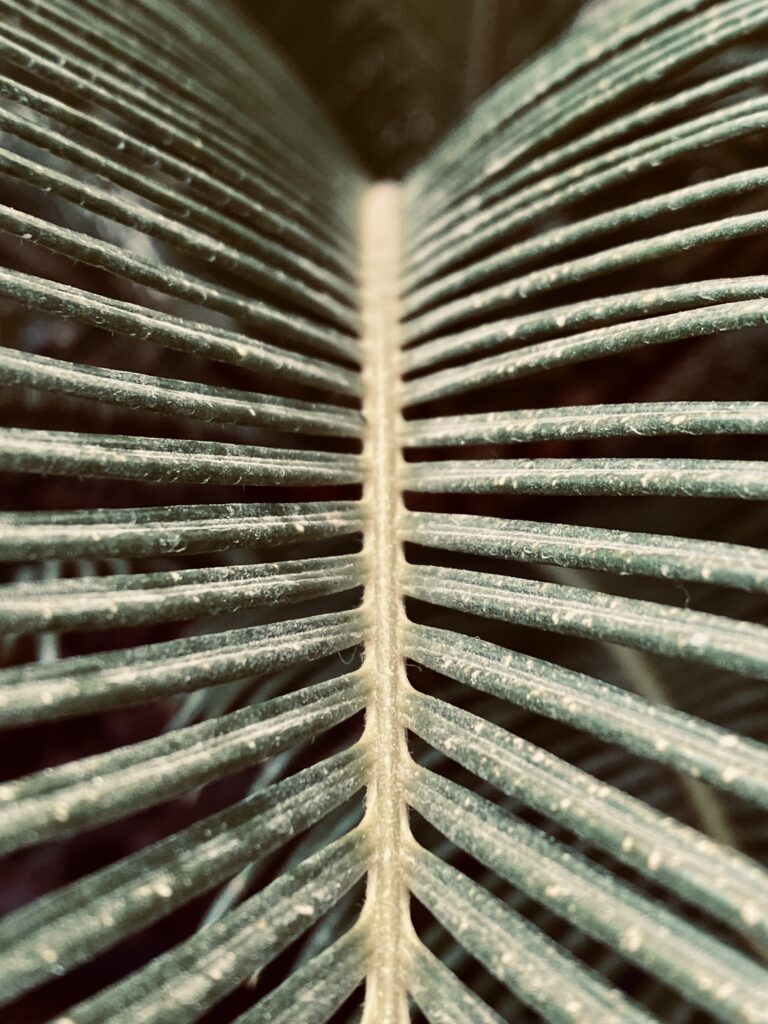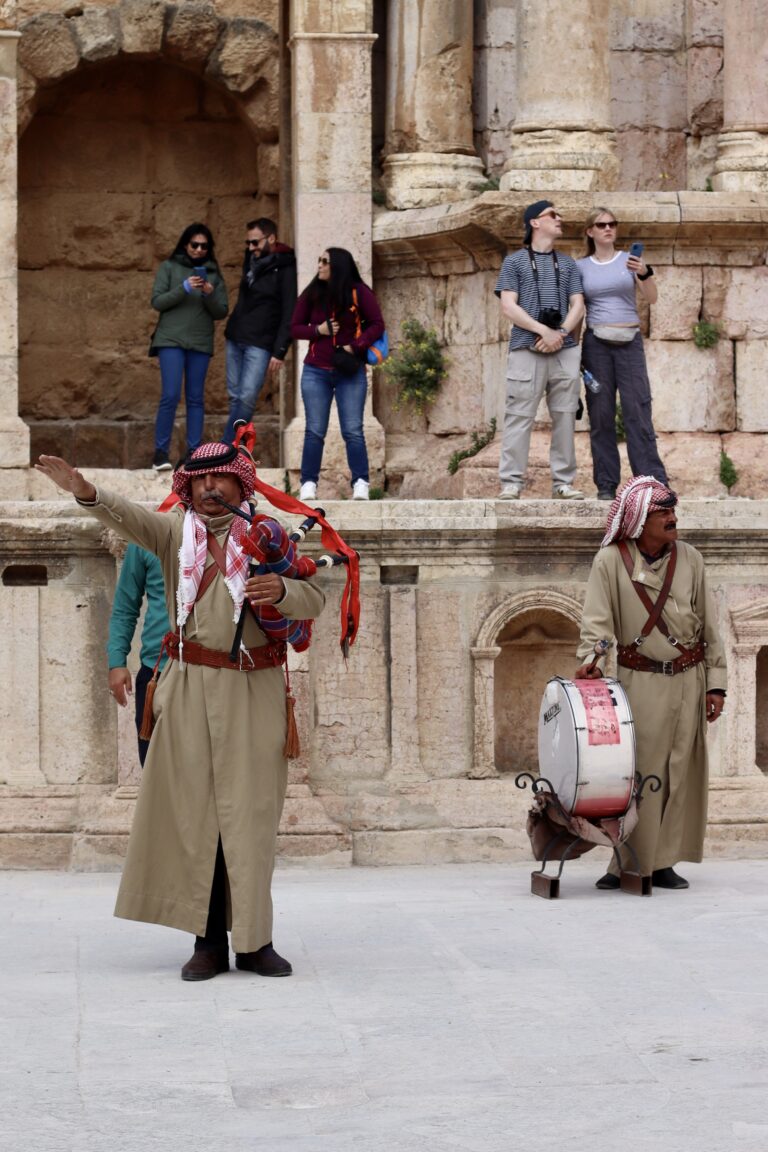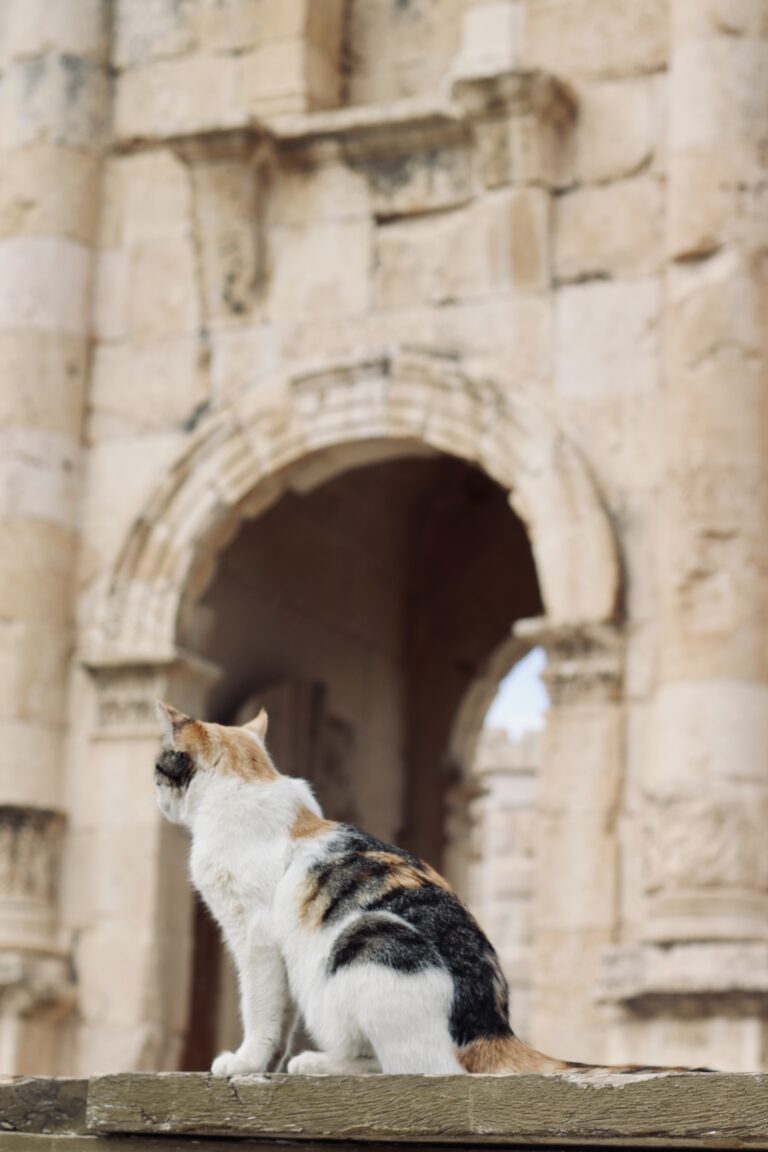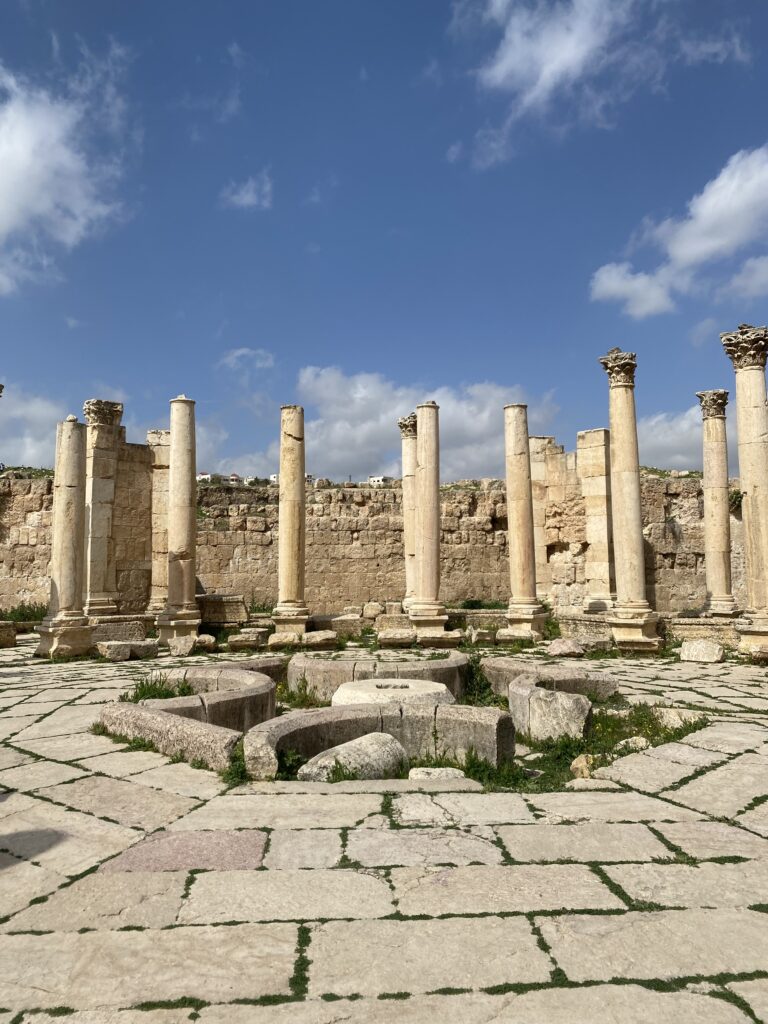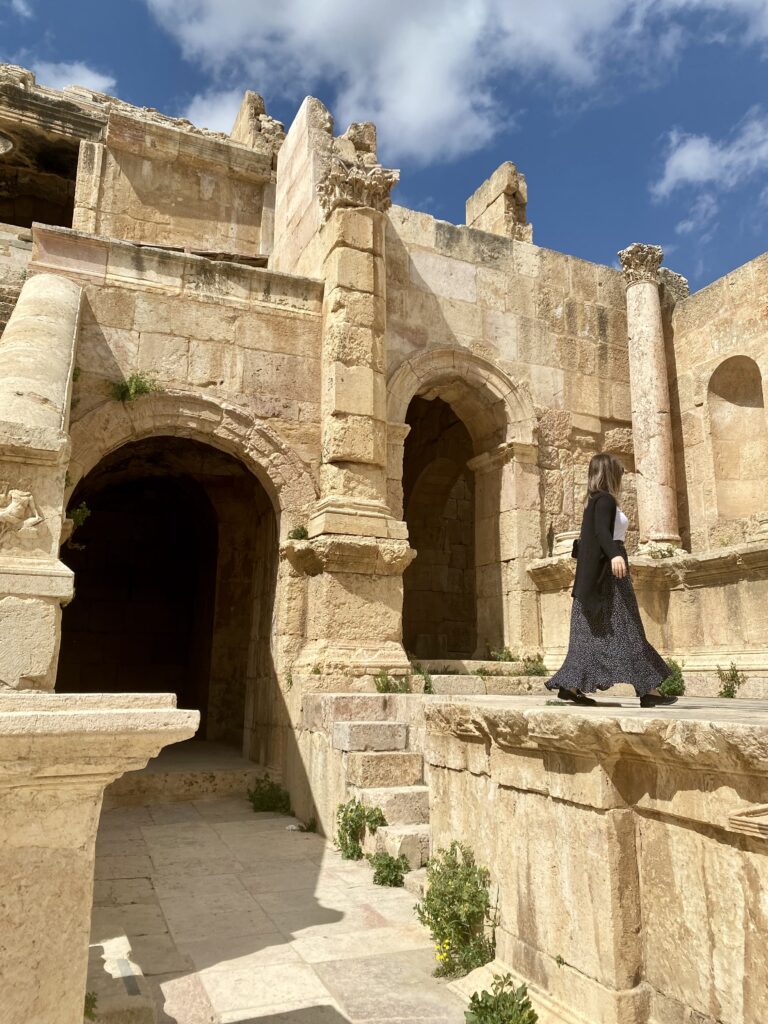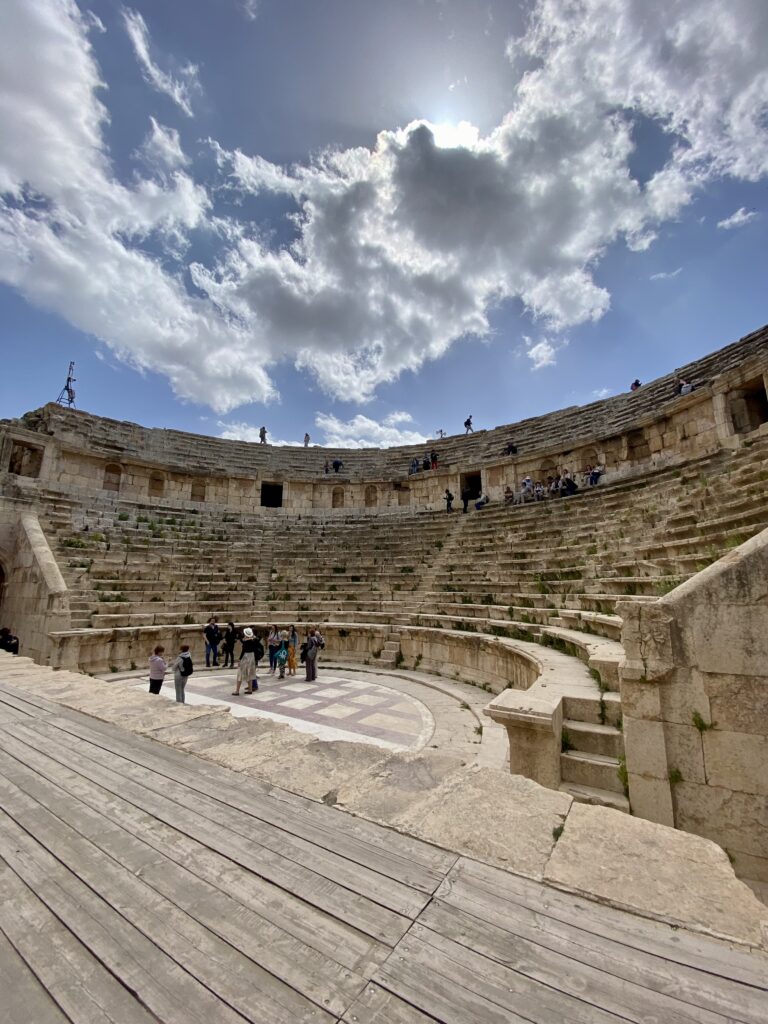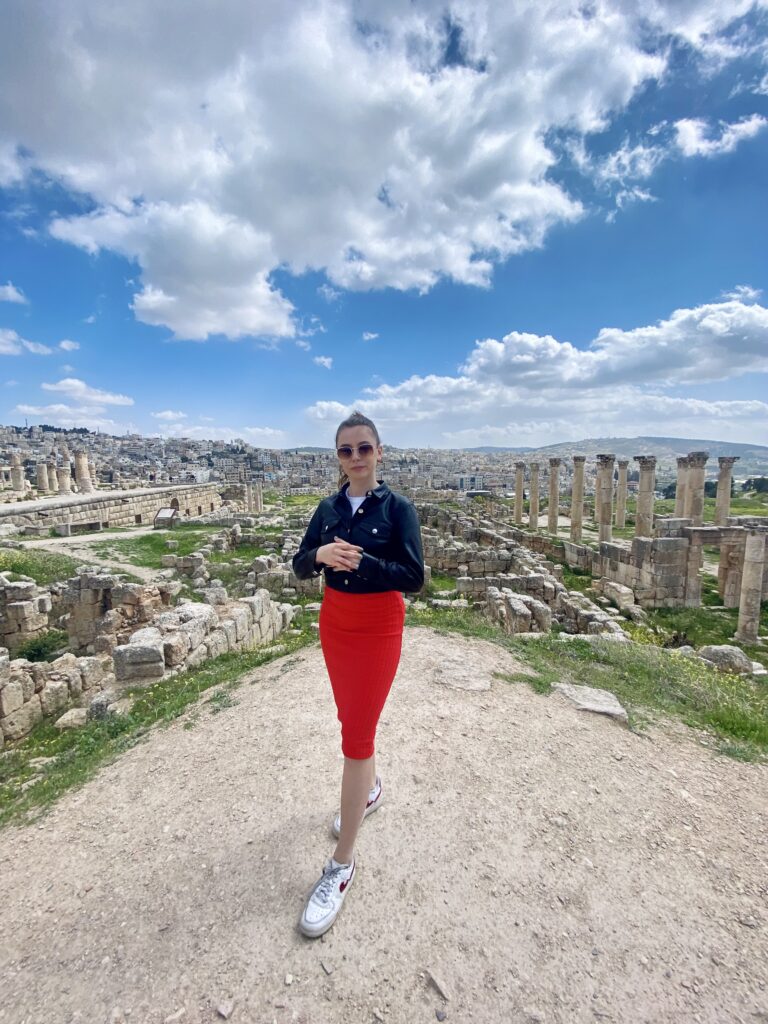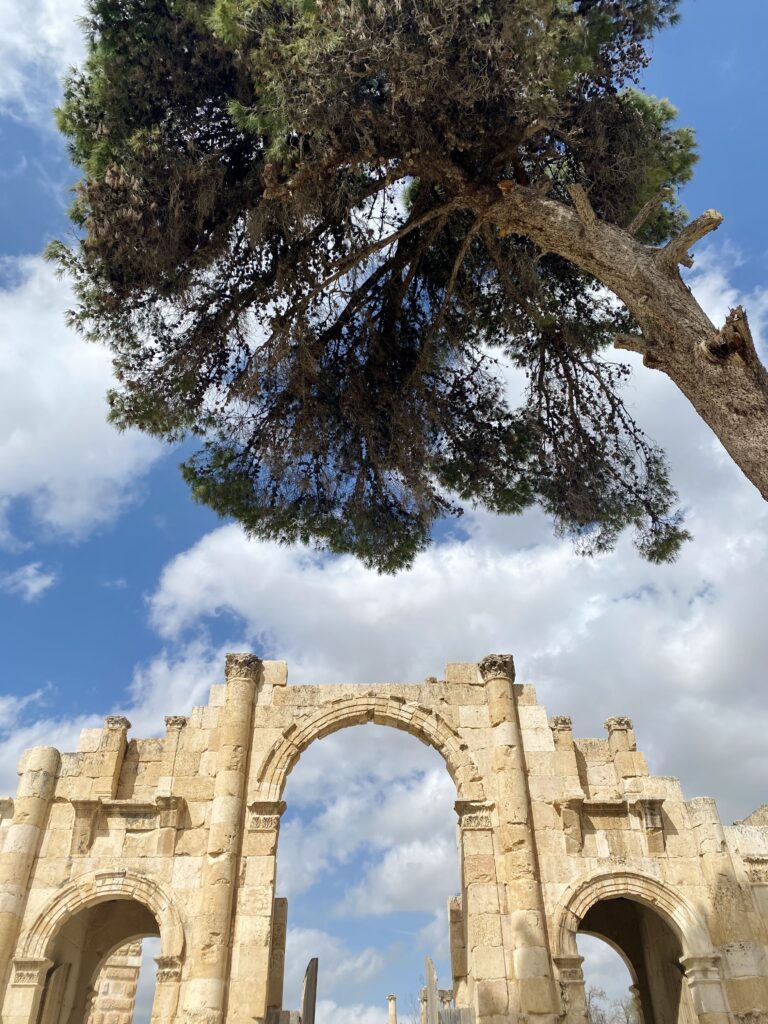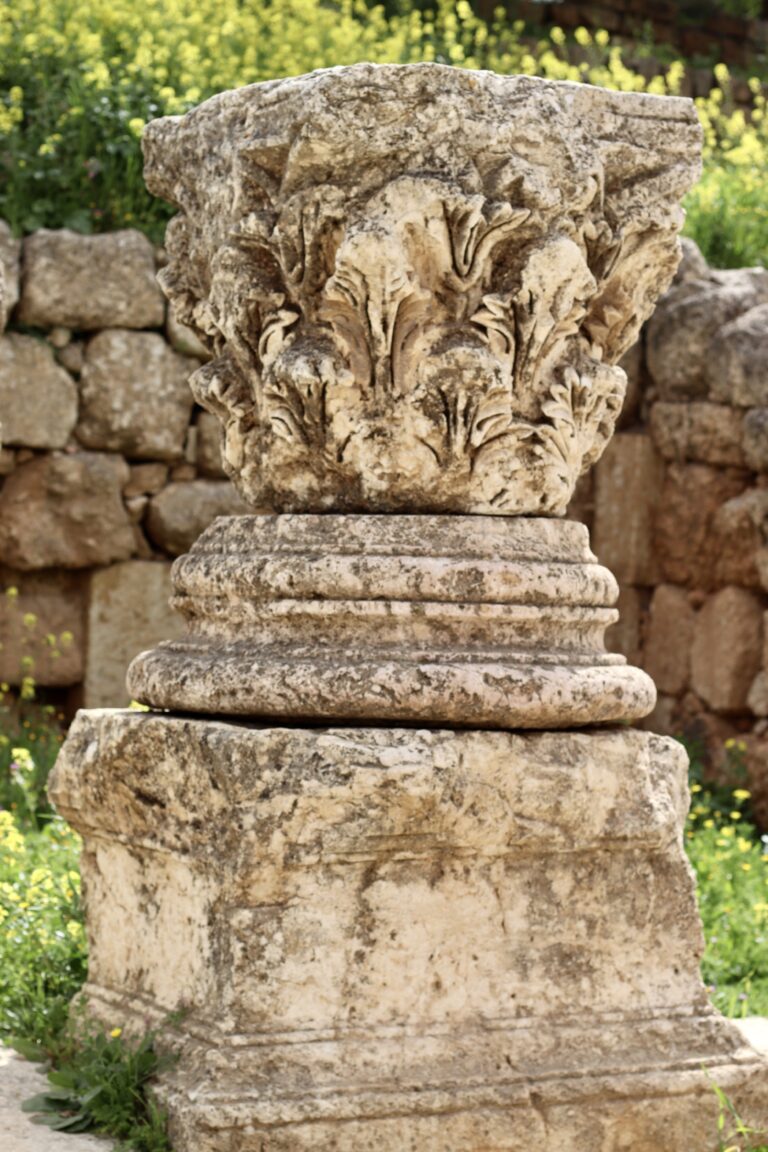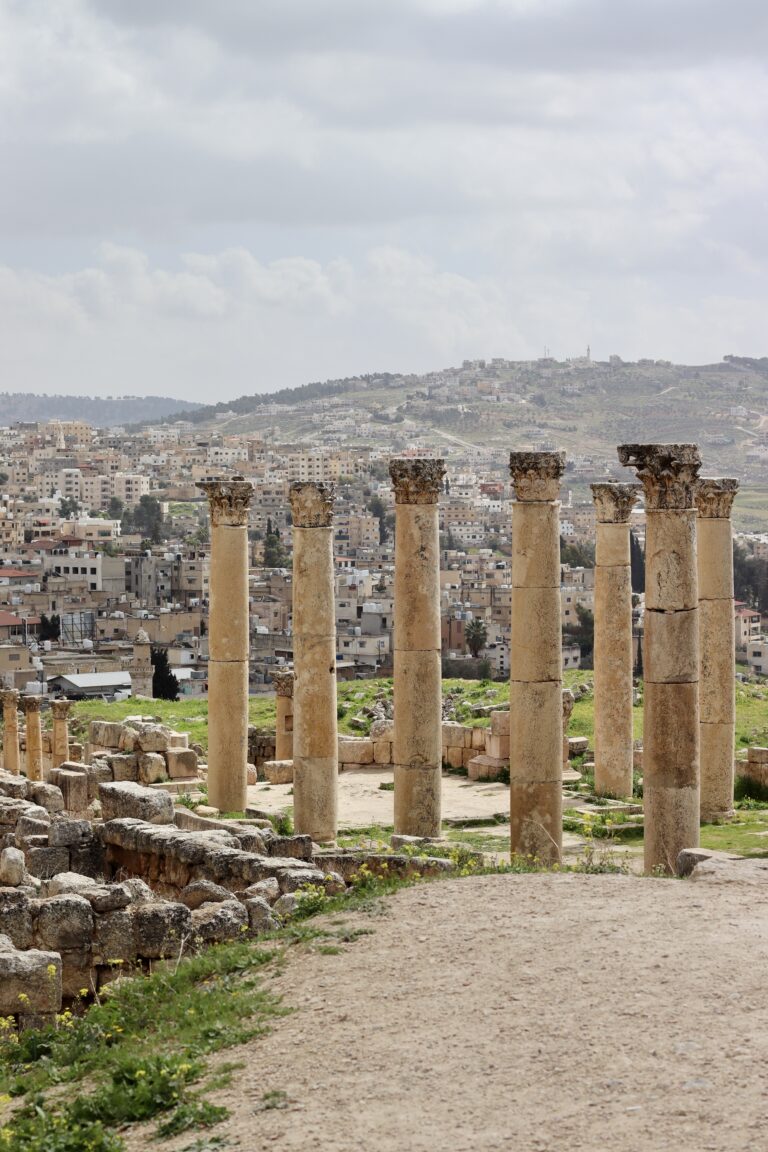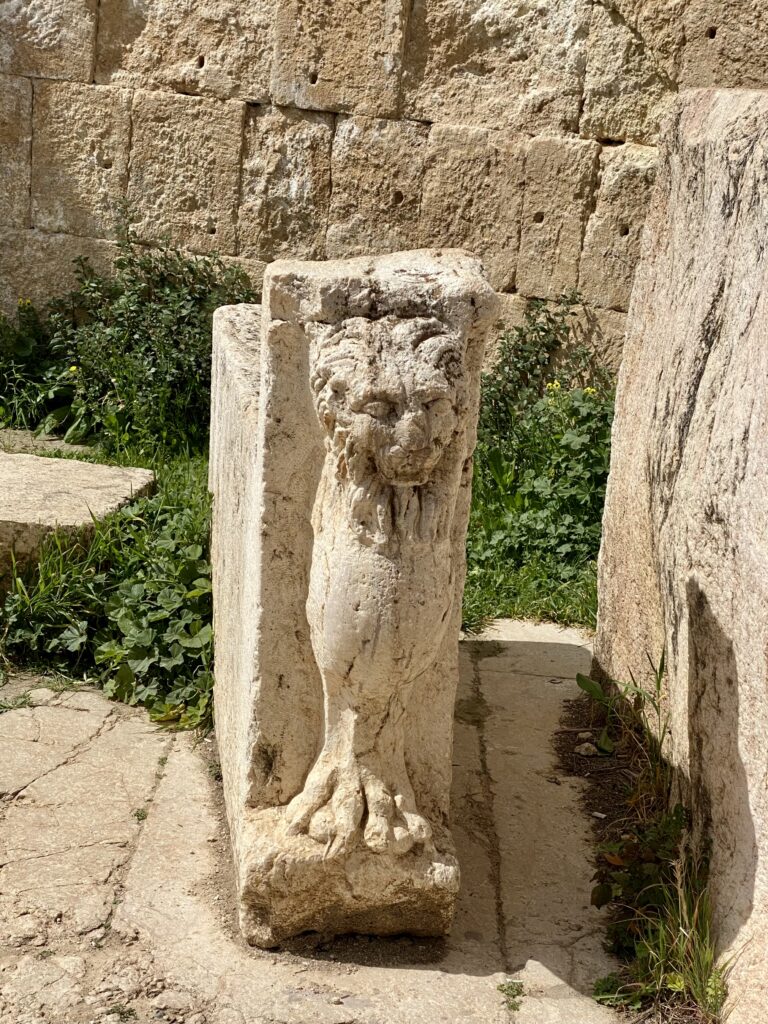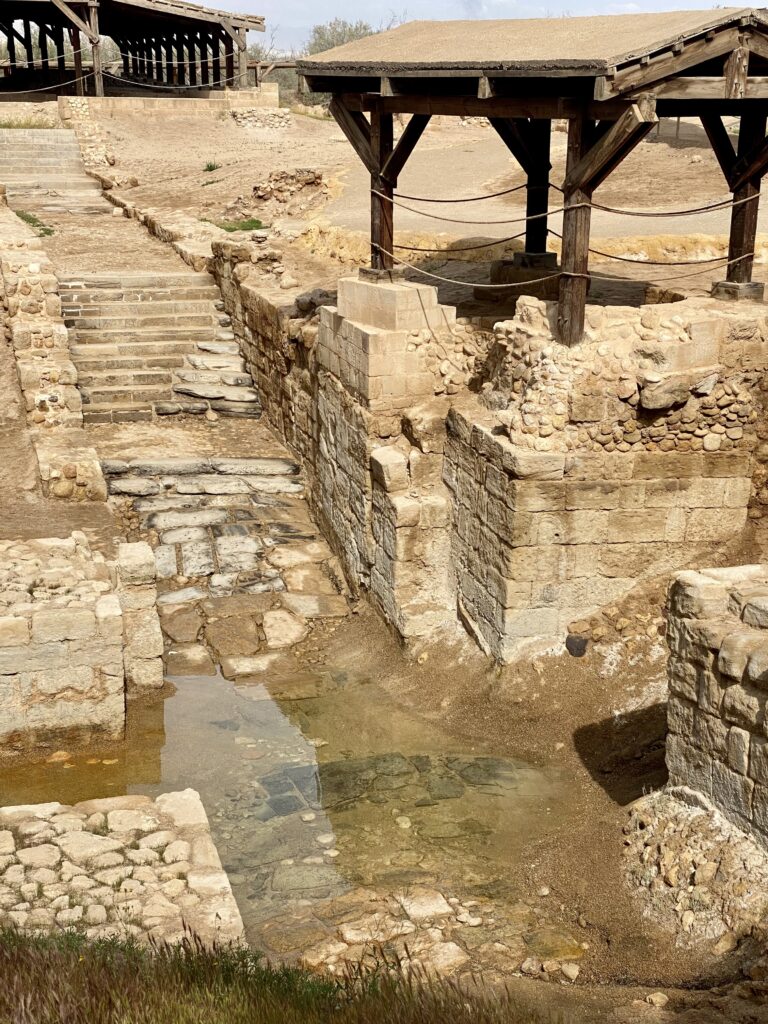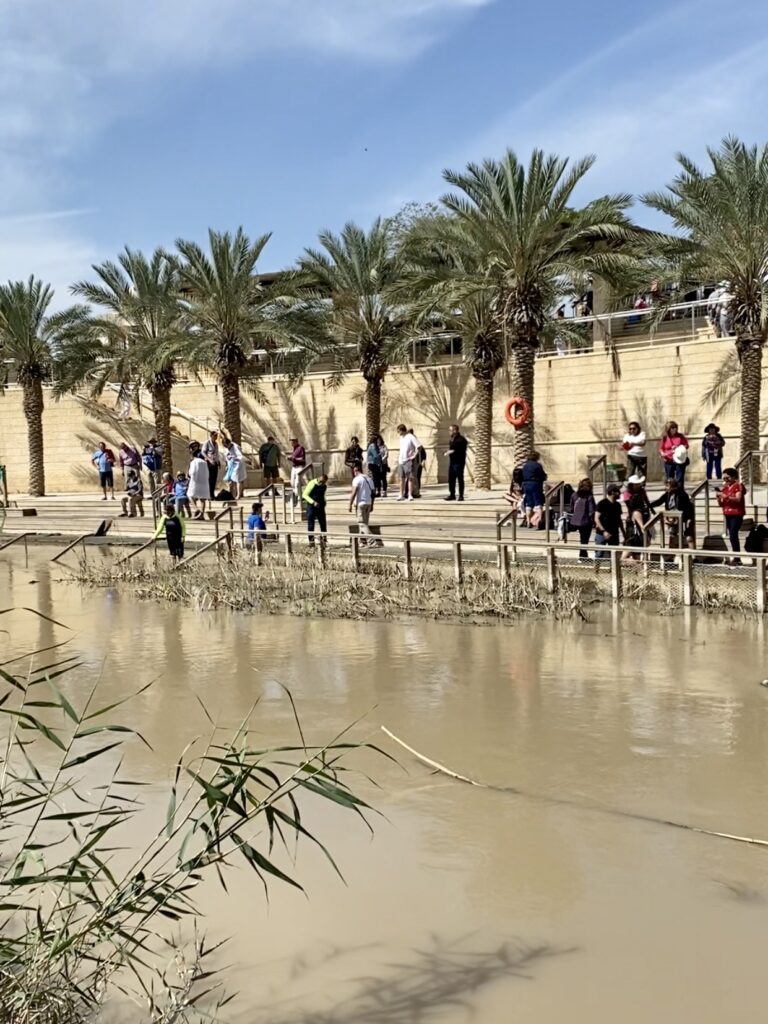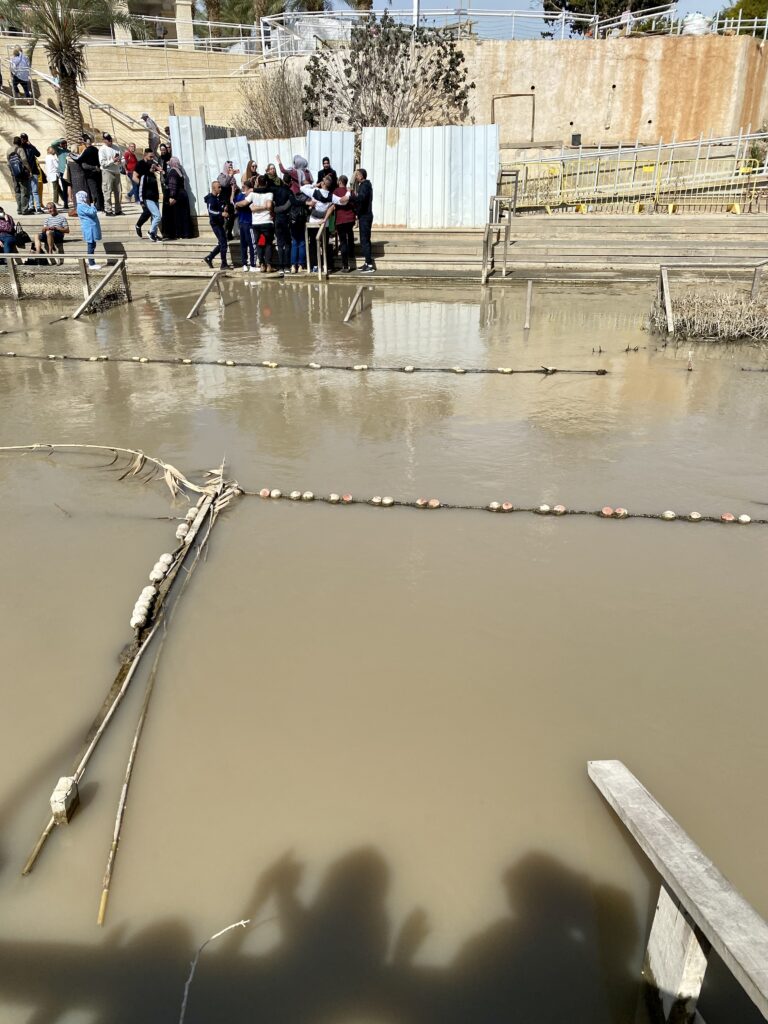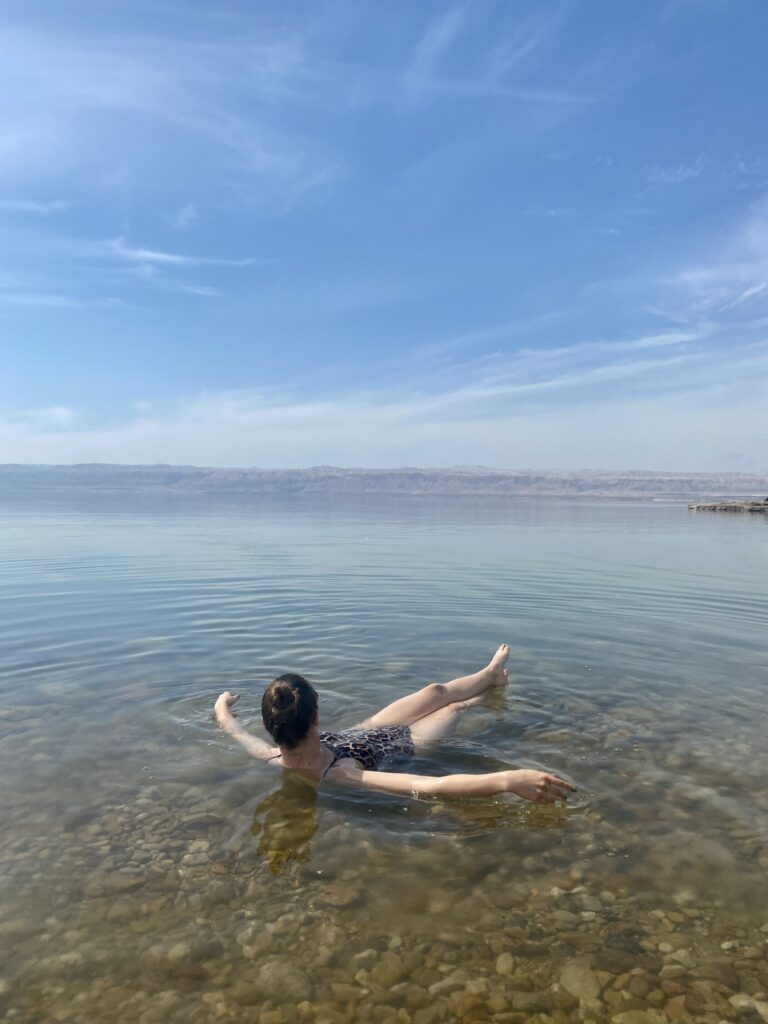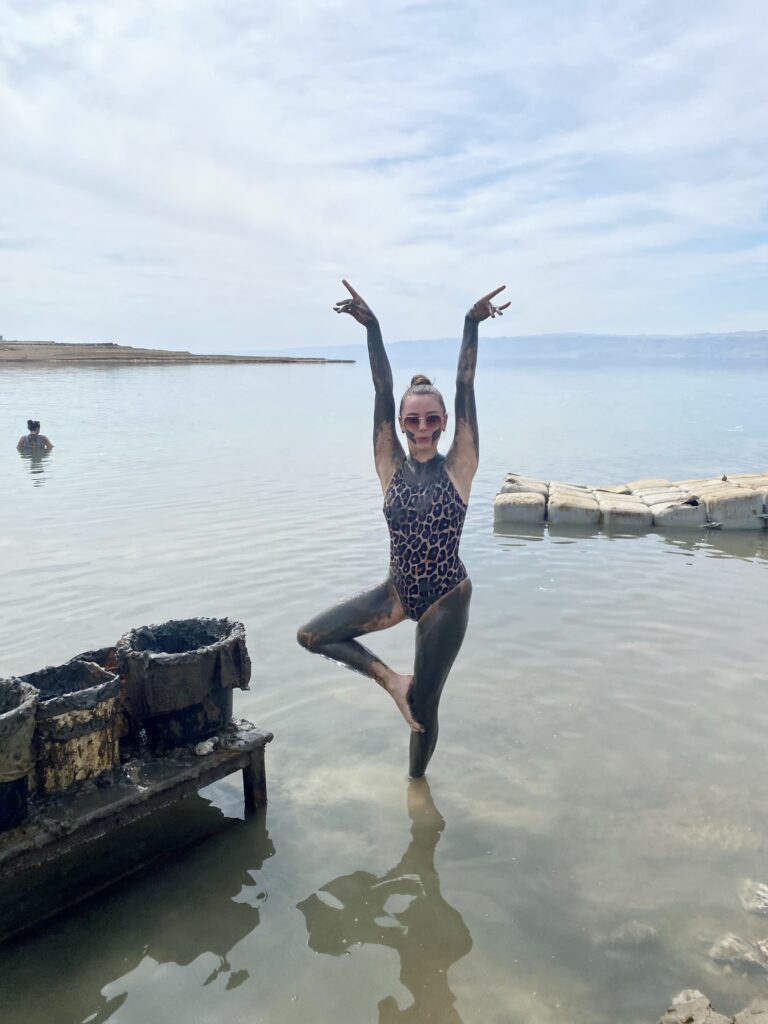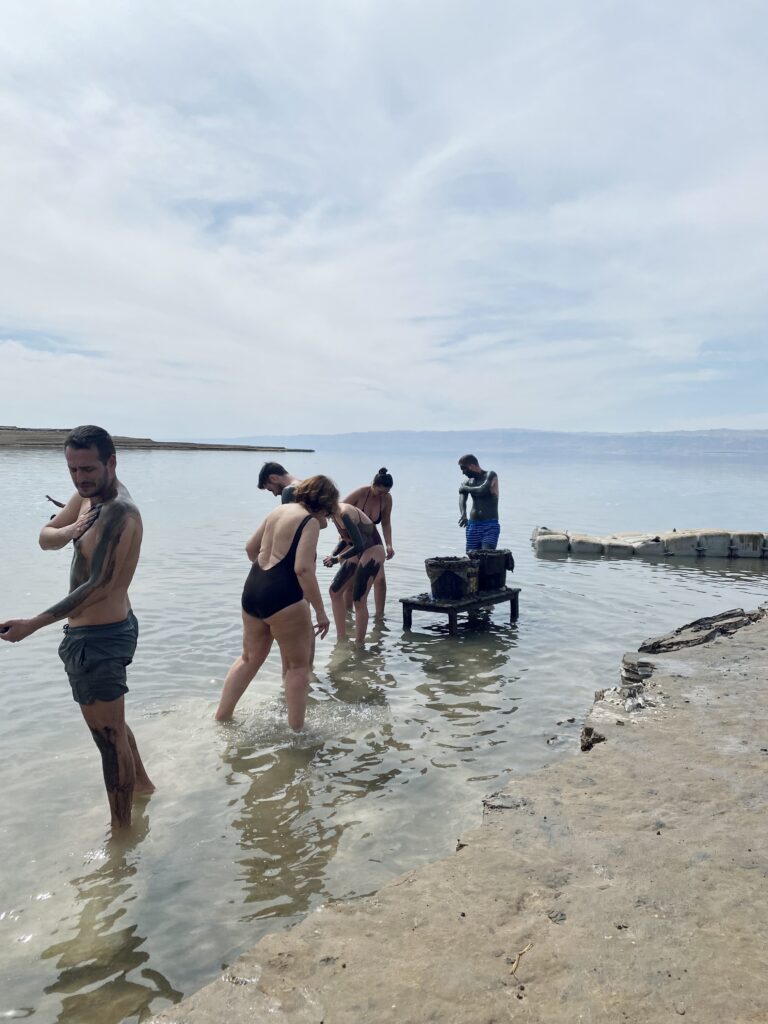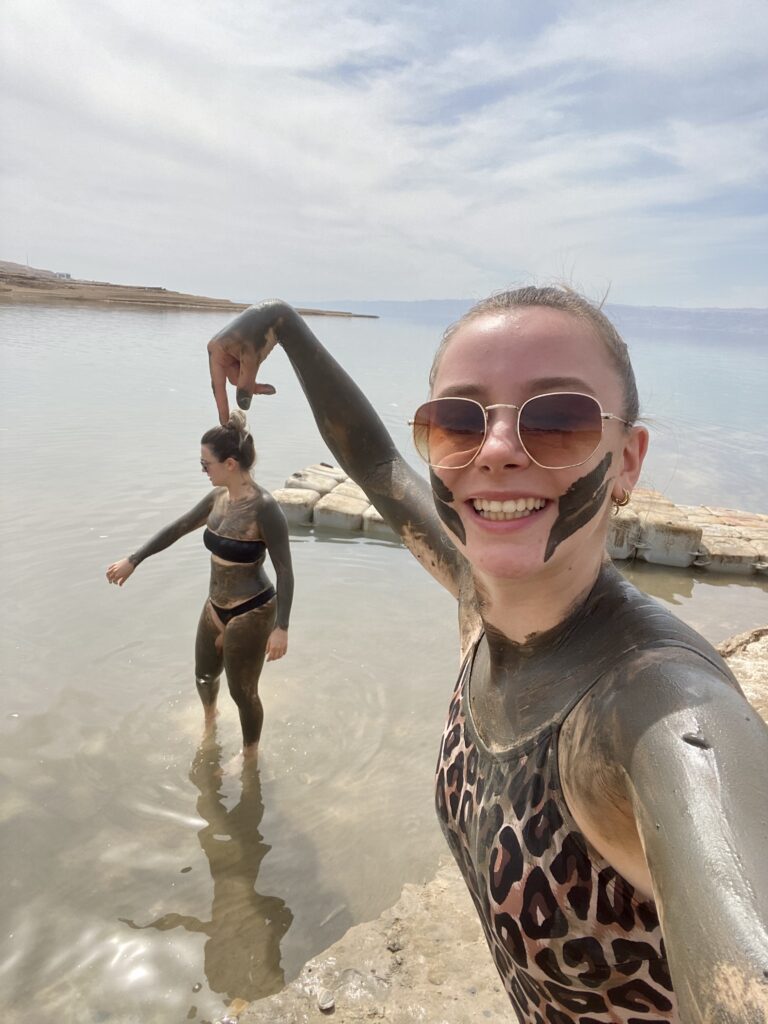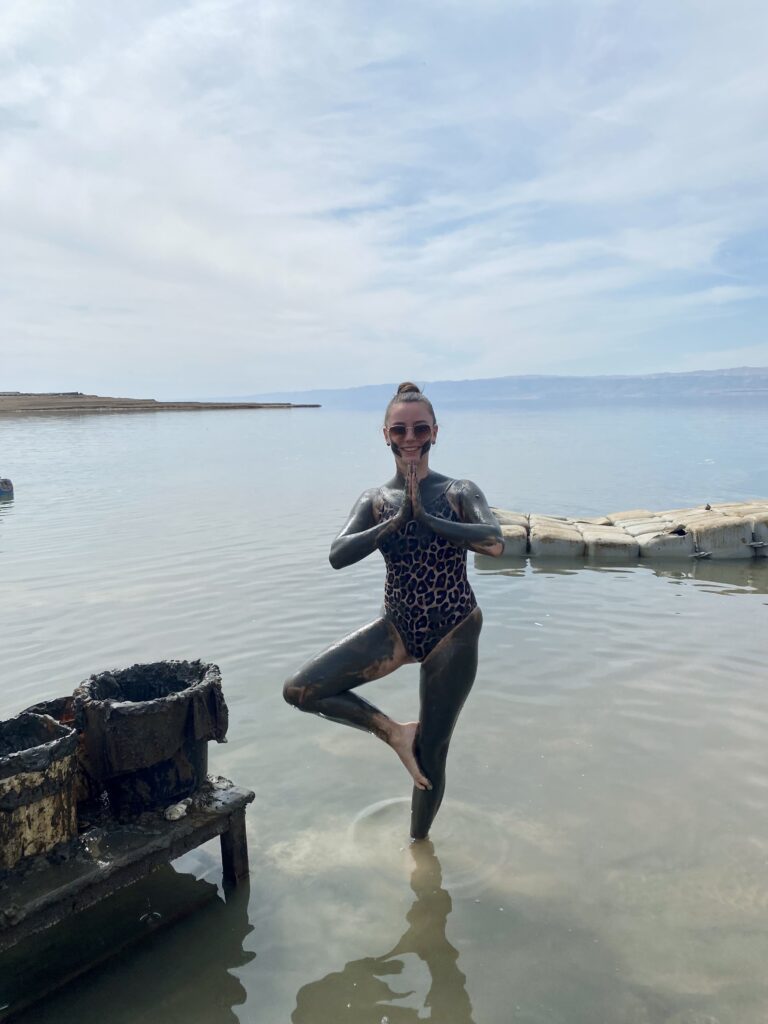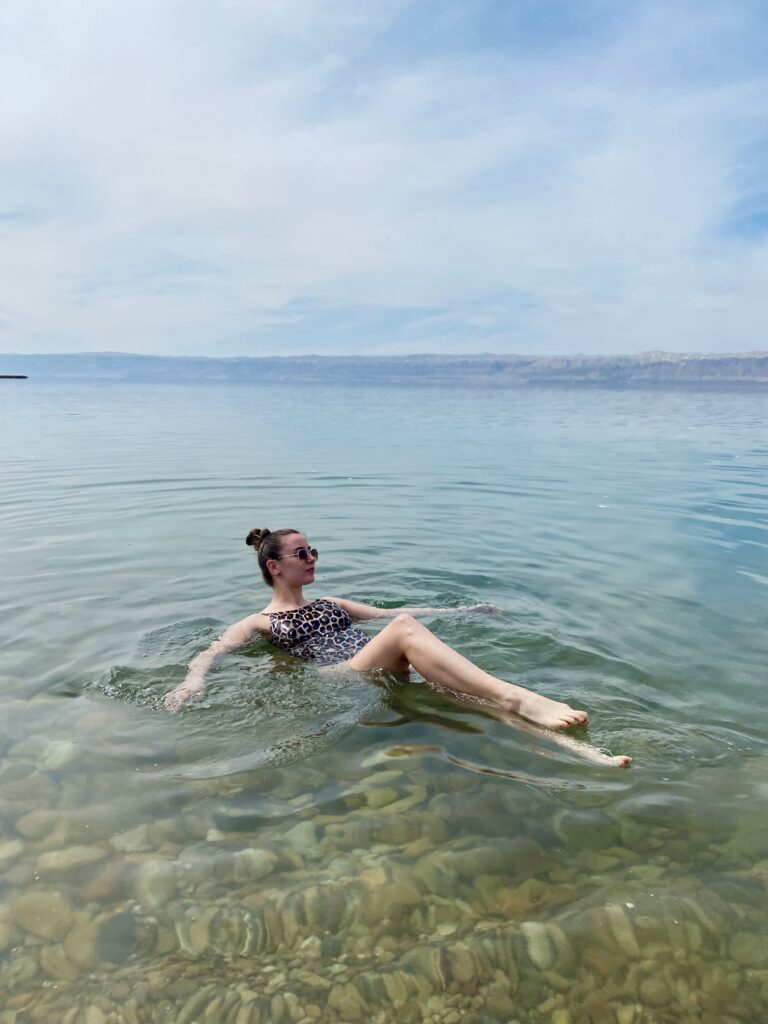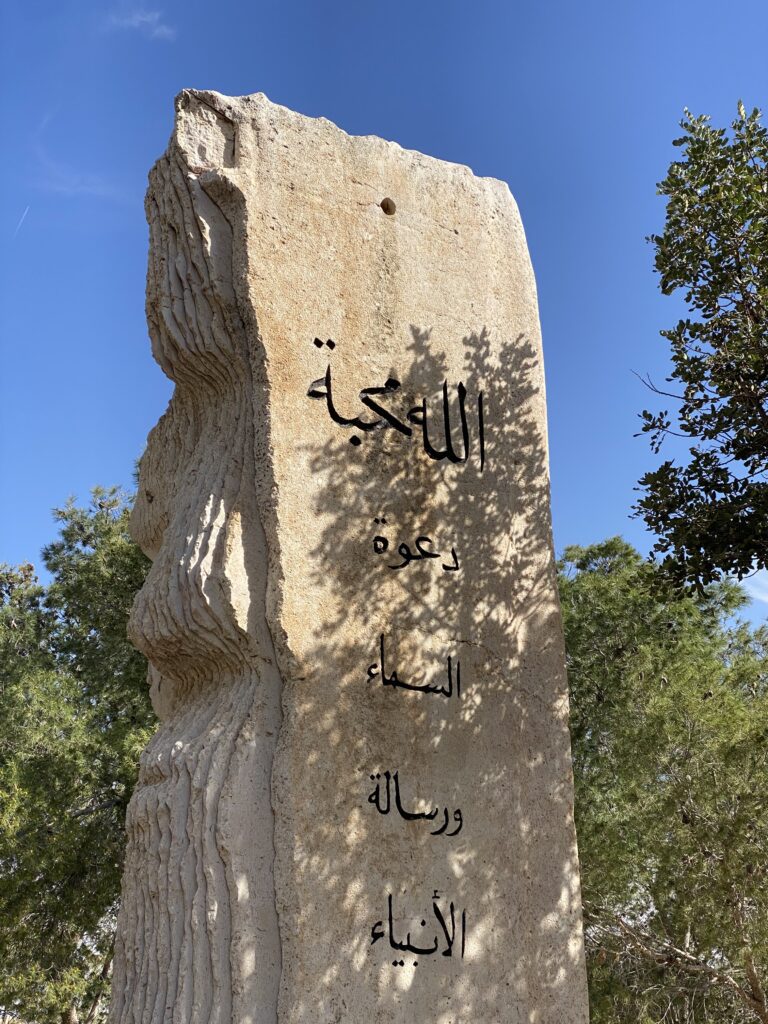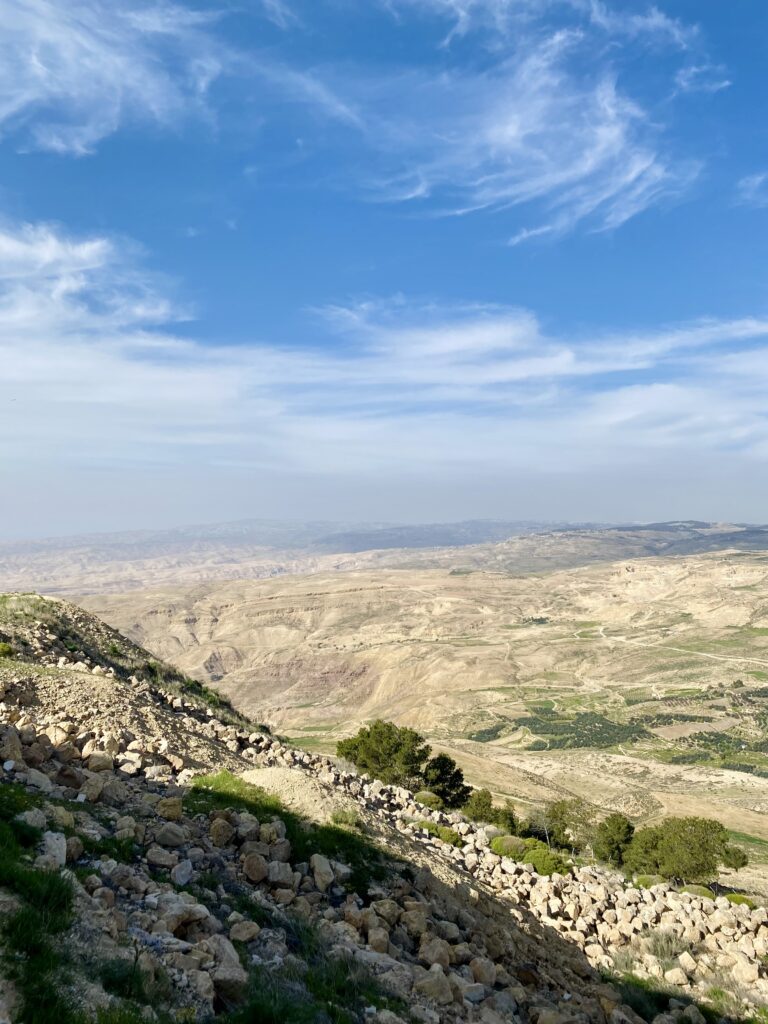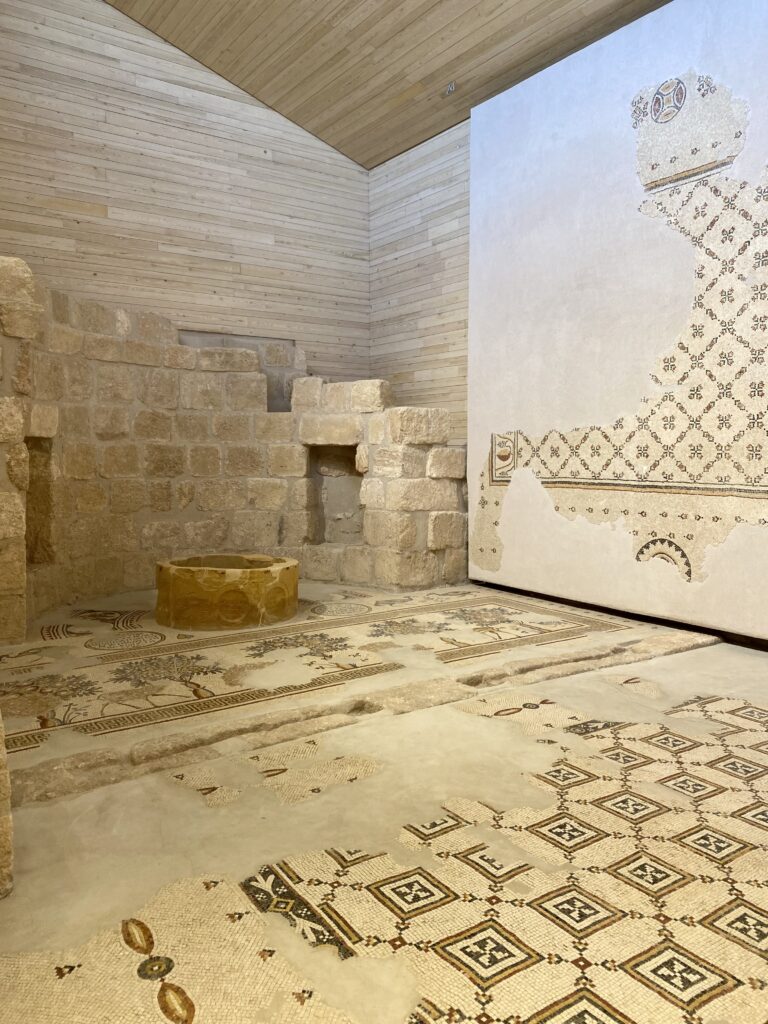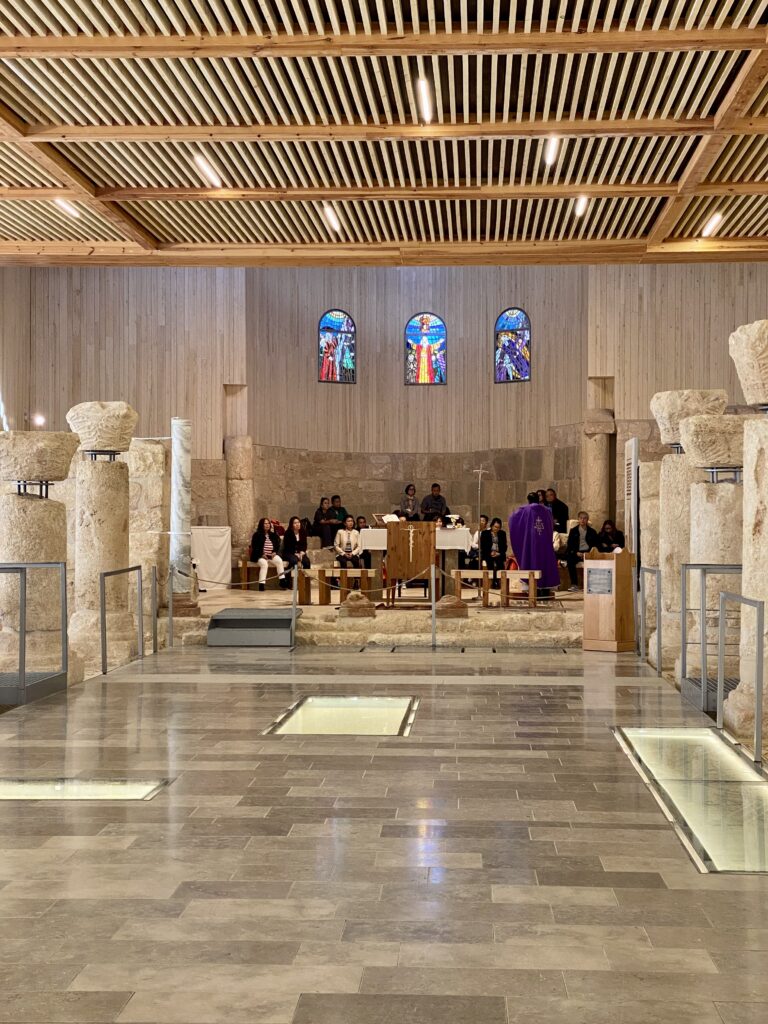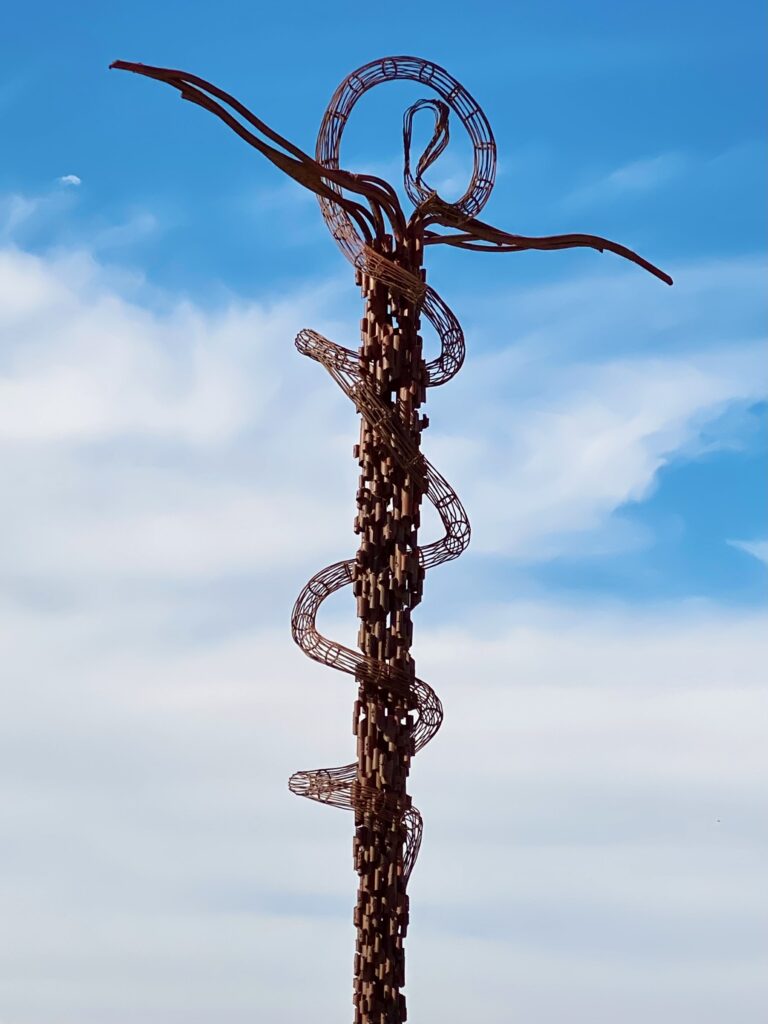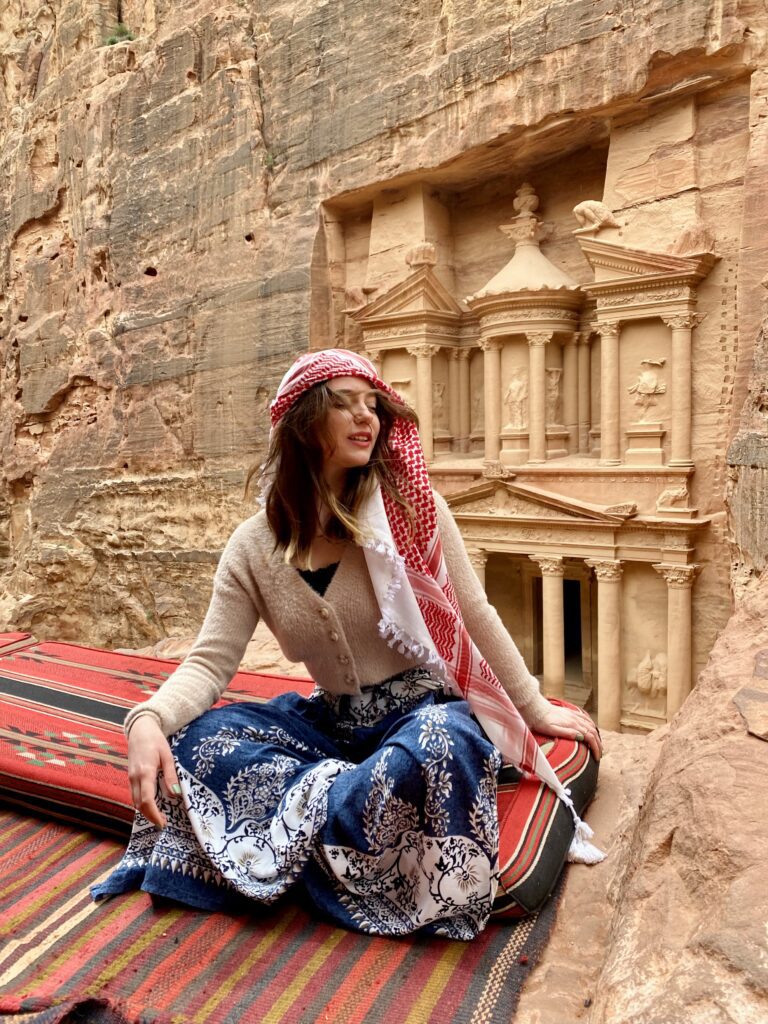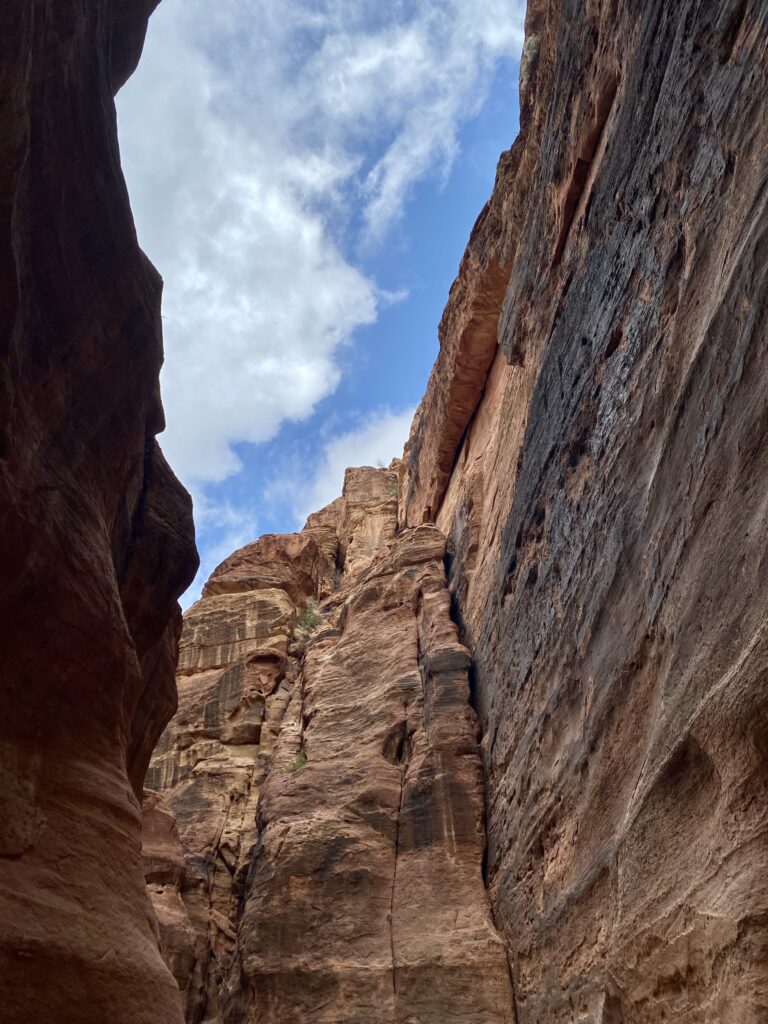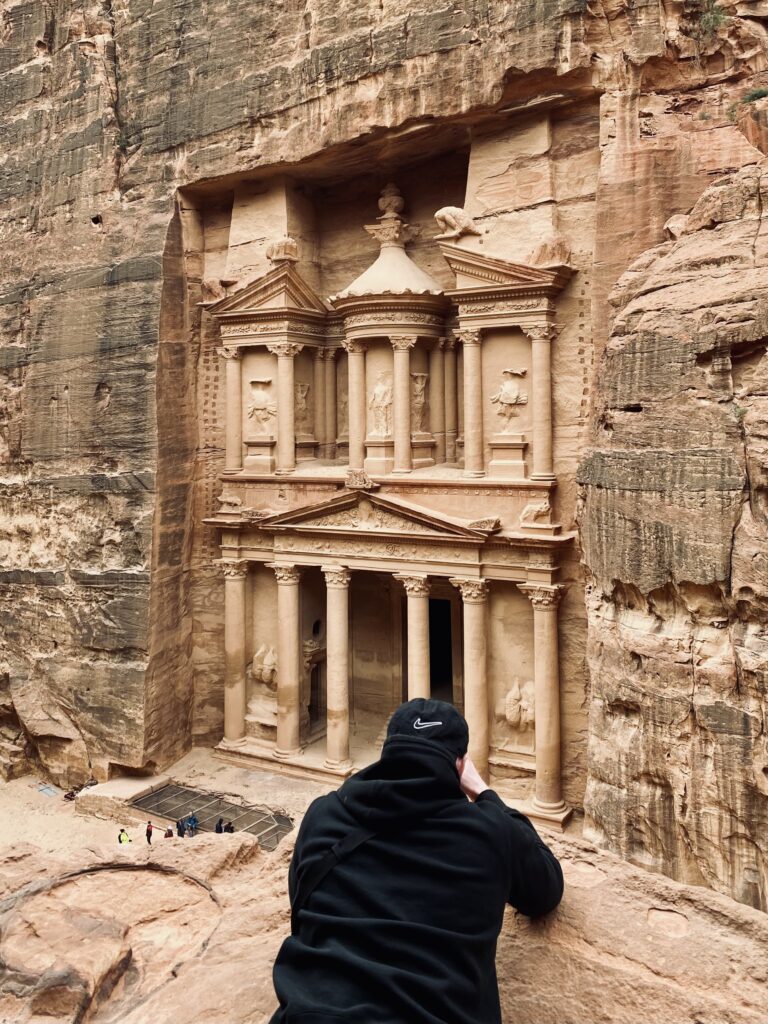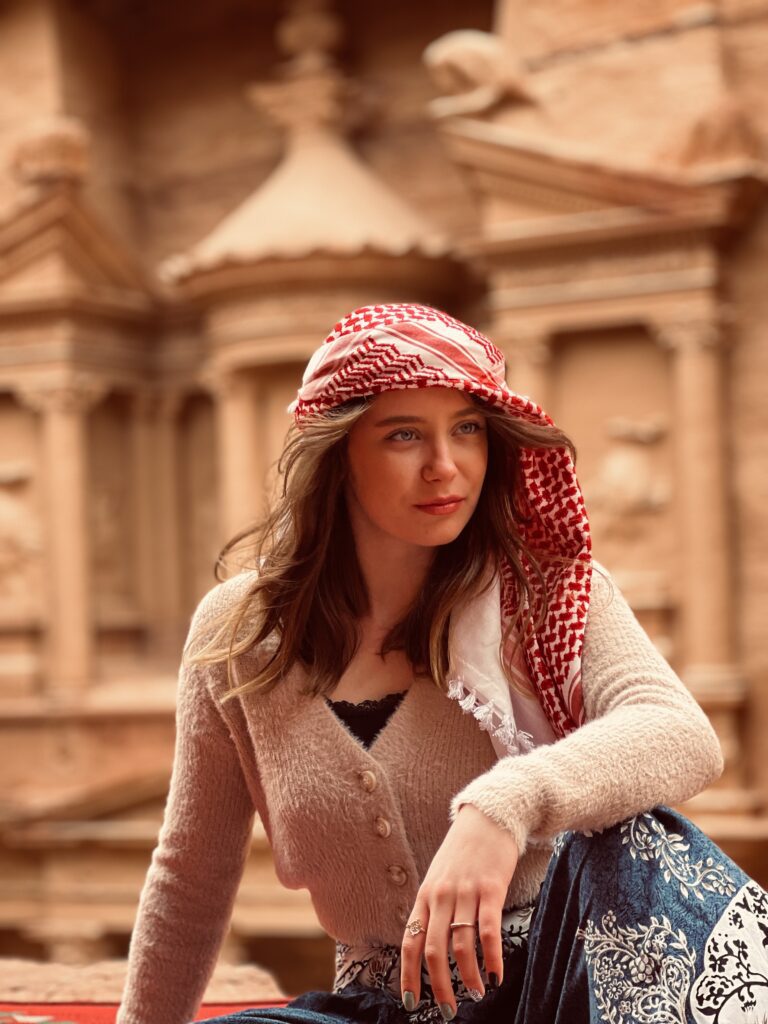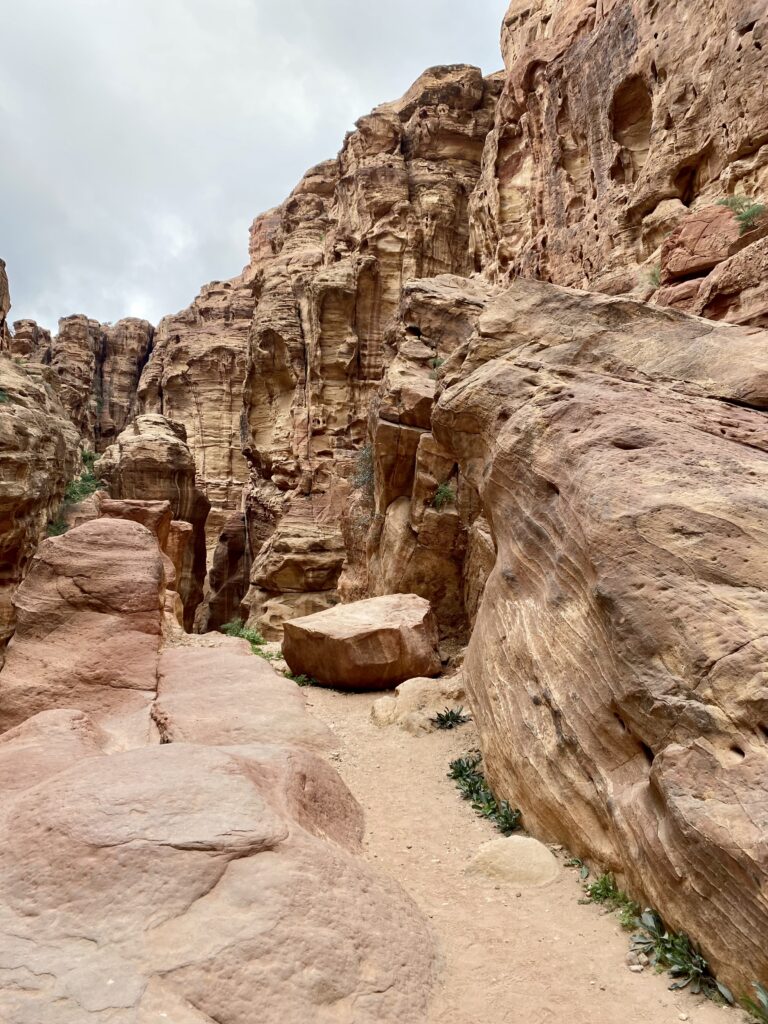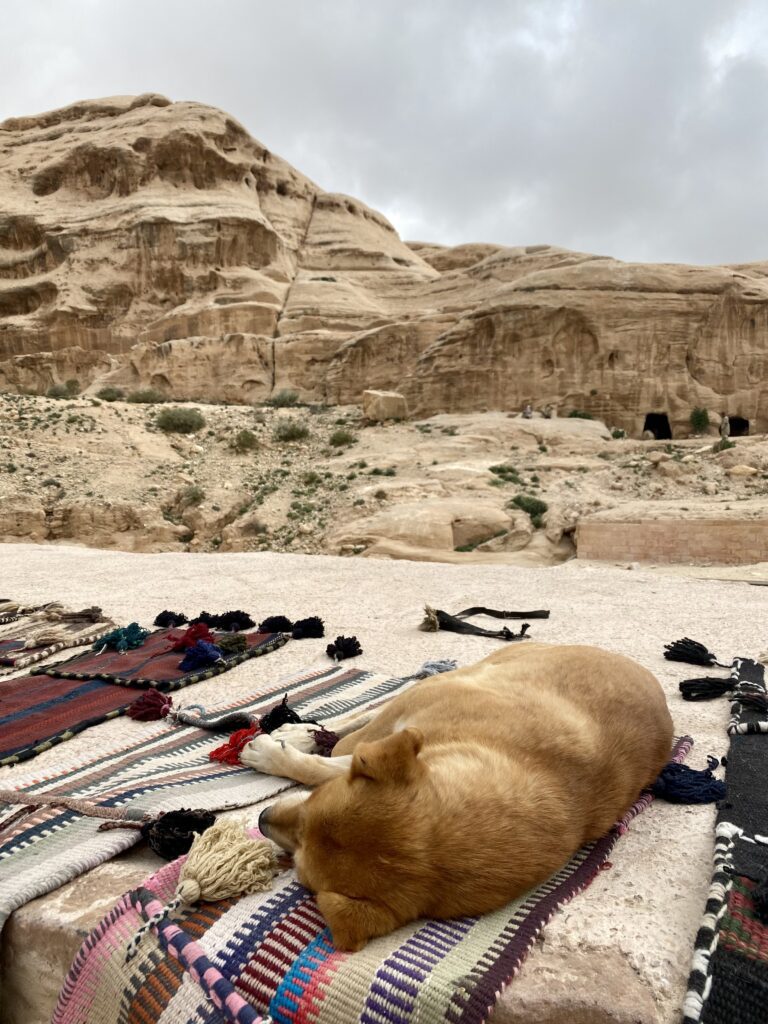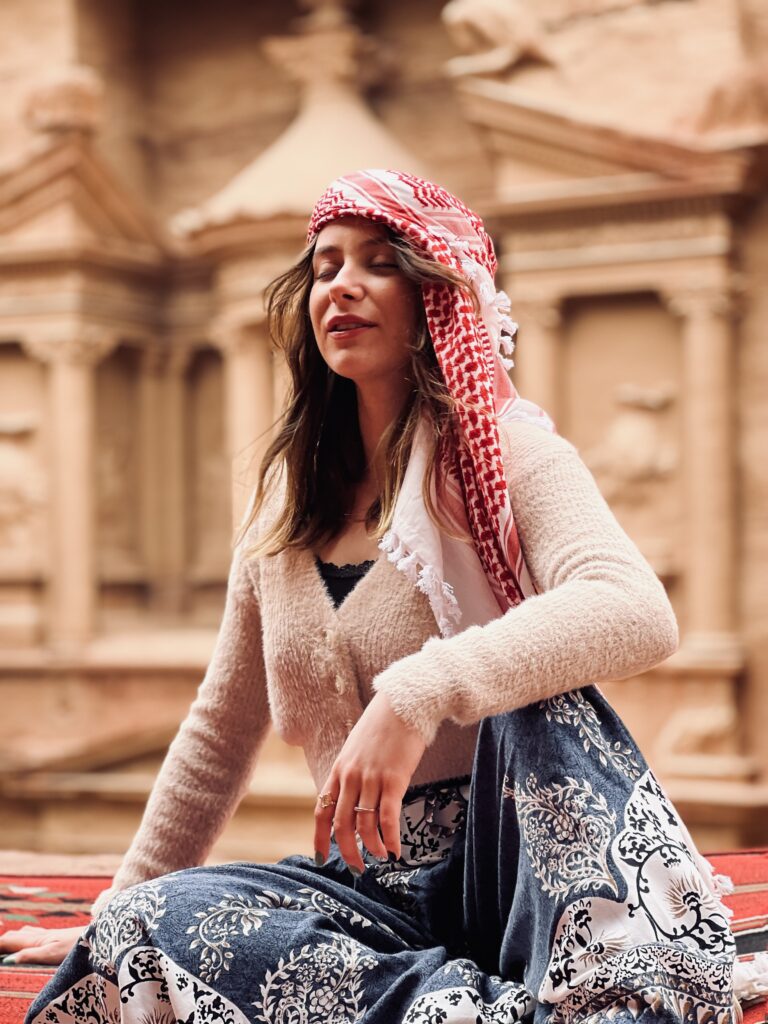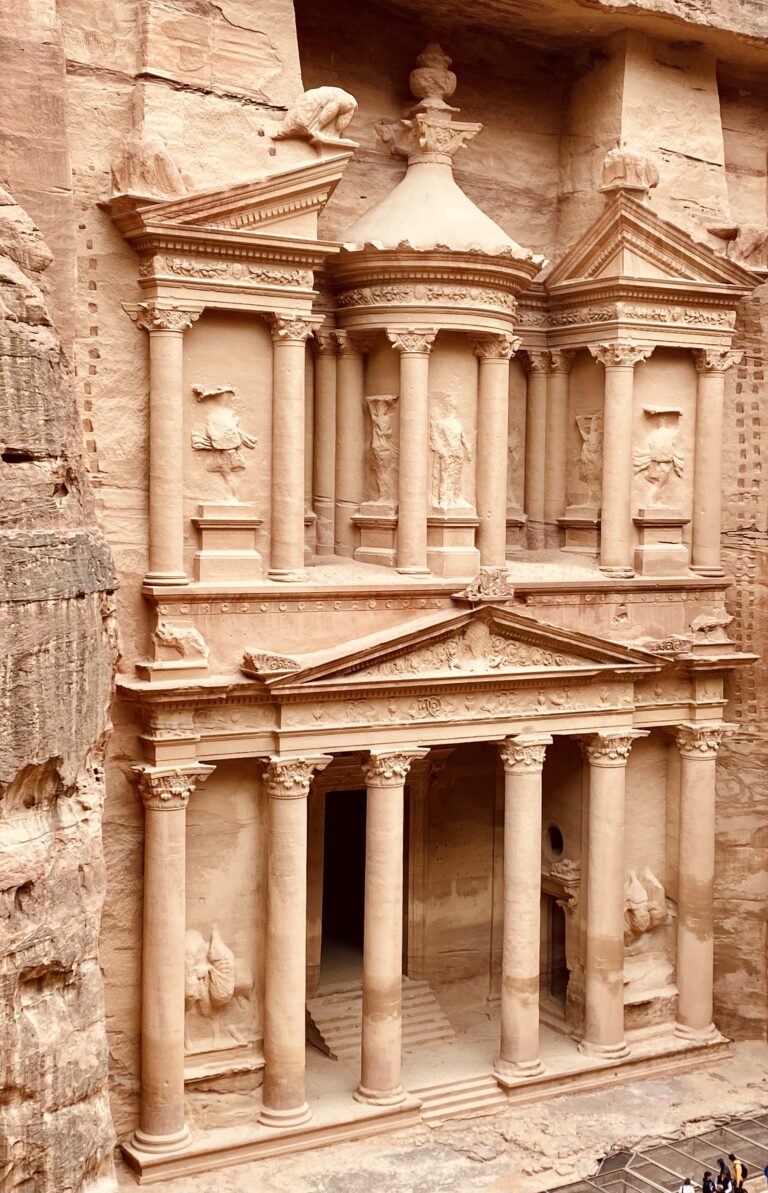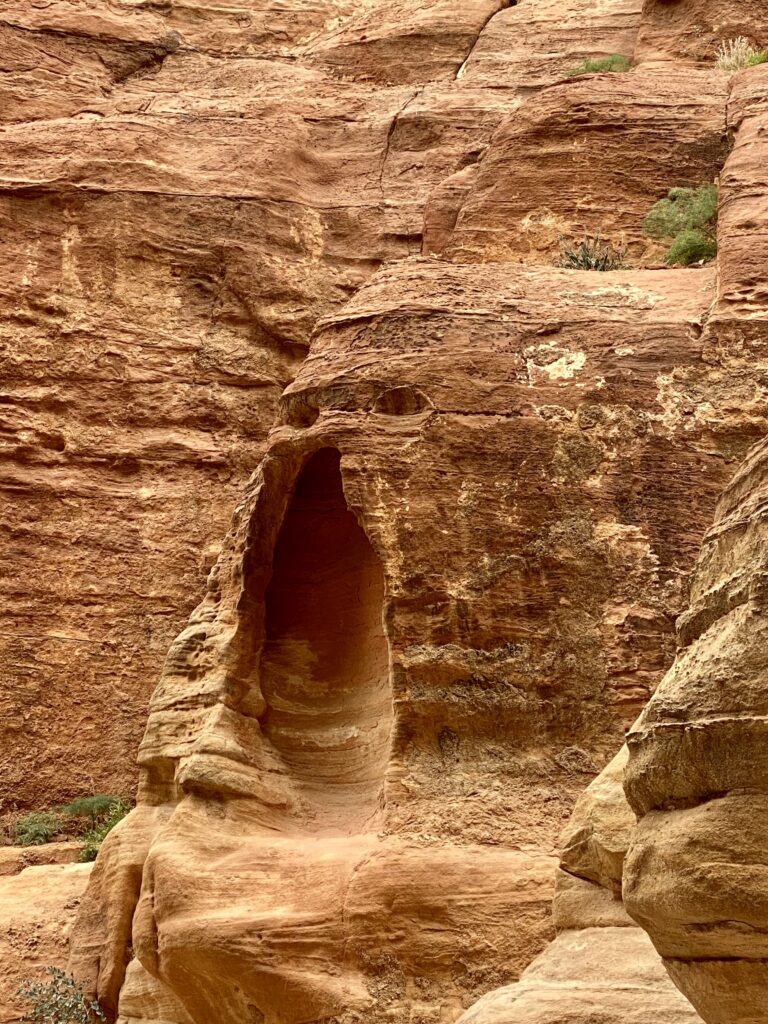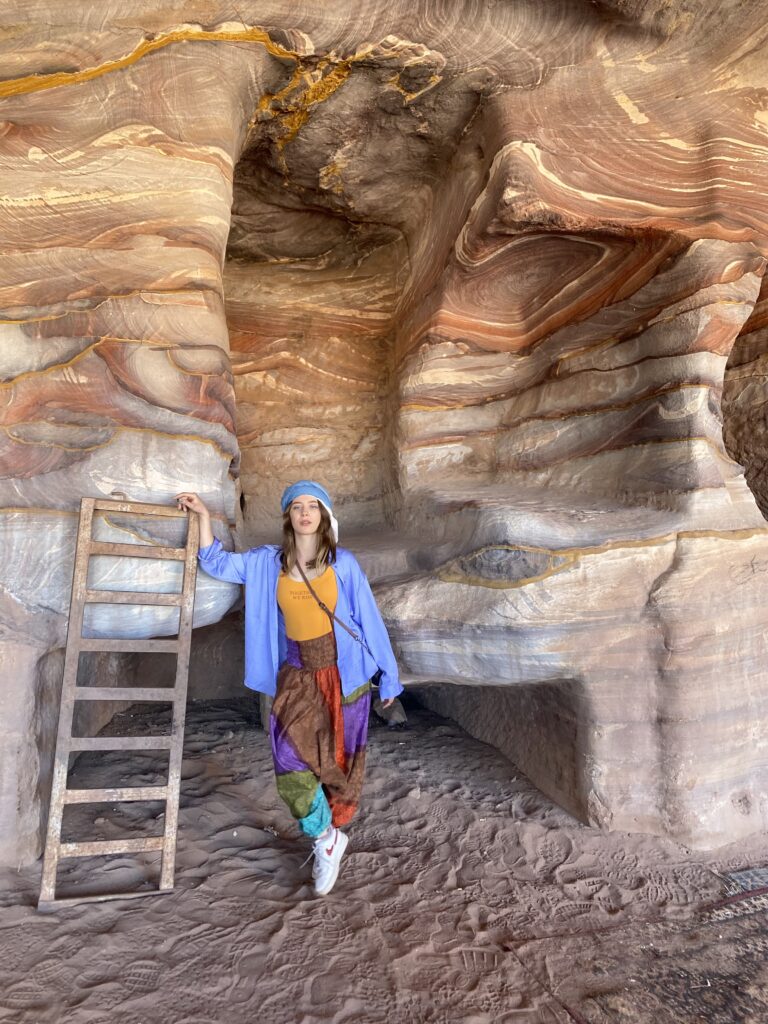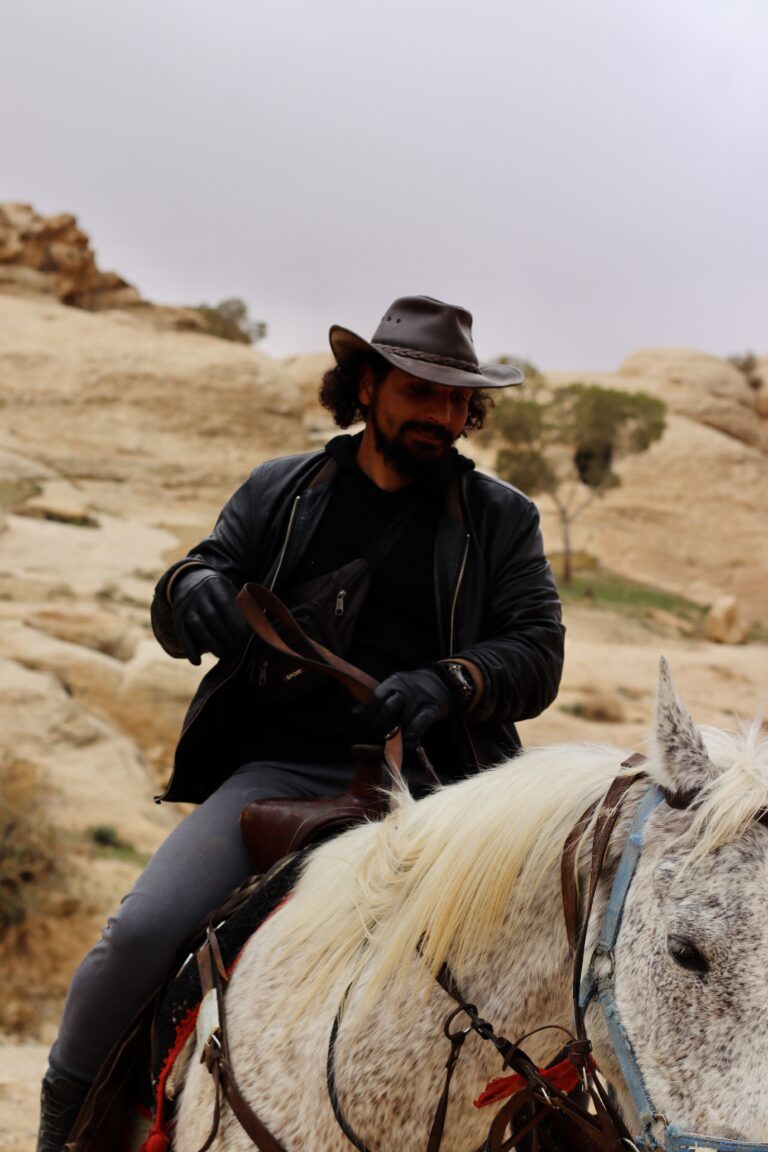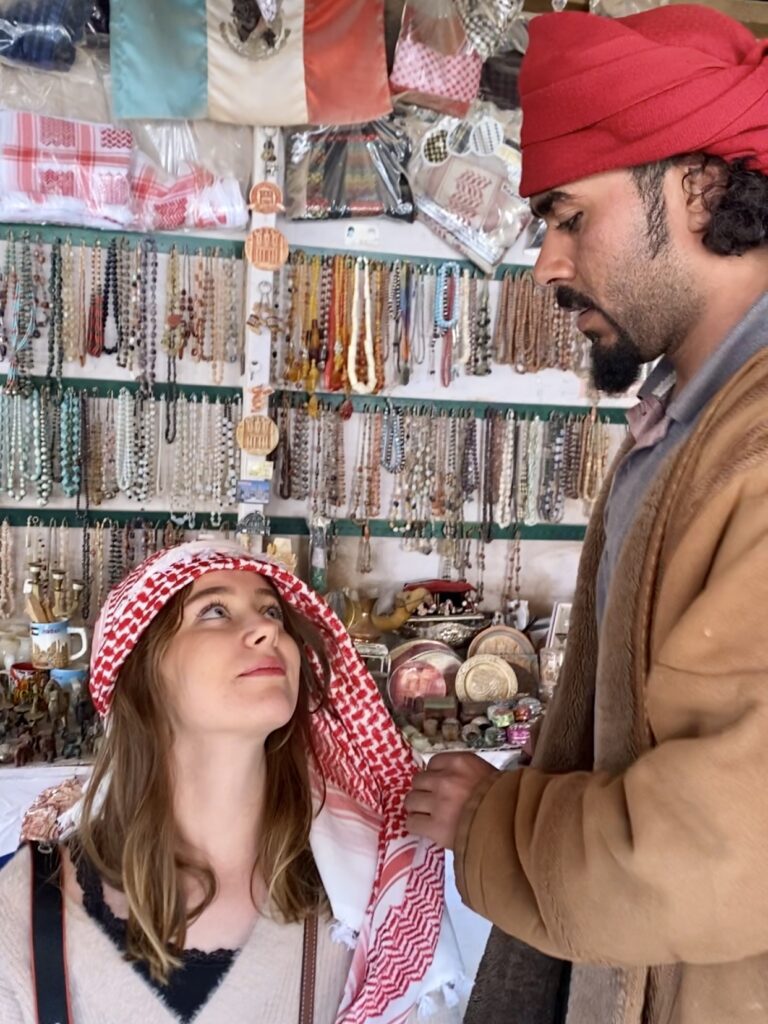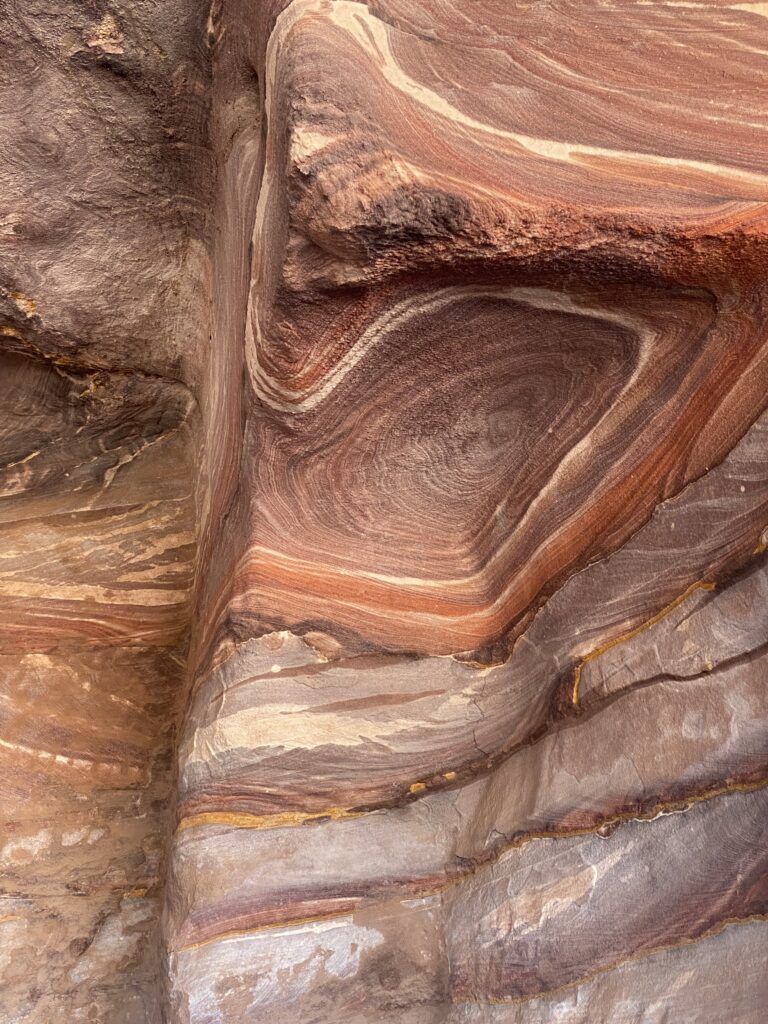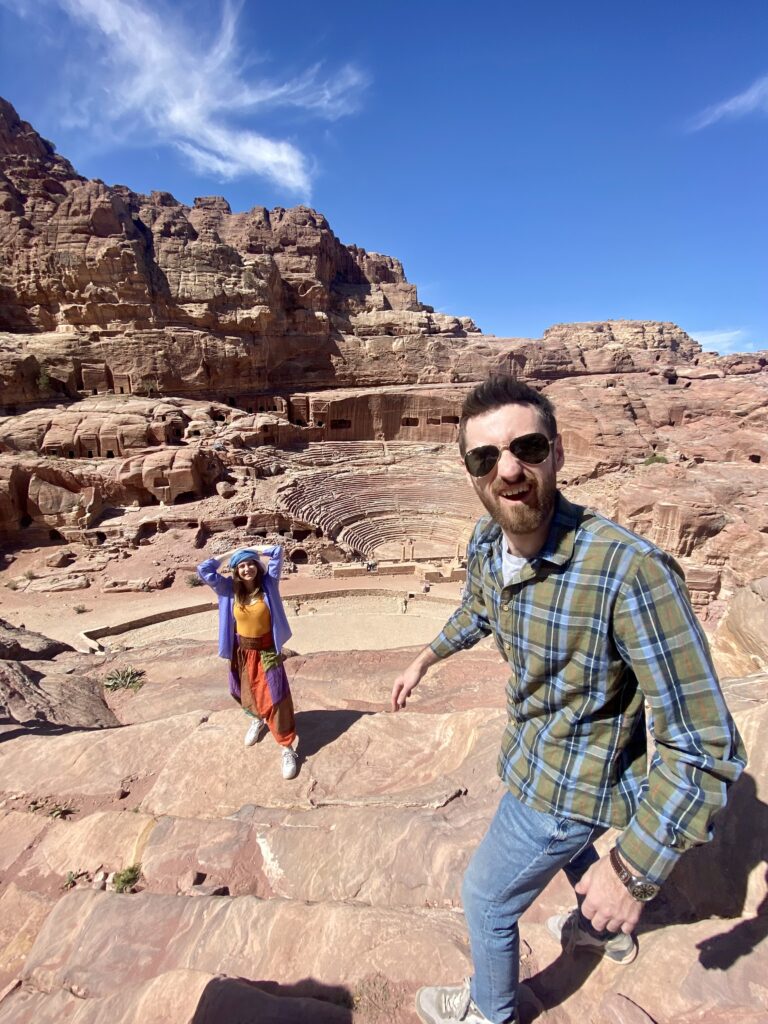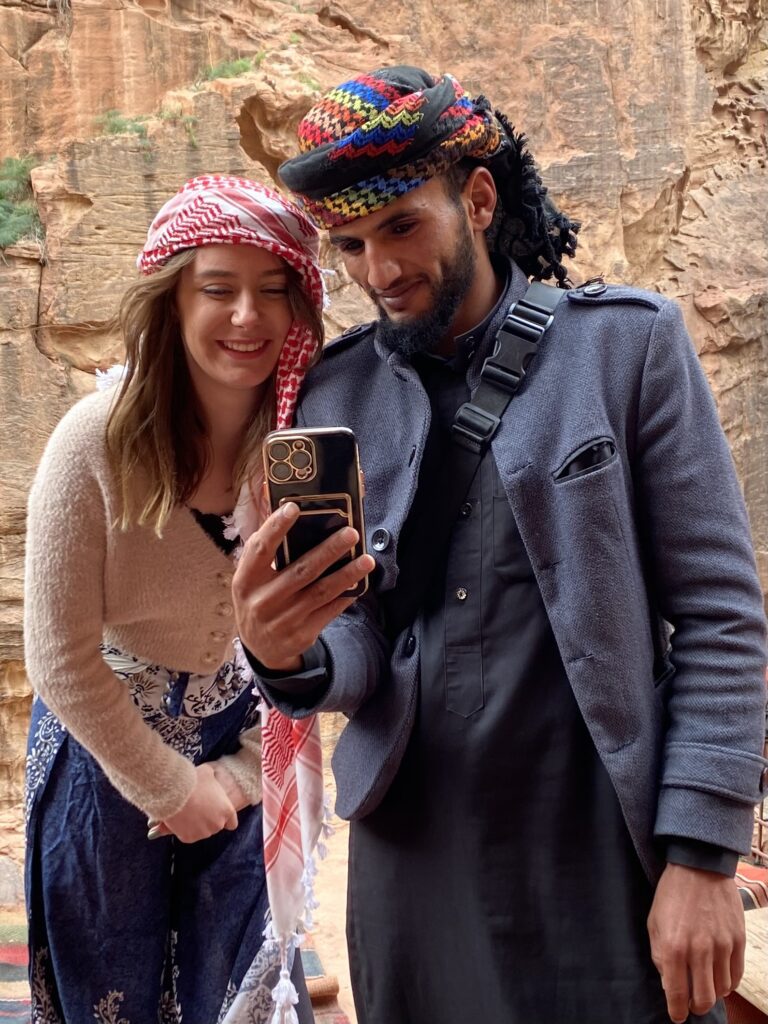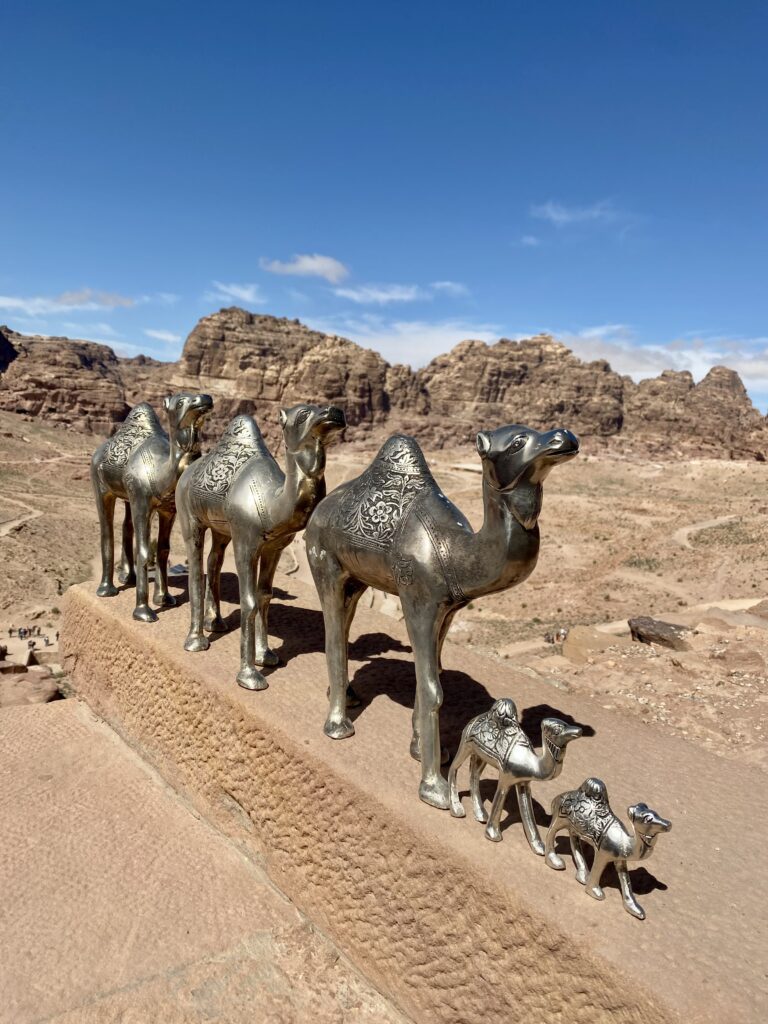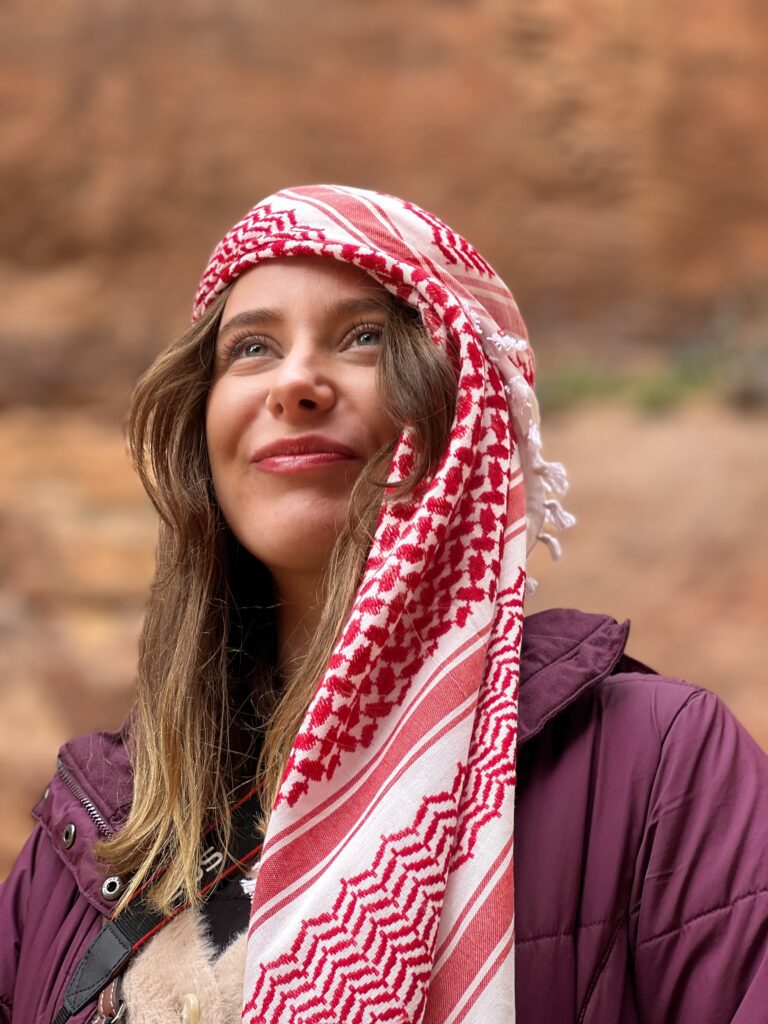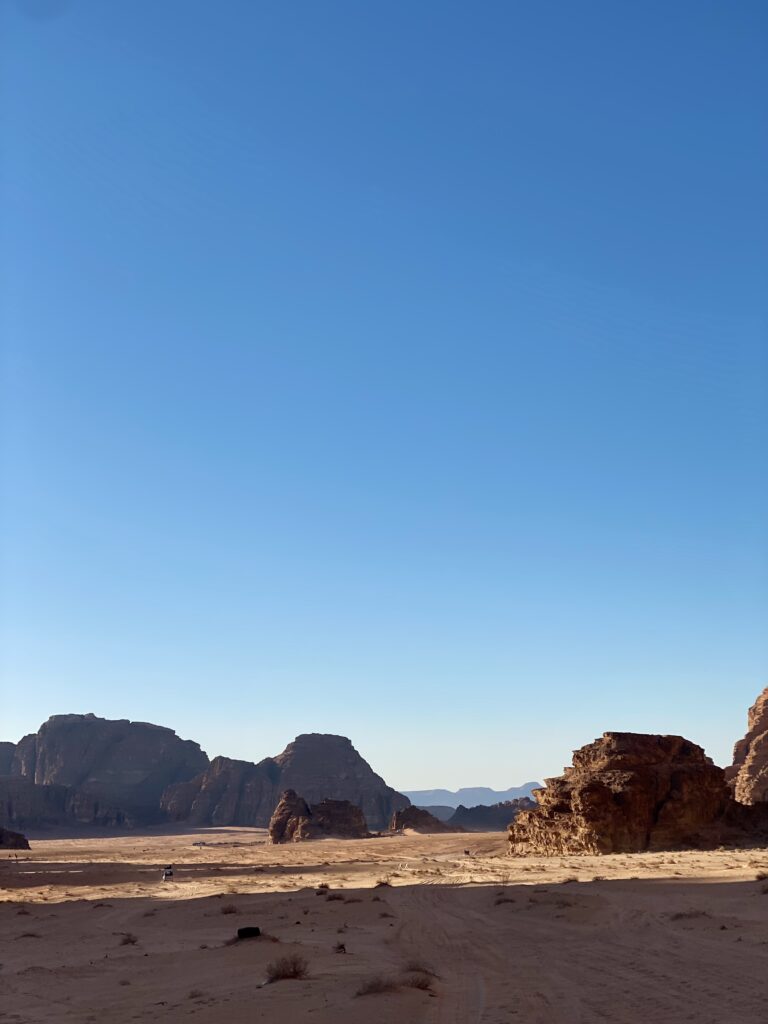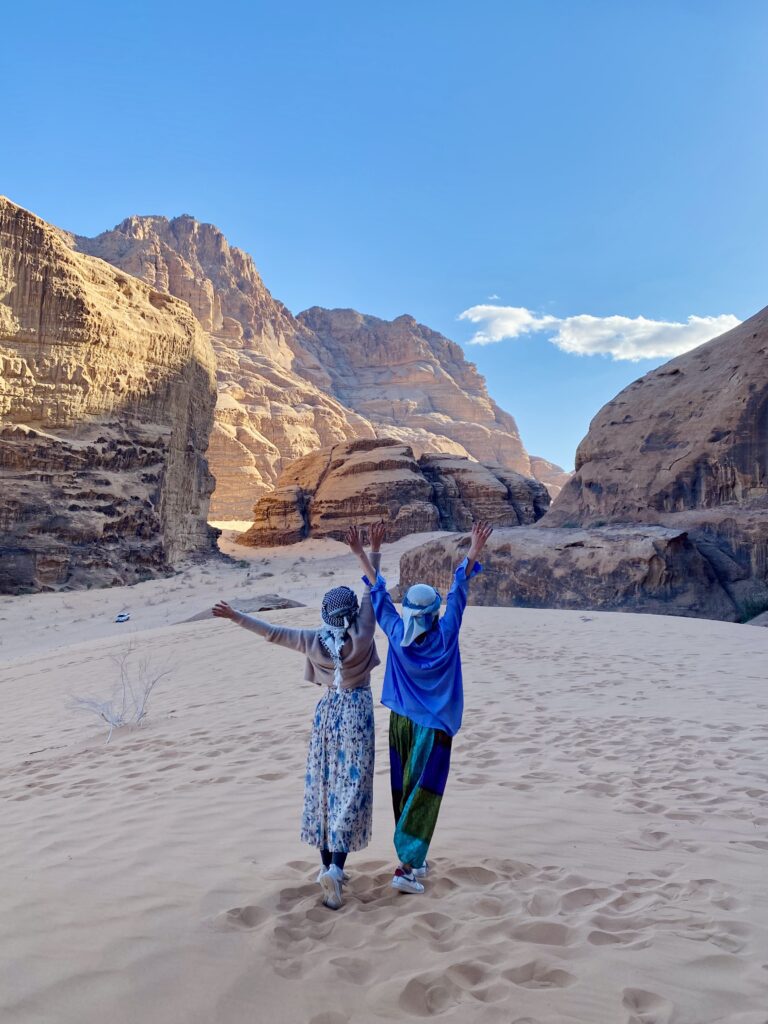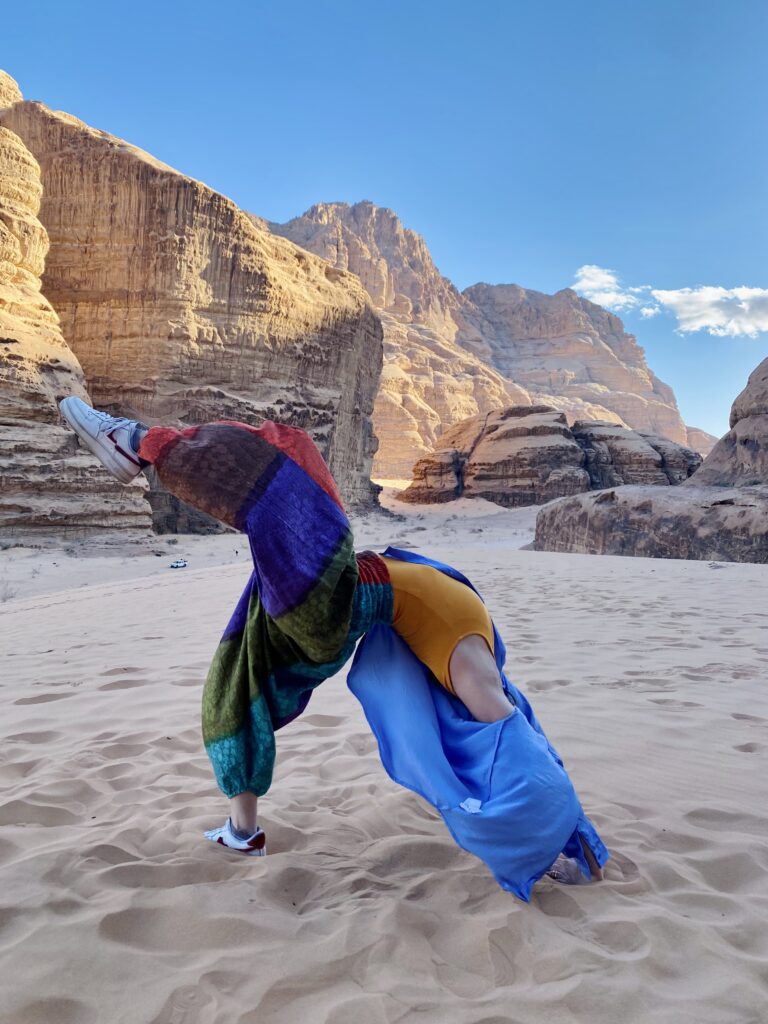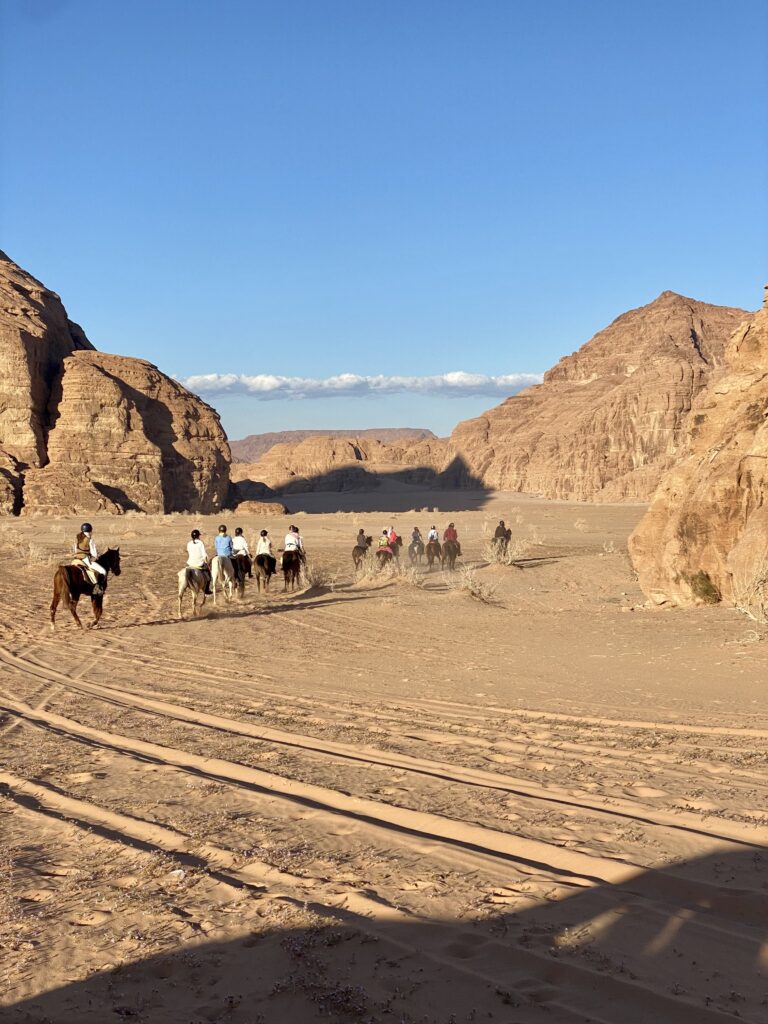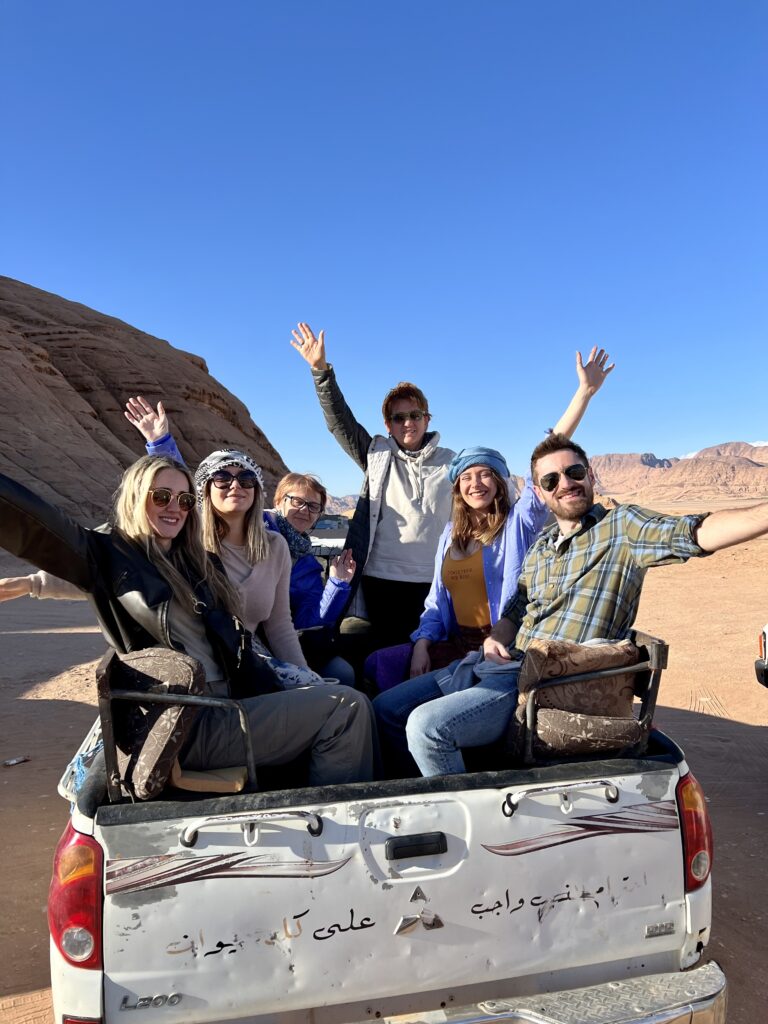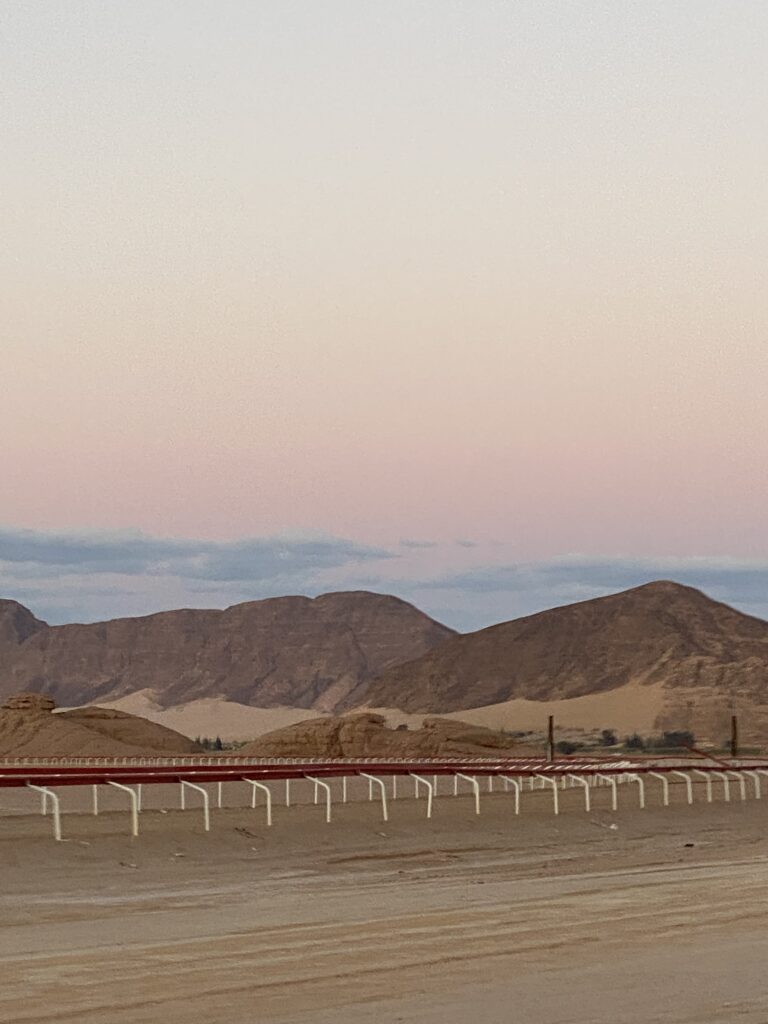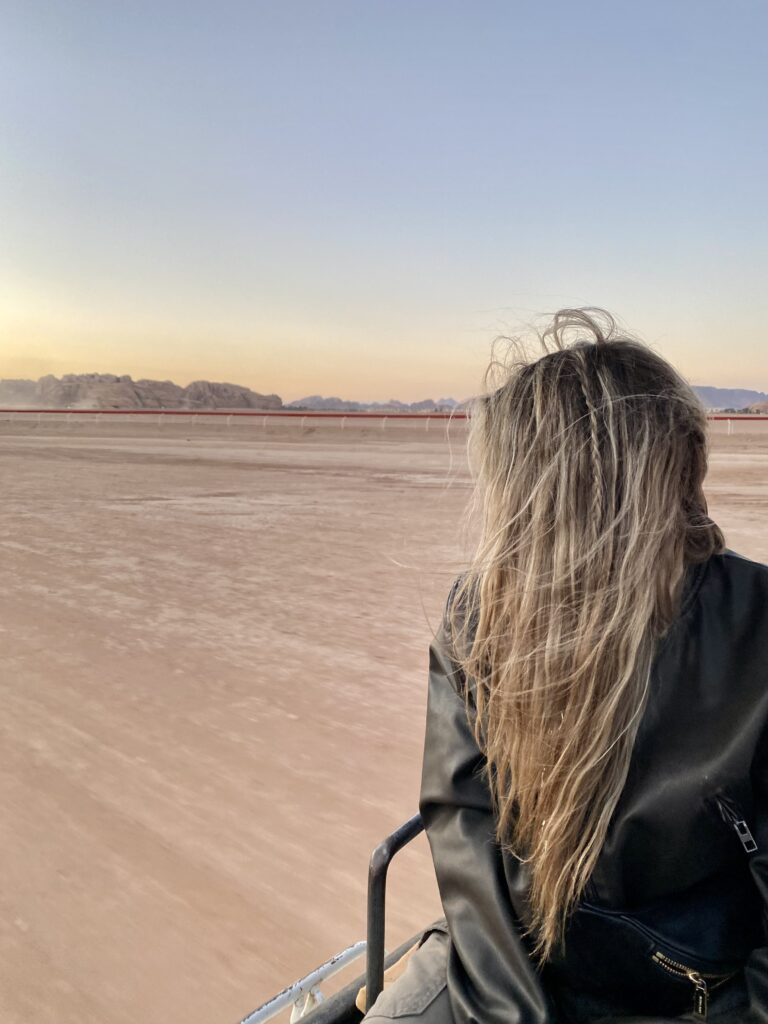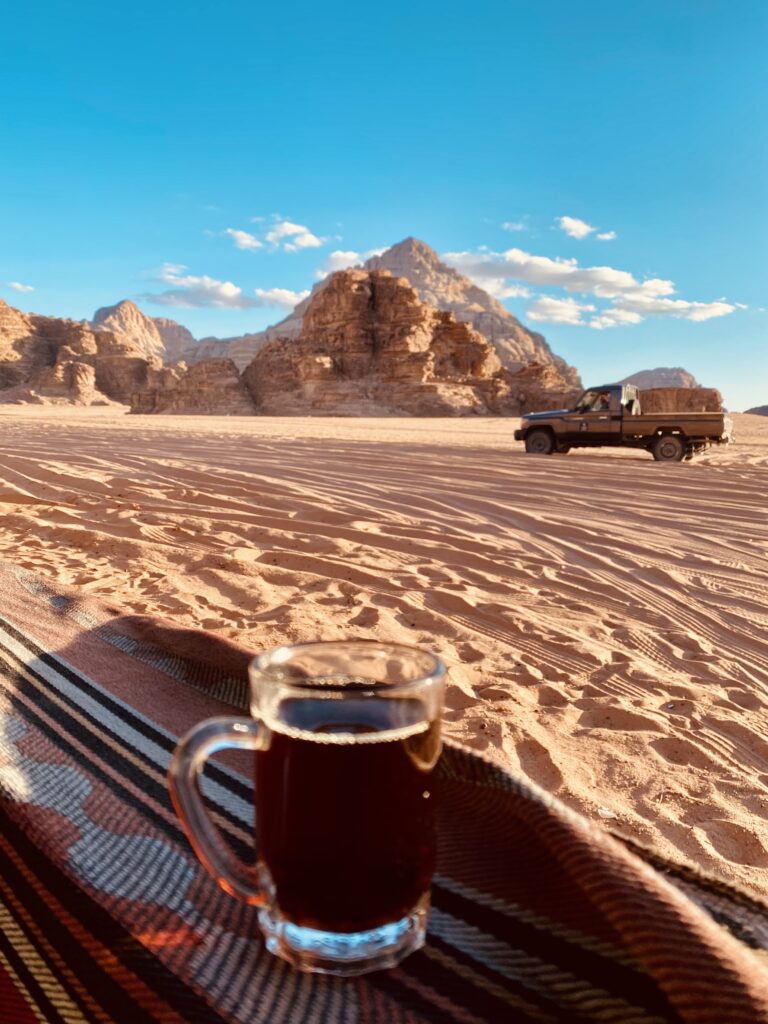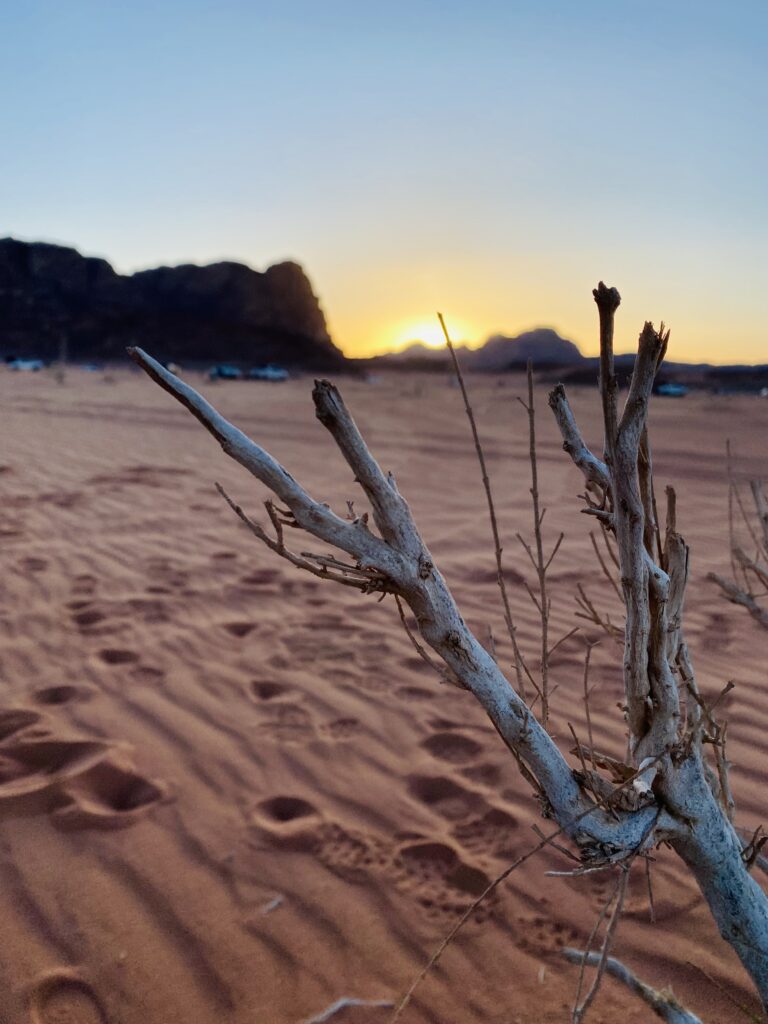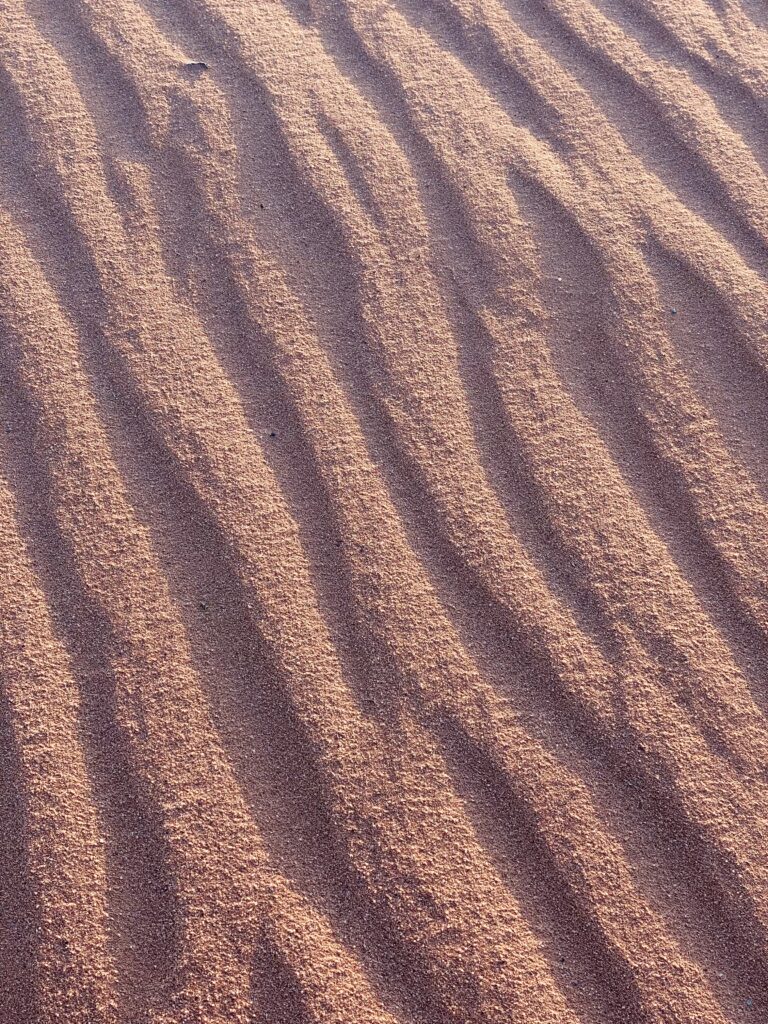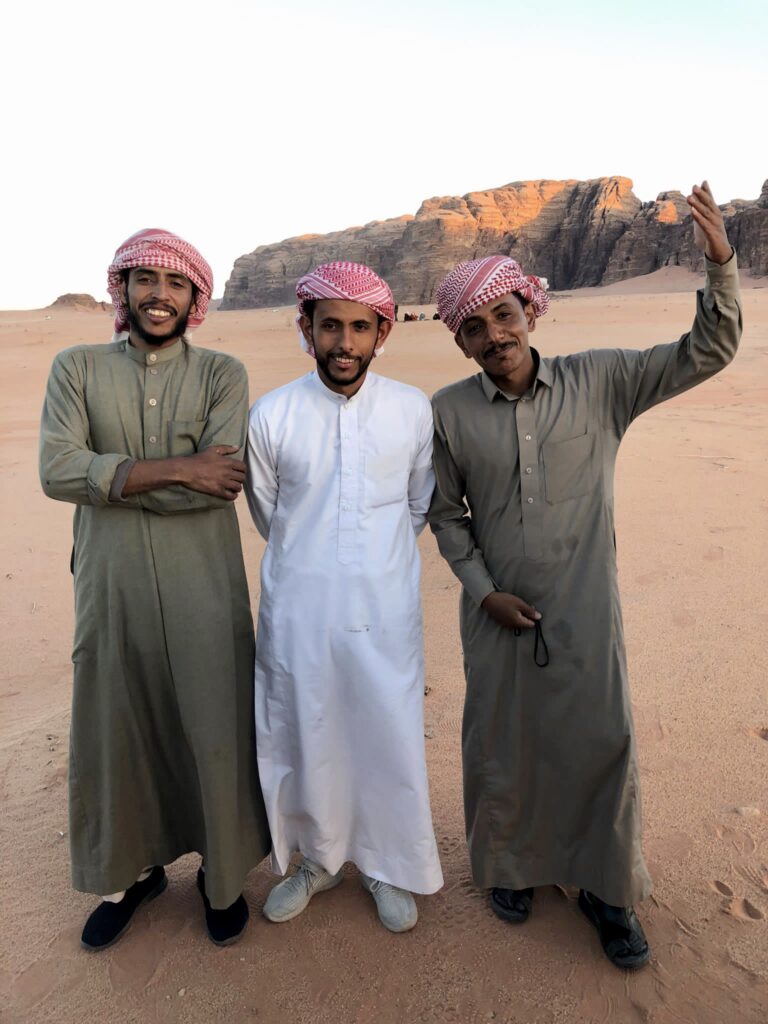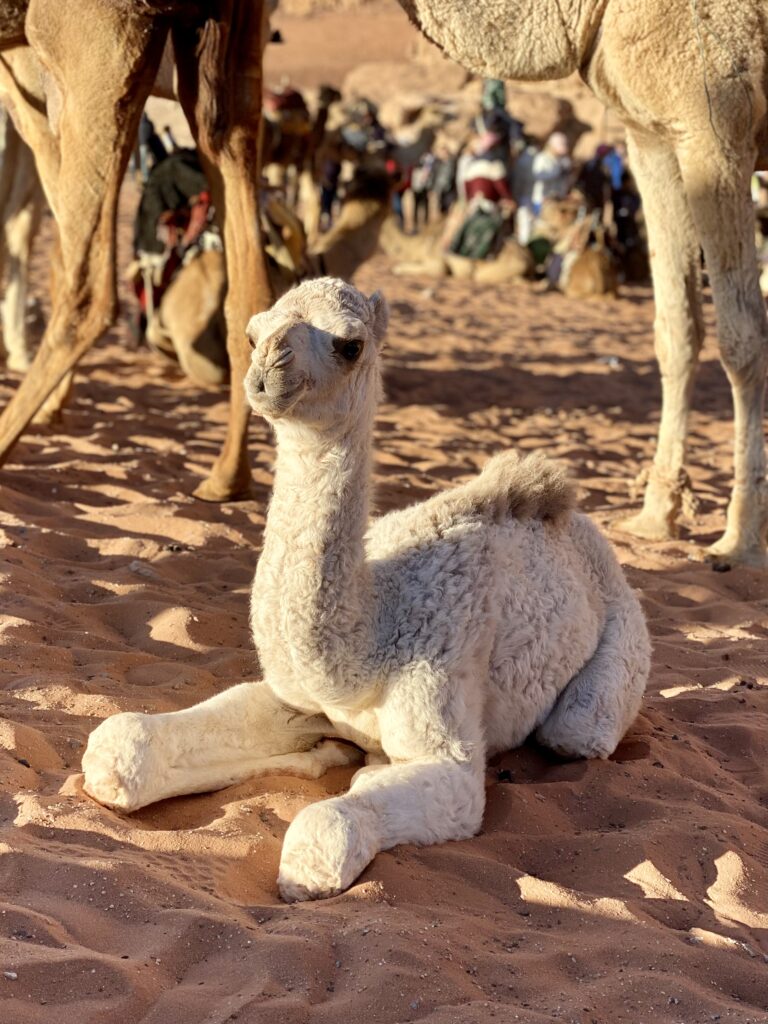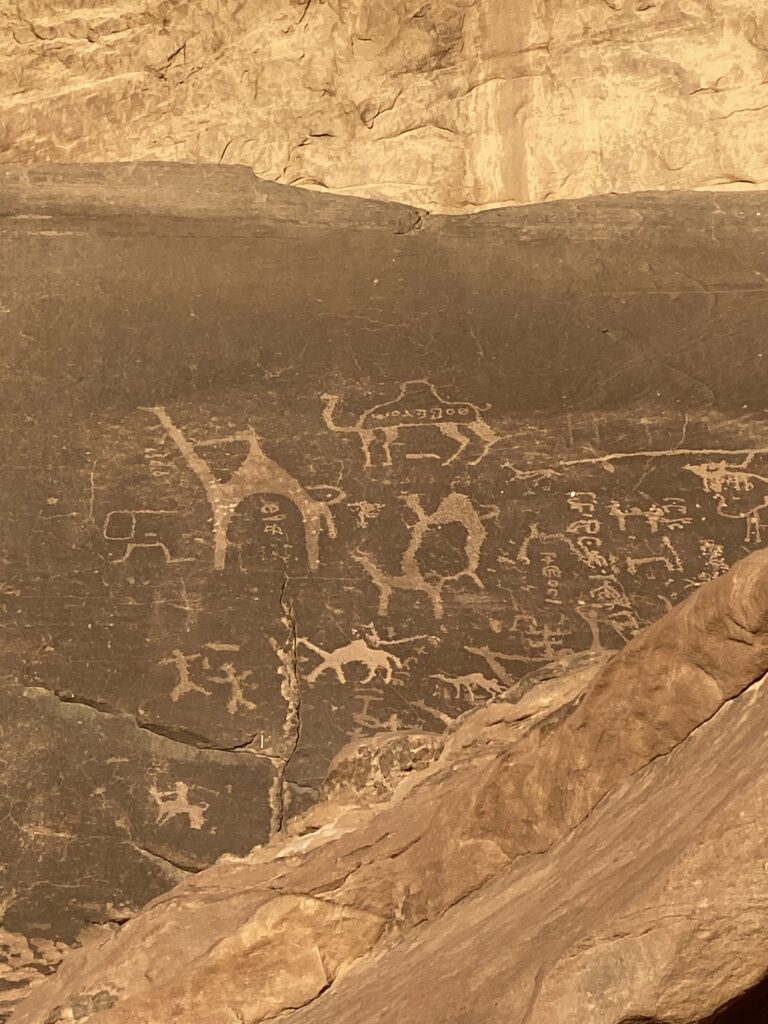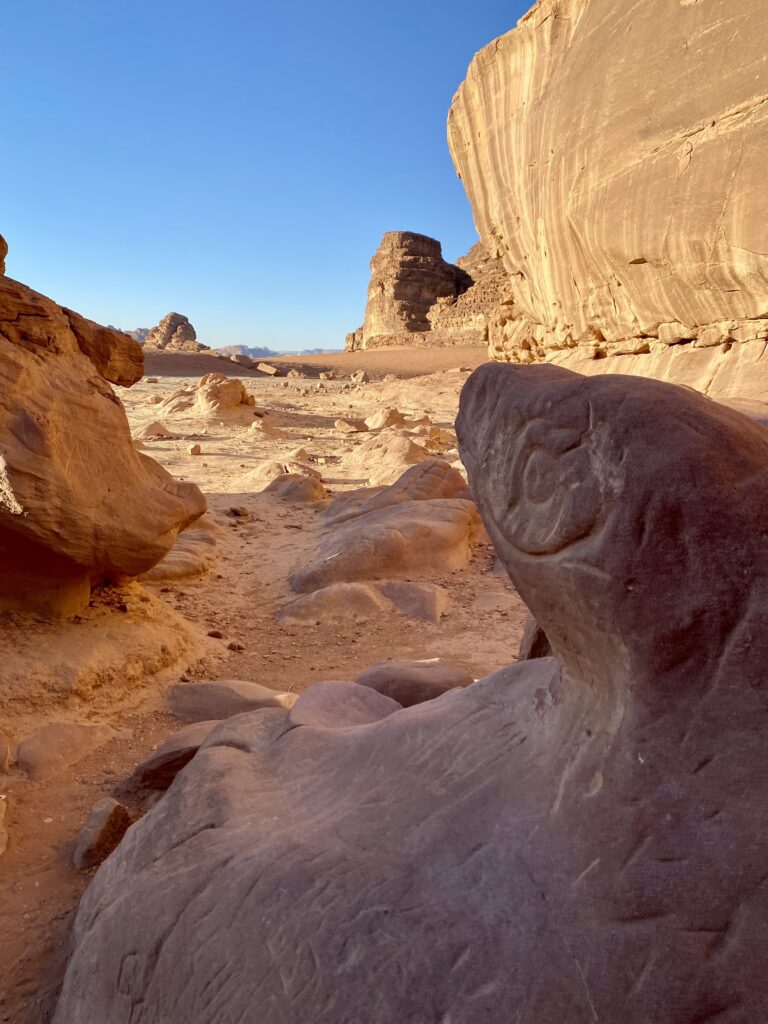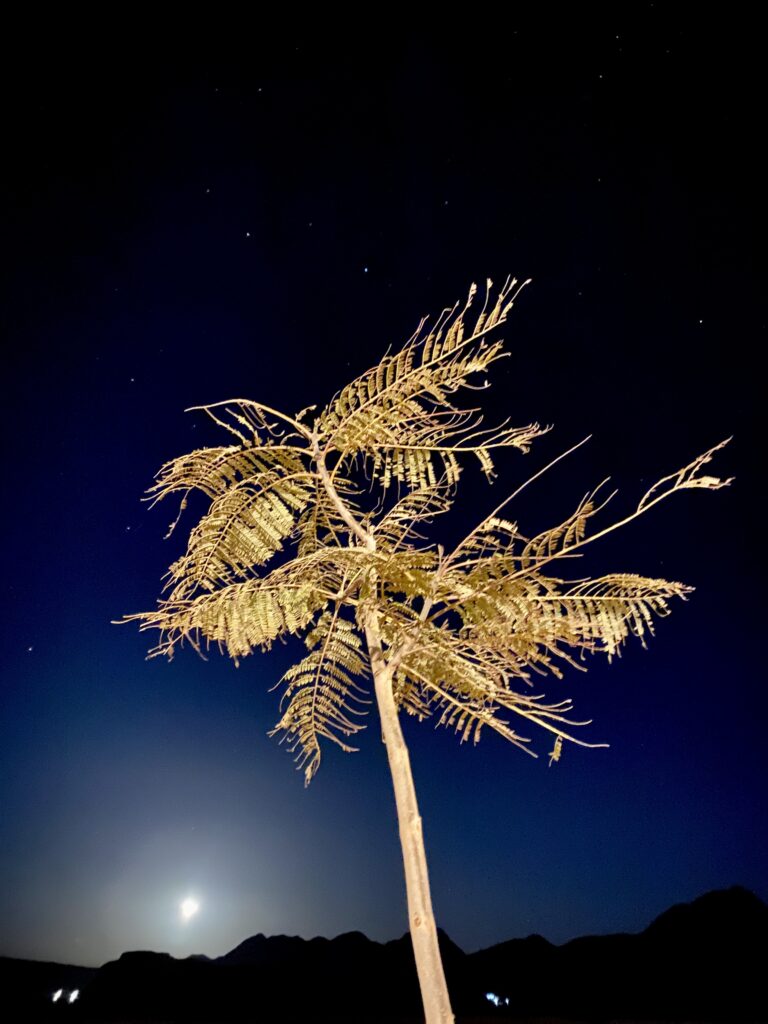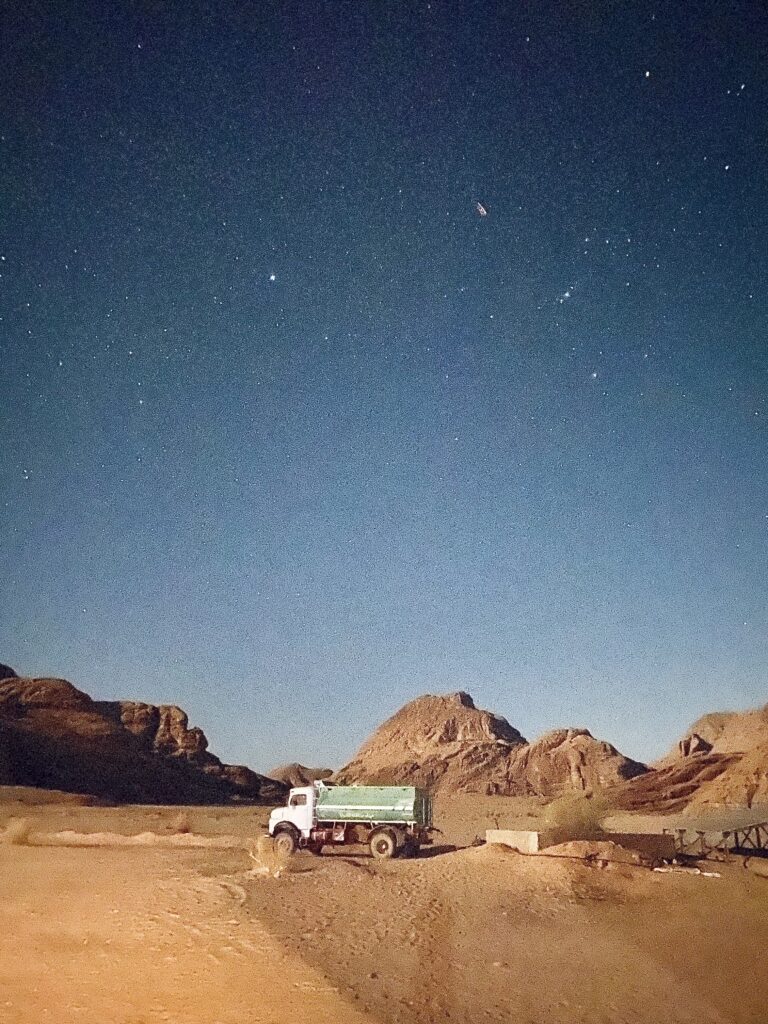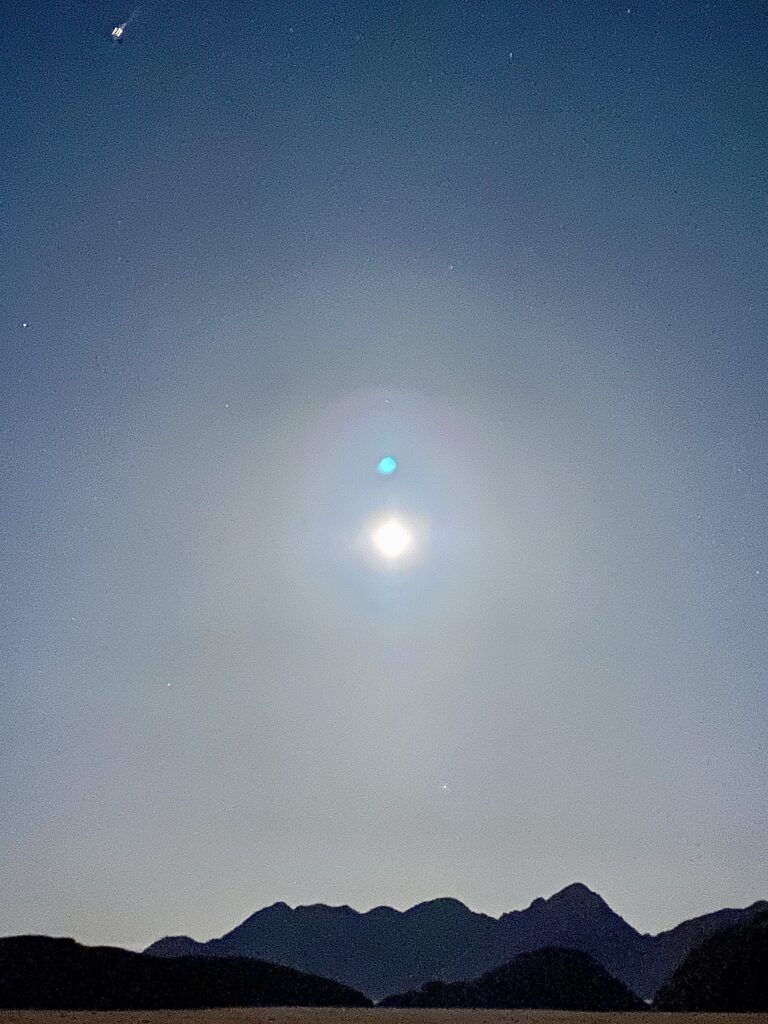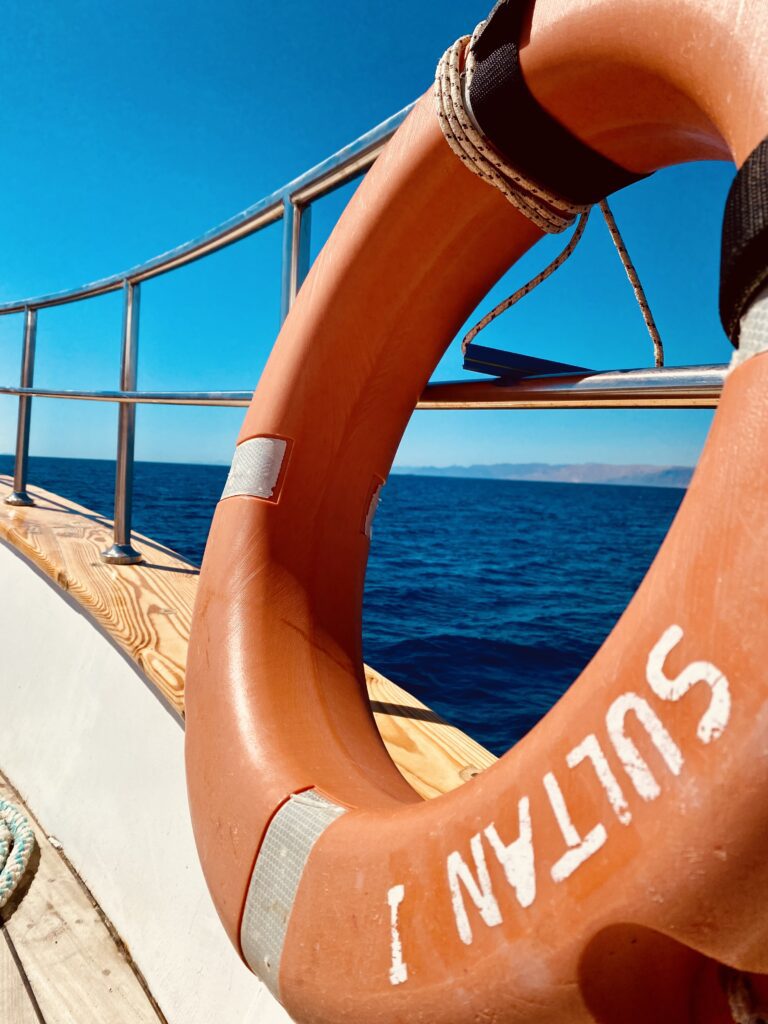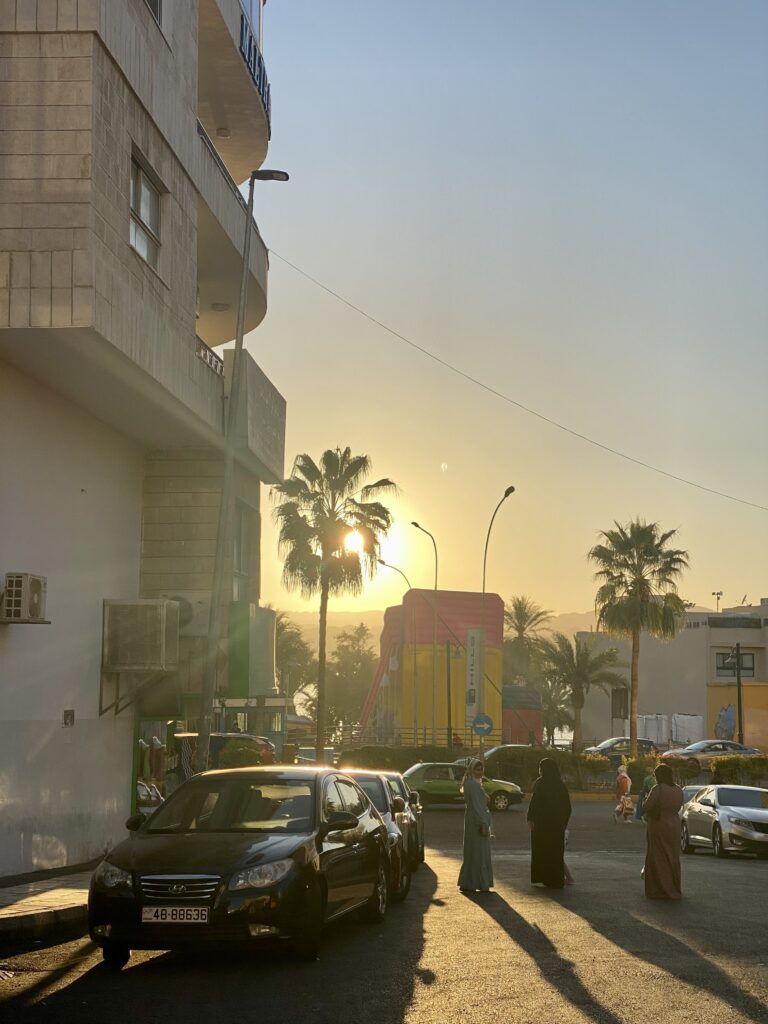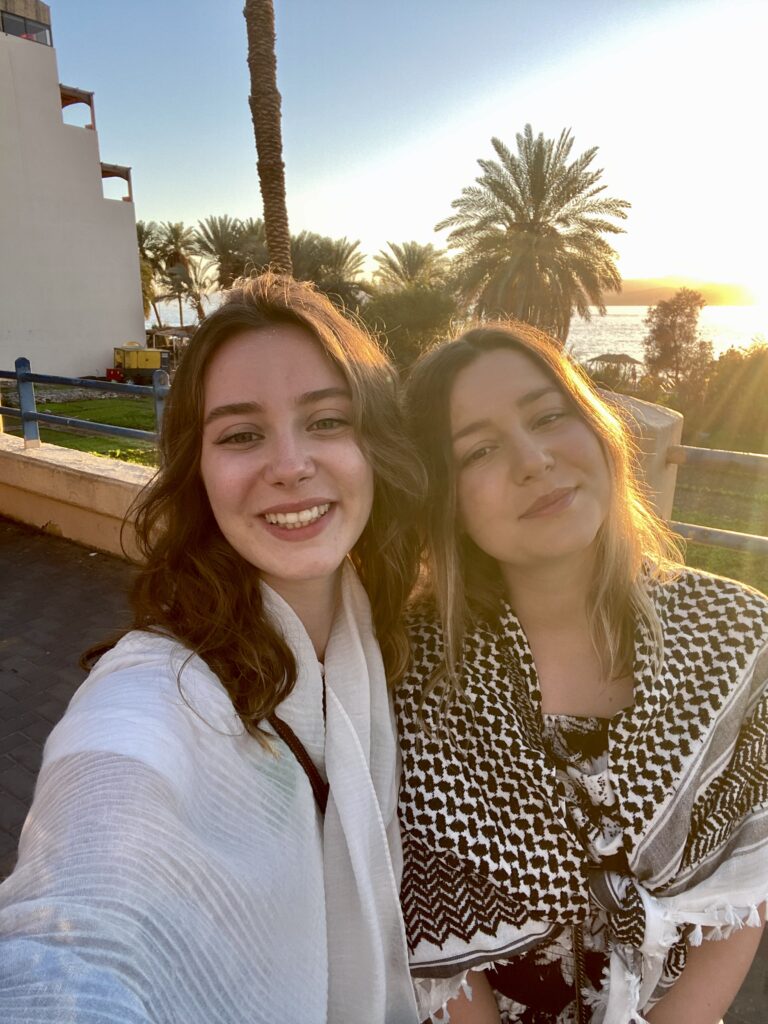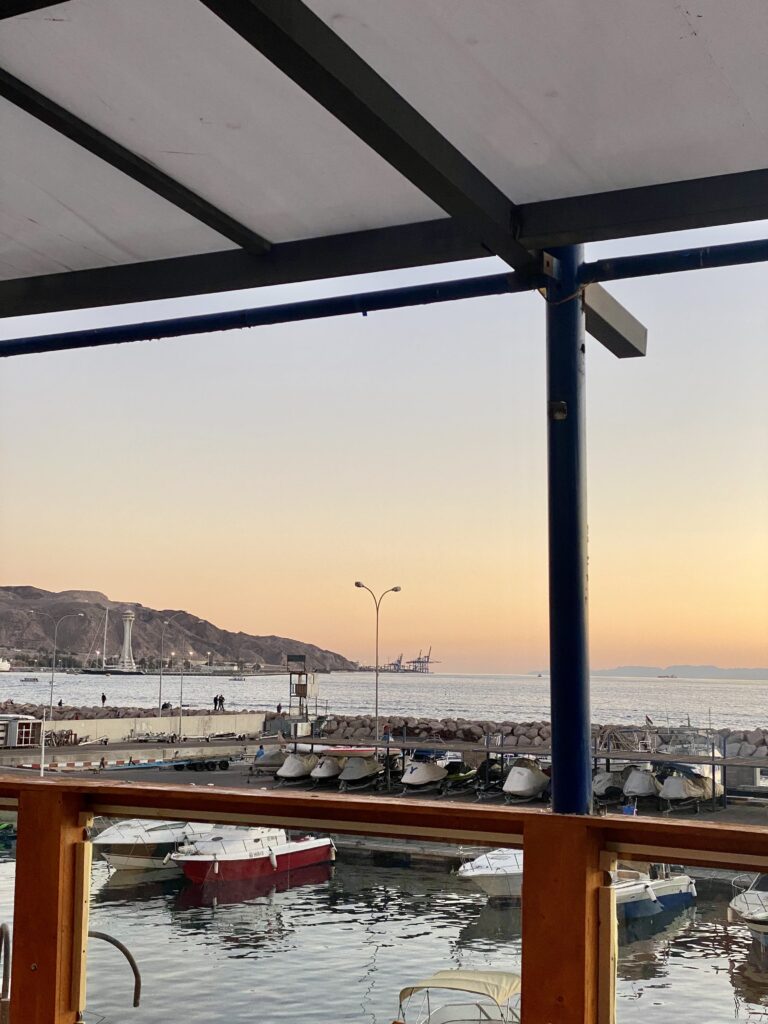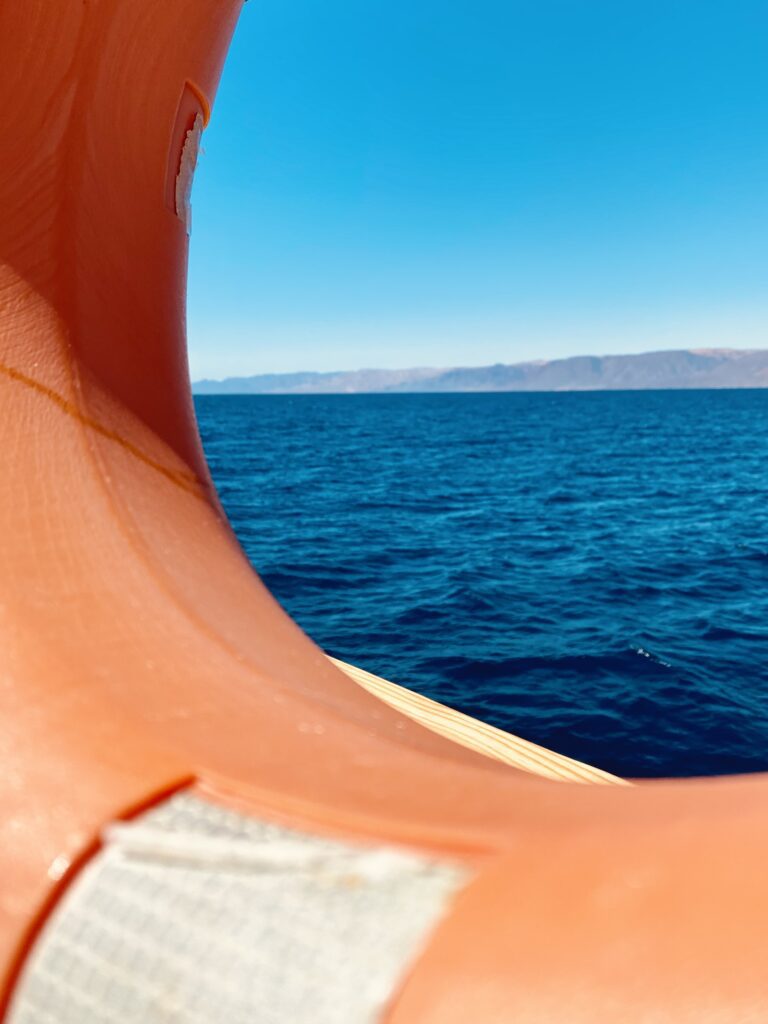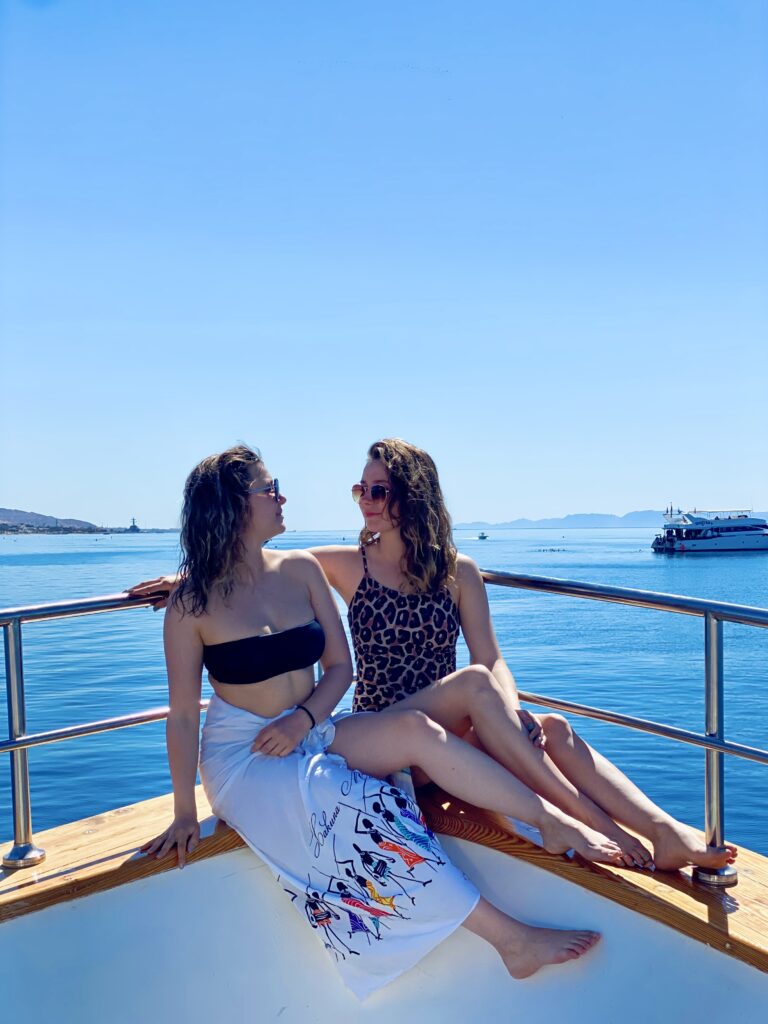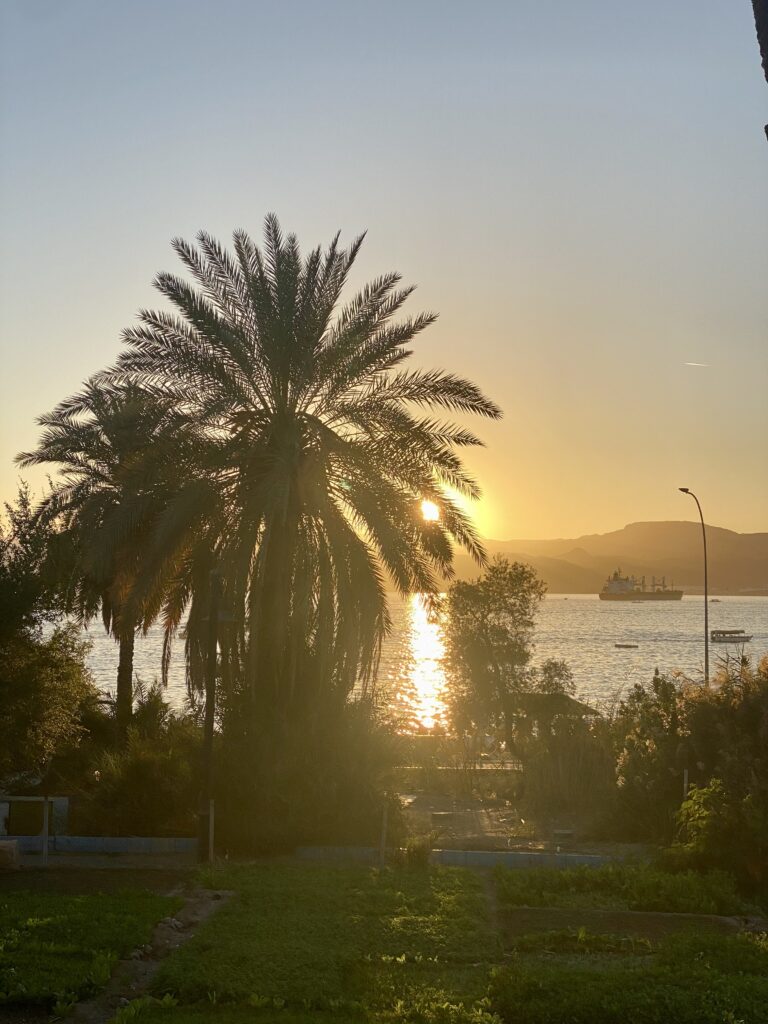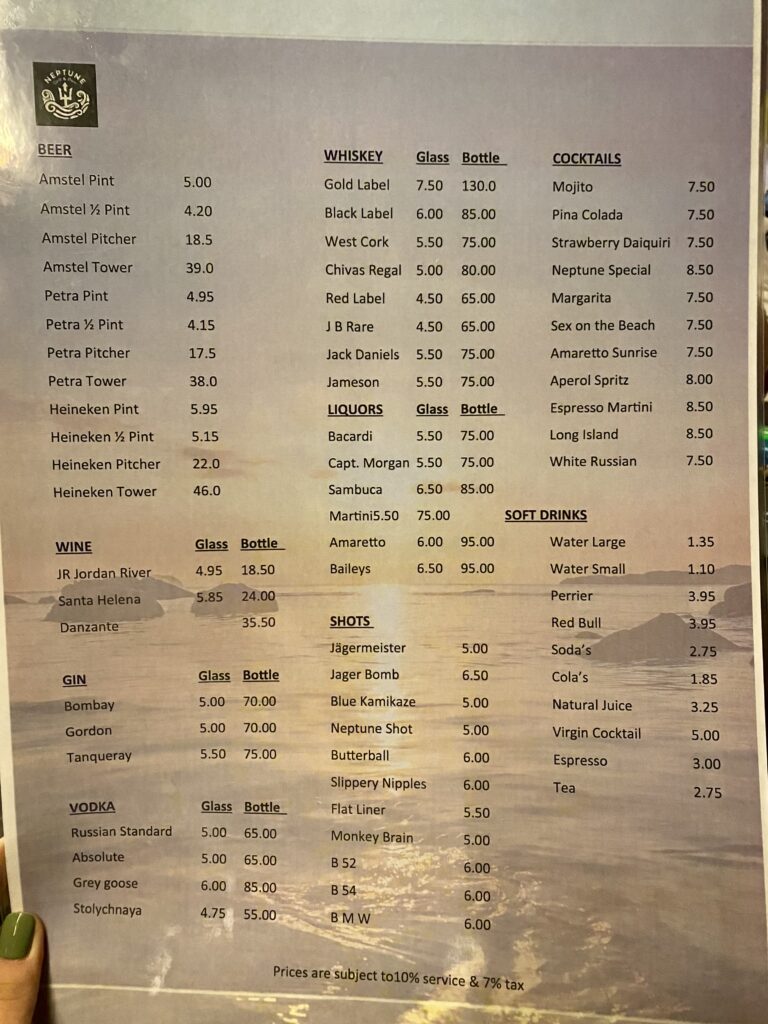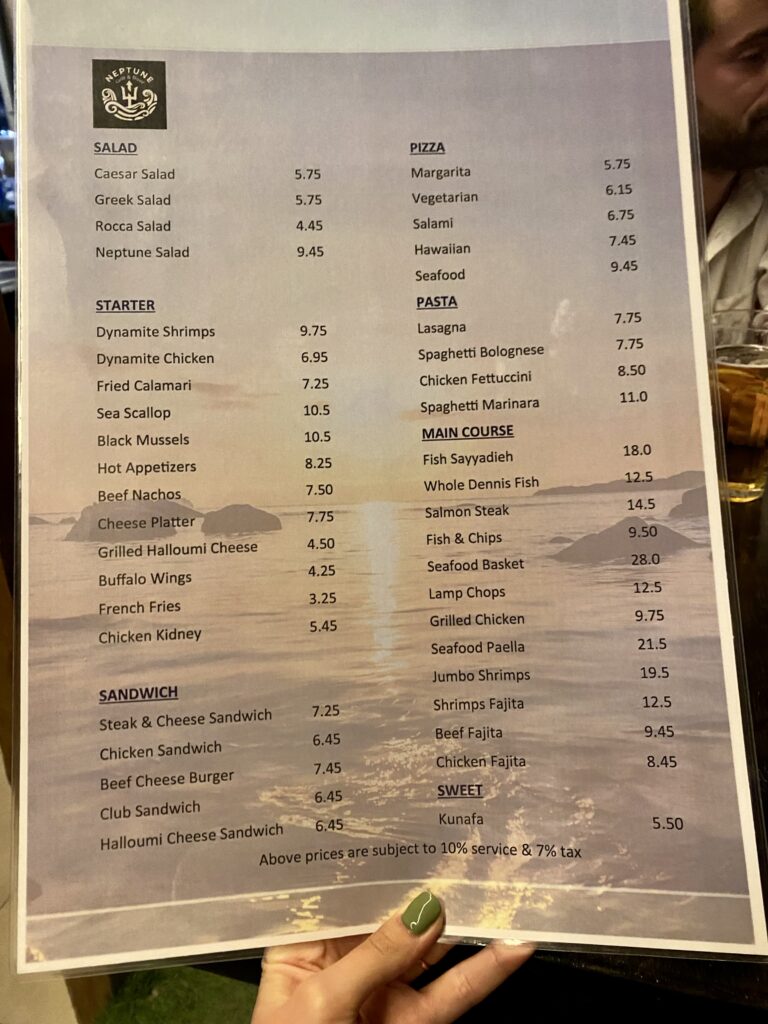Jordan
Welcome to Jordan, a country full of ancient history and rich cultural heritage. Located in the heart of the Middle East, Jordan is a land of striking contrasts, from the desert landscapes of Wadi Rum, through the picturesque city of Amman, the calm waters of the Dead Sea to the awe-inspiring ruins of Petra.
As you travel through Jordan, you will discover a land of hospitality and warmth, where ancient traditions are still celebrated and where modern life blends seamlessly with the past.
Find out before the trip:
How to get to Jordan
The cheapest and fastest way to get from Serbia to Jordan is by plane. There are no direct flights between the two countries, but there are several airlines that offer connecting flights. We flew from Budapest, which we reached by van organized by a travel agency, and then from there we flew to Amman, the capital of Jordan.
Jordan has another airport, in the city of Aqaba, which is located on the Red Sea, so tourists often fly there.
A visa to enter Jordan is obtained at their airport and is free. It is not necessary to bring any special documentation.
What is important is to register on the official website of the Kingdom of Jordan and then save the QR code that you will receive after filling out the form. No one checked or asked for anything except the passport, but it is certainly desirable to have all the necessary documentation, which also includes this QR code.
Tip: Don’t forget about travel health insurance.
Accommodation
As far as accommodation is concerned, we stayed in a hotel every day, except during the tour of the Wadi Rum desert when we spent the night in a camp. During the warmer months, spending the night in the desert offers an indescribable experience and it is possible to sleep on a mattress under a sky full of stars. Each type of accommodation had separate beds, Wi-Fi and private bathrooms, and the cities we stayed in were Amman, Wadi Musa, Petra and Aqaba.
Tip: Bring long-sleeved pajamas because even in summer the temperatures can be very low at night.
Food and drink
Jordanian cuisine is a combination of Middle Eastern and Mediterranean influences, with a focus on using fresh, local ingredients.
In hotels and restaurants, their traditional bread is usually served for breakfast, the most famous of which is Shark-tanak, unleavened bread, boiled eggs, hot dogs with vegetables, hummus, various sauces and spreads such as lebneh – thick cheese made from yogurt, then various types of fresh vegetables and of course local olives.
Lunch and dinner are usually marked by several types of rice, and the main course is usually Maqluba, a hearty pot dish made from rice, chicken and vegetables, cooked in layers and then turned upside down to serve.
If you want to taste the sweet taste of Arabic cuisine, be sure to look for a dessert called Knafeh, made of layers of shredded phyllo dough, cheese and syrup, often served with pistachios on top.
When it comes to drinks, alcohol is of course hard to find and is served only in some hotels or more modern bars, of course, at enormous prices. Of course, what you should try are freshly squeezed juices, and my favorites are limonana – lemon and mint juice and squeezed pomegranate juice. In Jordan, coffee is drunk as much as tea, so you can try many types of everything, and take the opportunity to experiment with other traditional hot drinks in addition to spicy Arabic coffee with an extremely strong aroma.
Jordan is one of the three poorest countries when it comes to water supplies and is mainly supplied by processing seawater and technical water, mostly rainwater. On the roofs of all buildings, there are cisterns with a volume of about 6,000 liters, which are refilled with water once a week, and if the residents use up the supplies before the next refill, they have to pay an additional 100 euros for a new one.
In supermarkets and shops, the price of a 500 ml bottle of water can range between 0.20 and 0.70 Jordanian dinars (about 30 cents and one euro), and a 1.5 l bottle between 0.60 and one JD (about 80 cents and 1.3 euros). In tourist areas and desert areas, the price of bottled water can be significantly higher, but most hotels offer free bottled water to their guests.
Tip: Tap water is generally not recommended for drinking in Jordan, although it is fine to, say, brush your teeth with it.
Currency
The official currency of Jordan is the Jordanian Dinar (JOD), also known as “JD”. One dinar is divided into 1000 fils. The Jordanian dinar is one of the strongest currencies in the Middle East region.
JD is widely accepted in Jordan, and many businesses and hotels will also accept major foreign currencies such as US dollars and euros as payment, although they may not offer the most favorable exchange rate.
It is recommended that you exchange your currency at an official exchange or bank to get the best possible exchange rate. You can find well-known Western Union exchange offices in every city, and ATMs are widely available in Jordan and many of them accept international bank cards.
Tip: You will do best if you bring dollars to Jordan and exchange them for the local currency, but euros are also perfectly acceptable.
Tip: It’s not uncommon for exchange office workers to ask for their customers’ passports for inspection, so keep that in mind before going to the exchange office.
Religion
Islam is the official religion of Jordan and plays a significant role in the culture and lifestyle of the entire country. Thus, Jordan is a predominantly Muslim country, with about 95% of the population practicing Sunni Islam, while the remaining 5% opt for other religions, such as Christianity. Jordan is known for its religious tolerance, and the country’s constitution guarantees freedom of religion.
According to Islamic law, polygamy is legal in Jordan and allows a man to marry up to four wives provided he can treat them equally and provide them and their children with adequate necessities of life.
It is worth noting that although polygamy is legal in Jordan, it is not widely practiced, nor is it socially acceptable in modern Jordanian society. Many Jordanians see this practice as outdated and prefer monogamous relationships. In recent years, there have been calls to reform laws regarding polygamy in Jordan, with some arguing that it should be banned or limited to exceptional cases.
The current King of Jordan is His Majesty King Abdullah II bin Al-Hussein. He came to the throne on February 7, 1999, after the death of his father, King Hussein. King Abdullah II is a 43rd generation direct descendant of the Prophet Muhammad and is widely respected both domestically and internationally for his leadership, diplomatic skills and commitment to reform and modernization.
The current Queen of Jordan is Her Majesty Queen Rania Al Abdullah and is highly regarded primarily for her advocacy of women’s rights and the welfare of children.


Best time to travel to Jordan
The best months to travel to Jordan are during spring (March to May) and autumn (September to November), when temperatures are mild and pleasant and the chances of extreme weather are less.
During spring, temperatures are usually warm during the day but cool at night, making it an ideal time for outdoor activities such as hiking and exploring desert landscapes. Wild flowers also bloom during this period, adding to the beauty of the land.
Autumn is an equally good time to visit Jordan, with warm days and cool nights, and the added benefit of fewer tourists. My first choice would probably be October.
Tip: During Ramadan (the Islamic holy month of fasting and prayer) working hours are changed, as are many activities, which should be taken into account when choosing a travel period.
What to wear
The clothes:
The wardrobe you bring will of course depend on the time of year you travel, so light, breathable clothing is recommended for the warm spring and hot summer months (April to September), with long-sleeved shirts and trousers for sun and mosquito protection. For ladies, dresses and skirts below the knee can be very practical.
Tip: Bring several pairs of unisex and tights as temperatures can change drastically during the day.
In the winter and autumn months (October-March) temperatures can drop significantly, so it is important to pack warm clothes such as sweaters, jackets and coats.
It is generally recommended for year-round travel to pack modest clothing that covers the shoulders and knees, especially when visiting religious sites or conservative areas. It’s also a good idea to bring a headscarf or scarf to cover your head and shoulders when necessary, such as when entering mosques or other places of worship.
Tip: Pack a coat and sunscreen.
Tip: The secret to well organized outfits is to dress in layers as the temperatures in Jordan change by the minute. So sometimes a short-sleeved shirt, a sweater and a thicker jacket may be necessary in the same day.
Footwear:
Comfortable, sturdy shoes or sneakers are essential year-round for a trip to Jordan, as you’ll likely be doing a lot of walking and hiking.
Sandals or flip flops are great for the hot summer months, especially when visiting the beach or swimming pools.
It’s also a good idea to pack thicker socks, especially in the winter months when temperatures can drop significantly.
Of course, it’s important to check the weather forecast and plan accordingly, but bringing light and modest clothing, as well as comfortable and sturdy footwear, will ensure you’re prepared to travel to Jordan all year round.
Tip: It’s good to always have a hanzaplast with you in case of unplanned blisters during long walks.
Souvenirs
In addition to beautiful memories and new acquaintances, it’s always nice to take home an object from a trip that will remind you of the country you visited the most.
Handicrafts: Jordan has an extraordinary collection of handmade works, everything from handwoven carpets and scarves to pottery, ceramics and glassware. These items are often sold at bazaars – traditional markets and are excellent souvenirs that showcase the country’s artistic and cultural heritage.
Tip: Such products, as well as magnets, are the cheapest in Petra.
Jewelry: Jordan is also known for his unique and detailed jewelry designs, with many pieces featuring semi-precious stones and other traditional motifs. Look for pieces made of silver or gold or with iconic Bedouin-style designs.
Spices and Herbs: This country is home to a rich culinary tradition, and many visitors choose to bring home packets of local spices and herbs to relive the country’s flavors at home. Look out for popular spices like za’atar, sumac, and cumin.
Olive oil: Jordan is also known for producing high-quality olive oil, an excellent choice for lovers of tasty and healthy souvenirs.
Mosaics and Antiquities: For those interested in history and archaeology, Jordan is a treasure trove of ancient artifacts and mosaics. Although it is illegal to export antiques from the country, you can still find high-quality replicas and reproductions that make beautiful and unique souvenirs.
Tip: Near the Dead Sea there is a factory where, in addition to cosmetic products made from mud, you can witness the making of mosaics live and, of course, buy them.
Tip: Don’t forget that when buying souvenirs, always take into account local customs and laws and that you must not bring souvenirs such as knives or original desert sand, shells, etc. across the border.
Amman
Amman is the capital and largest city of Jordan, located in the northwestern part of the country. The city has a rich history dating back to the Neolithic, and today has a population of over 4 million people, making it the most populous city in Jordan. It is also the political, cultural and economic center of the country, with many government institutions, universities, museums and businesses located there.
The city gives the impression of a place where anyone could find what they are looking for and is home to several historical landmarks and tourist attractions, some of which you should not miss are:
Rainbow Street
Rainbow Street is a popular and lively street located in the heart of Amman and is known for its colorful buildings, trendy cafes, restaurants and shops, as well as its lively nightlife. Today, the street is home to a mix of traditional and modern architecture and has become a center of creativity and entrepreneurship. Because of the very photogenic nature of the street, many Syrian and Jordanian films and series have been filmed there.
We decided to take a break in a coffee shop with a long family tradition called Mijana, which offers an extraordinary view of the entire street.
The Citadel
The Citadel, also known as Jabal al-Qal’a, is a historic site located on top of a hill in the heart of Amman.
It was inhabited since the Bronze Age, and over the centuries it was used as a fortress, a royal palace and a religious center. Today, visitors can explore the ruins of various historical buildings, such as the Temple of Hercules, the Umayyad Palace, and the Byzantine Church.
The citadel is a site that is worth visiting, especially because of the beautiful view that its position offers over the city. This destination is the choice of many newlyweds for their wedding day photography and it is almost inevitable that you will attend one of them, which gives a special charm and feeling to the whole experience.
Tip: The entrance fee includes a visit to a small museum that displays artefacts from the Citadel’s history, including pottery, coins and jewellery.
King Abdullah Mosque
The King Abdullah Mosque got its name from the first king of Jordan and today it is not only a religious place, but also the main tourist attraction of this country, which is visited by thousands of people from all over the world every year. It is open to both non-Muslims and guided tours, and visitors are expected to remove their shoes before entering the prayer hall.
Women are required to cover their hair – headscarves are available at the entrance to the mosque along with abayas (a full-length black dress) to cover bare arms, legs or jeans for both sexes.
The mosque can accommodate up to 7,000 worshipers at a time and has a large prayer hall for women, a library and several classrooms for Islamic studies. In addition, the mosque has a large courtyard, which is used to celebrate religious holidays and other events.
The architecture of the mosque combines traditional Islamic and modern elements and has a large central dome, four smaller domes and two minarets 85 meters high. The interior of the mosque is decorated with complex calligraphy and geometric patterns, as well as chandeliers and stained glass windows.
New Amman is a modern and developed part of the city of Amman, the capital of Jordan. It is located west of the historic city center and is characterized by contemporary architecture, luxury neighborhoods and modern amenities.
The area also has several luxury hotels, restaurants and high-end shopping malls, making it a popular destination for tourists and affluent locals. The area is connected to the rest of the city by a network of highways, bridges, and tunnels, and also has a well-developed public transportation system, including a subway system currently under construction.
New Amman is also known for its many parks and green spaces, which provide a sometimes much-needed escape from the hustle and bustle of the city. The largest park in the area is King Hussein Park, which covers an area of 300 hectares and contains several recreational facilities, including a lake, playgrounds and sports fields. Although it may be a departure from the traditional charm of the historic city center, visiting this part of Amman will give you a unique and contemporary experience of Jordan’s capital.
Jerash
Jerash, formerly Beverly Hills, is an ancient city located approximately 48 kilometers north of the capital Amman. It is considered one of the best-preserved Roman ruins outside of Italy, solely because of the wealth of its inhabitants who hired and financed the best architects and engineers during the construction of the city.
The trillion-dollar wealth of the citizens is evidenced by the fact that during the strong earthquake that destroyed almost all of Jordan in 749, most of this city survived.
The city hosts the annual Jerash Festival, which is a celebration of Jordanian culture and includes music, dance and theater performances. Today, Jerash beckons visitors with the opportunity to explore the ruins of the ancient city, which include the massive Oval Plaza, the Temple of Artemis, Hadrian’s Arch, the Hippodrome, and the Southern Theater. The ruins are extremely well preserved and any traveler will enjoy the details of the columns, mosaics and carvings that have survived for centuries.
Tip: If Jerash is one of the first places you visit, skip buying souvenirs because the prices are significantly higher compared to, say, Petra.
Jordan River
The Jordan River is a river in the Middle East that flows into the Dead Sea and is significant in several religions, including Christianity, Judaism, and Islam.
In Christianity, the Jordan River is known for its association with Jesus Christ, who is believed to have been baptized in the river by John the Baptist. This event is considered the beginning of Jesus’ public ministry and many Christians glorify it through the practice of baptism.
According to Islamic tradition, the Prophet Musa led the children of Israel across the Jordan River after their exodus from Egypt and received divine revelation from Allah (God) on its banks. The river is also mentioned in the Koran, the Islamic holy book, which describes it as one of the signs of Allah’s power and glory.
The exact location of Jesus’ baptism is not known for certain, but it is believed to have taken place near the present-day border between Jordan and Israel. Geographically speaking, the river itself marks the border between these two countries and visitors to this locality from both sides can see across from them people in another country who came with the same intention as them, to visit this important place. The location is a popular destination for Christian pilgrims and visitors, and there are several churches and baptismal pools in the area.
Dead Sea
The Dead Sea, world-famous for the photograph of a woman floating in it reading a newspaper, is a salt lake that borders two countries, Jordan to the east and Israel to the west. It is located more than 400 meters below sea level and is the lowest point on earth, it is 50 km long and 12 km wide.
The Dead Sea is one of the saltiest bodies of water in the world, with a salinity more than ten times that of the ocean. A high concentration of salt makes it difficult for most living organisms to survive in the water, and they are almost non-existent.
It has been proven that the mud and water of the Dead Sea are rich in minerals that have healing properties and are used in various cosmetic and therapeutic products. The water is also believed to have therapeutic benefits for conditions such as psoriasis and rheumatoid arthritis. It is recommended to bathe for 15 minutes, then smear with mud for the same duration and finally spend another 15 minutes in the water.
The coast of the Dead Sea is rich in private beaches with sunbeds and showers, which are mostly located within the hotel, and you don’t have to be a guest to use them.
Mount Nebo
Mount Nebo is a historical and religious site located near the town of Madaba. It is known as the place where Moses saw the “Promised Land” for the last time before he died. The mountain is also believed to be the place where Moses was buried, although the exact location of his grave is unknown. Mount Nebo has great significance in the Christian, Jewish and Islamic faiths.
Here you can enjoy a beautiful panoramic view of the surrounding landscape, including the Dead Sea, the Jordan River and the Jerusalem Hills. Today, the mountain houses a Franciscan church and a museum that preserves ancient artifacts and mosaics.
Tip: To go to this mountain, be sure to bring warmer clothes because the wind can be extremely strong on it.
Petra
The main sensation of all of Jordan is the ancient city and former capital of the Nabatean Empire, Petra. It is known for its stunning rock-cut architecture and historical significance. It is often called the “City of Roses” because of the beautiful reddish-pink color of the rocks in which it has lived for centuries.
The city of Petra was founded around the 4th century BC. Its unique location in a valley surrounded by rugged mountains made it easily defensible and a strategically good crossing point for the trade routes that connected China, India and Arabia to the Mediterranean. Petra thrived as a center of trade and culture for centuries, until it was gradually abandoned and forgotten in the 8th century AD.
The rediscovery of the city at the beginning of the 19th century by the Swiss explorer Johann Ludwig Burkhardt brought Petra back to the world’s attention.
Since 2009, Petra has been under the protection of UNESCO, and in 2009, it received the award for the most visited wonder of the world with about a million visitors.
The most famous building in Petra is the Treasury, which is carved into a high sandstone rock, and the interesting fact is that it was not actually a treasury at all, but a tomb built for the Nabatean king.
In addition to its architectural wonders, Petra also offers a stunning natural landscape, including colorful sandstone cliffs, mountains and deserts. Visitors can explore the city on foot, and horse riding is included in the ticket price, while camel and donkey tours are charged extra.
Petra is not only a popular tourist destination but also a symbol of Jordan’s rich history and cultural heritage. It has been featured in numerous films and books, including Indiana Jones and The Last Crusade.
Tip: It is necessary to set aside more than one day to visit Petra, and its size is evidenced by the fact that only 15% of the entire city has been discovered.
Tip: Due to the large number of visitors, there is always a huge crowd in front of the treasury itself, which is why the Bedouins offer escorts to the viewpoints from which the most beautiful pictures are taken. The price of this service is around 7 euros per person, but it is worth every cent because it allows you to fully experience this magical place.
Tip: In front of the treasury there is a shop where you can buy a drink and use the toilet, so I advise you to plan an hour to rest and enjoy this place.
Wadi Rum desert
Wadi Rum is a protected desert area also known as the Valley of the Moon for its striking landscape of red sandstones, deep canyons and unique rock formations. Precisely because of its otherworldly beauty, it is considered the most beautiful island in the world, and many films such as Star Wars and Disney’s Aladdin have been shot there.
The area has been inhabited since prehistoric times, and there are many ancient ruins and rock carvings. In fact, the region was declared a UNESCO World Heritage Site in 2011 in recognition of its exceptional natural and cultural significance.
Visitors can stay in one of the many camps, sleep under the starry sky, ride camels, horses or explore the area in a four-wheeled vehicle.
The owners of the camps are exclusively Bedouins, to whom the king allowed a few years ago to rent a part of the desert at a monthly price of around 1300e, and thus to build camps. In the camps themselves, you will enjoy traditional food and be generously served with homemade coffee and tea by the Bedouins. It was in this place, with music, fire and a starry sky, thanks to our hosts, that we created some of the most beautiful memories from this trip.
Tip: The temperature in the desert can drop below zero at any time of the year, so bring warm clothes, which will also come in handy during the popular quad bike ride through the desert (if you decide to do it).
Tip: If the weather is warm, don’t hesitate to ask the Bedouins for a mattress to sleep under the stars, in the hotel with the most stars in the world.
Aqaba
Aqaba is a coastal city located in the southernmost part of Jordan and is a popular tourist destination for its beautiful beaches, warm climate, cultural attractions and trendy restaurants.
What sets Aqaba apart from other Jordanian cities is the access to the Red Sea that it received from Saudi Arabia, in return giving it part of its desert. Unfortunately, that part that Jordan gave to Saudi Arabia was rich in oil that was later discovered, and from that moment Jordan became richer for a part of the sea, but also poorer for the whole wealth. We got this information from the locals and I haven’t been able to confirm it anywhere on the internet, so I’m not completely sure of its veracity.
Politics aside, the city of Aqaba is known for its stunning marine natural beauty, making it a popular diving destination. Visitors can also try various water sports such as jet skiing, parasailing and windsurfing.
We spent the day enjoying a six-hour cruise in the waters of the Red Sea, lunch and good music on board and exploring the underwater museum and fascinating corals by diving.
Tip: If you decide to go scuba diving, keep in mind that this requirement must be mentioned separately when registering for a boat cruise.
The city has a vibrant culinary scene, with a wide range of restaurants serving traditional Jordanian cuisine as well as international dishes. The bar called “Neptune” is located at the end of the promenade and is similar to our cafes, it has billiards and surprisingly affordable prices for alcoholic beverages.
Tip: In the “Neptune” bar, you can try the traditional “Petra” beer at a decent price for this part of the world, from 6.5 euros for half a liter.
If you lack inspiration for planning your next adventure, perhaps you can find it in a tourist guide through Zanzibar or Rtanj. See you at the next destination!
If you lack inspiration for planning your next adventure, perhaps you can find it in a tourist guide through Zanzibar or Rtanj mountain. See you at the next destination!
Questions?
Feel free to ask any question, send a suggestion or just share your opinion.
I look forward to your message!


